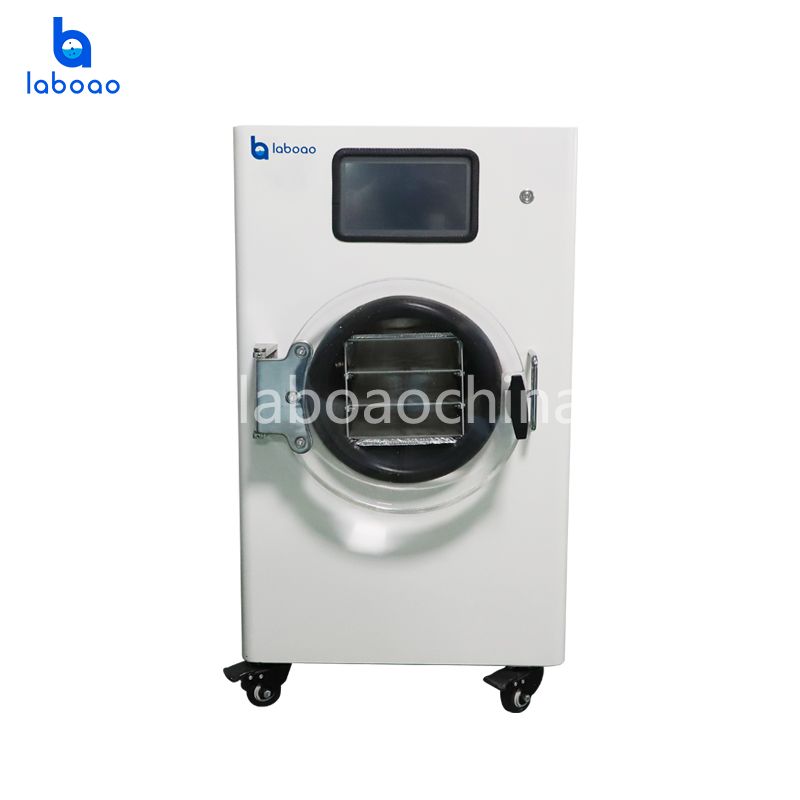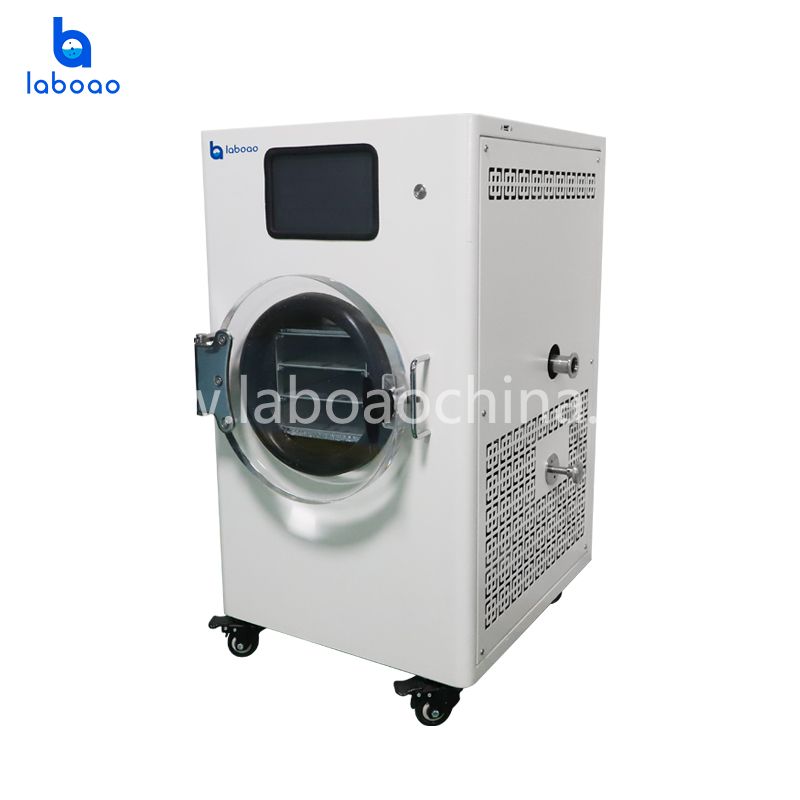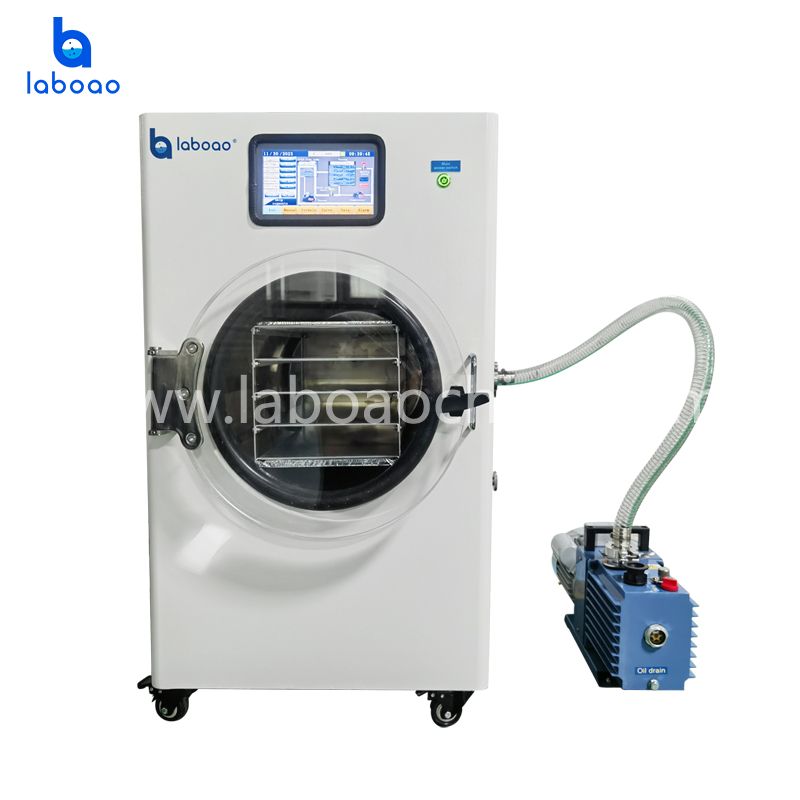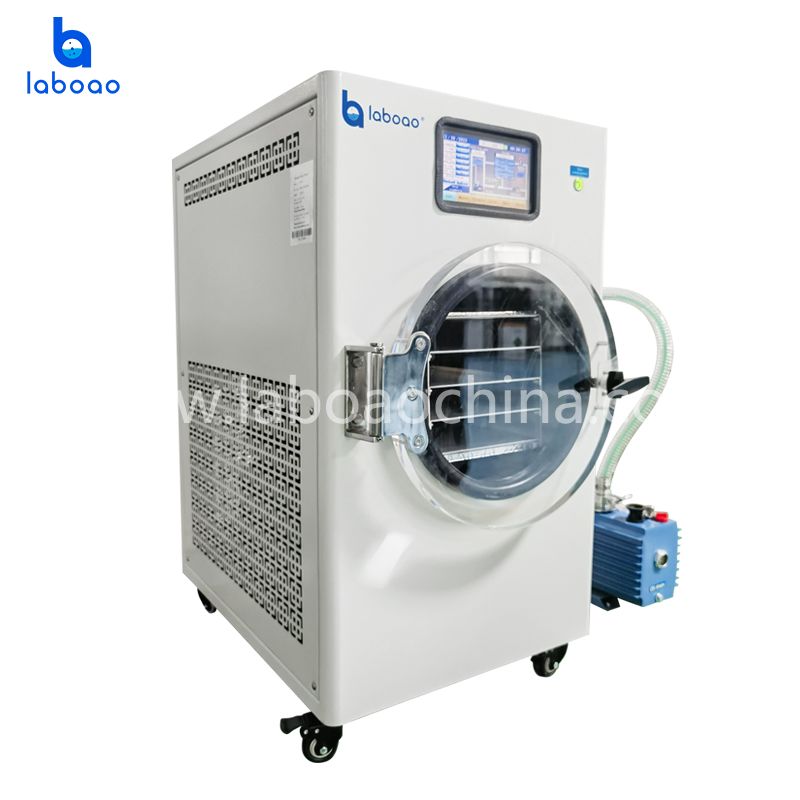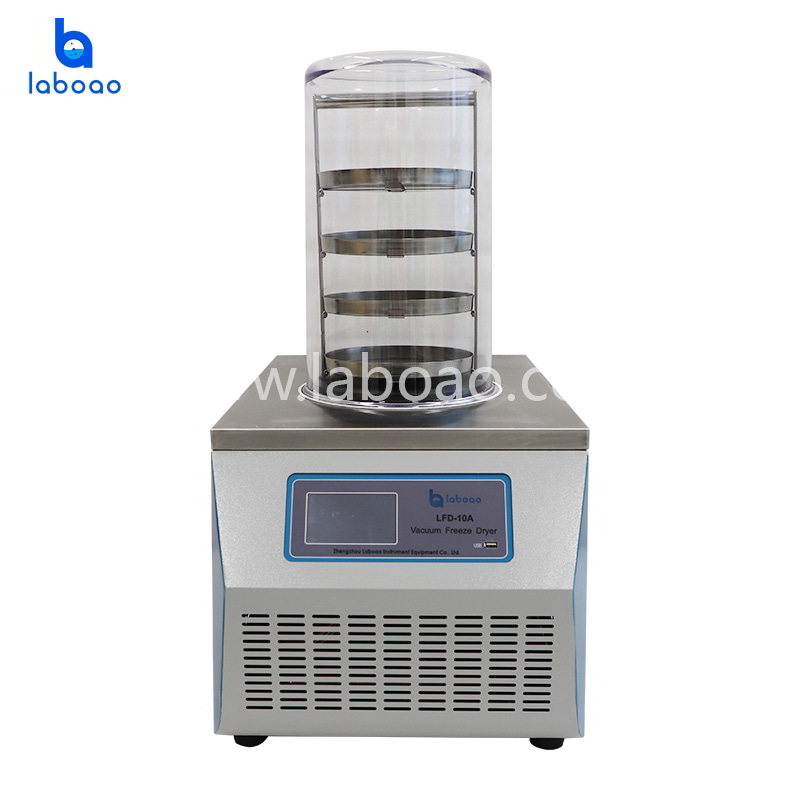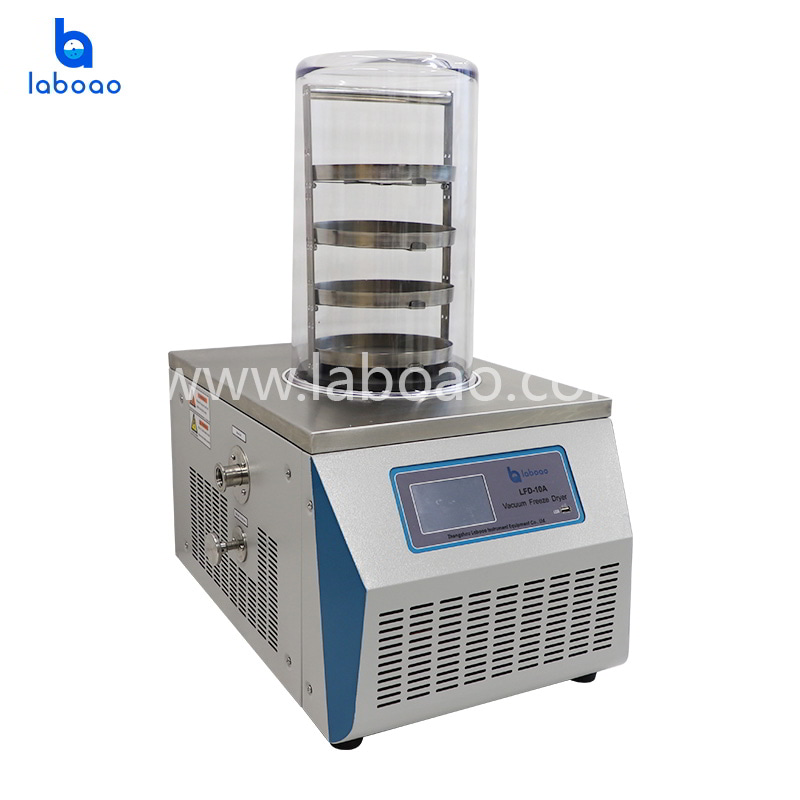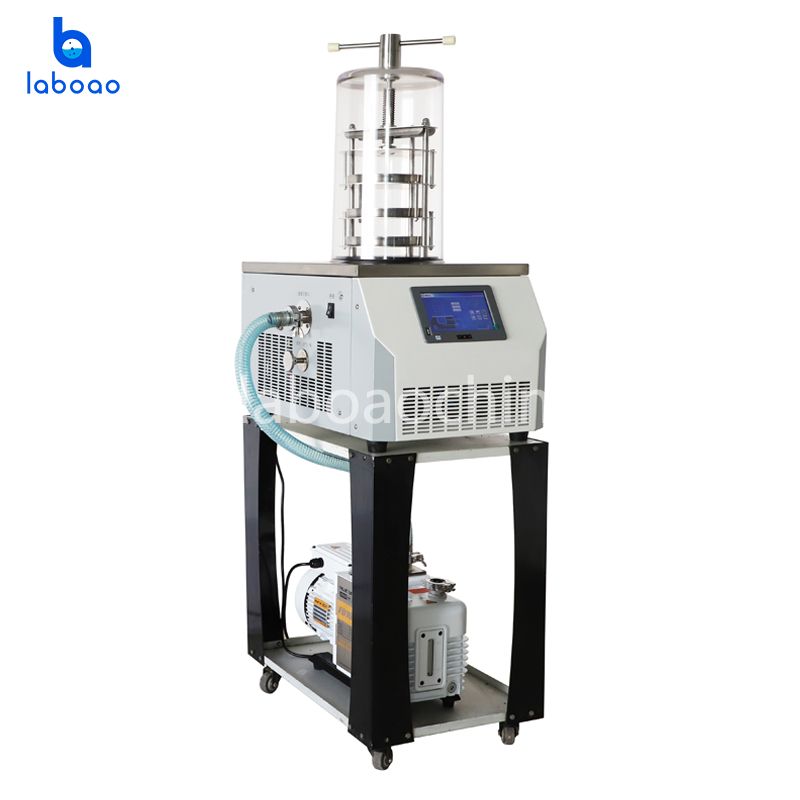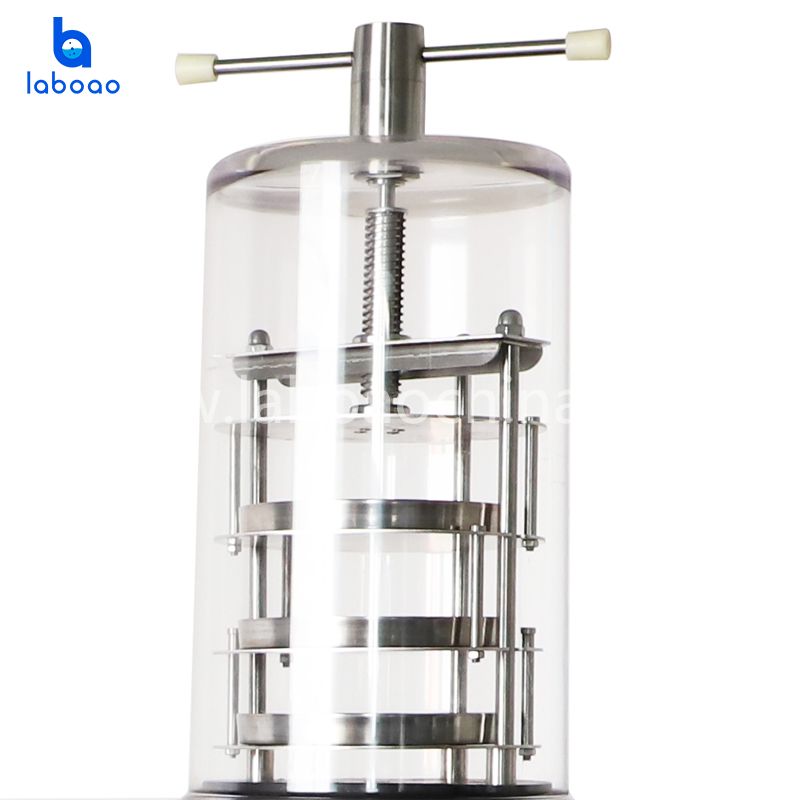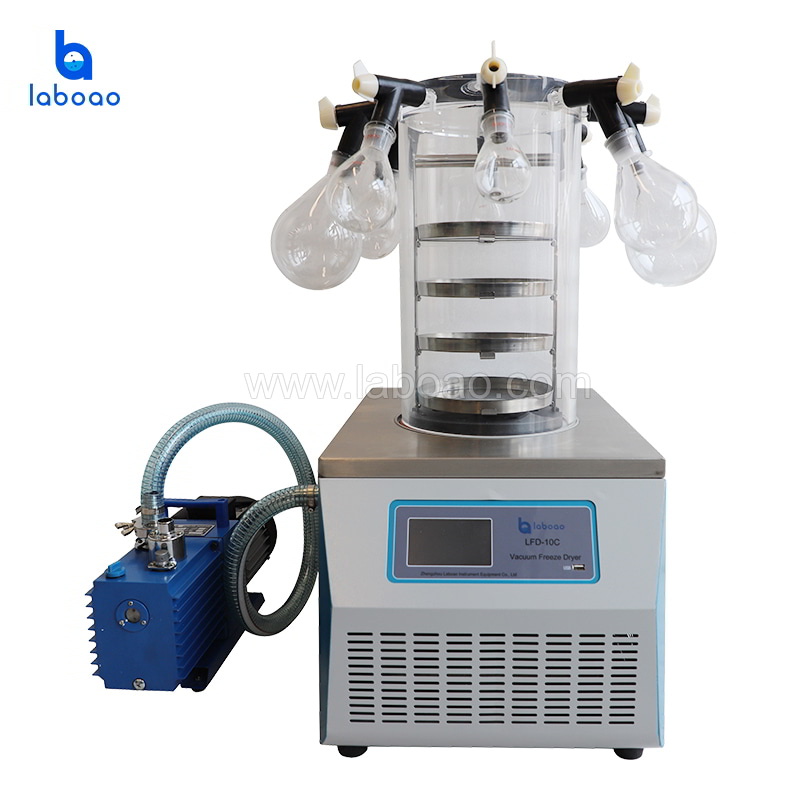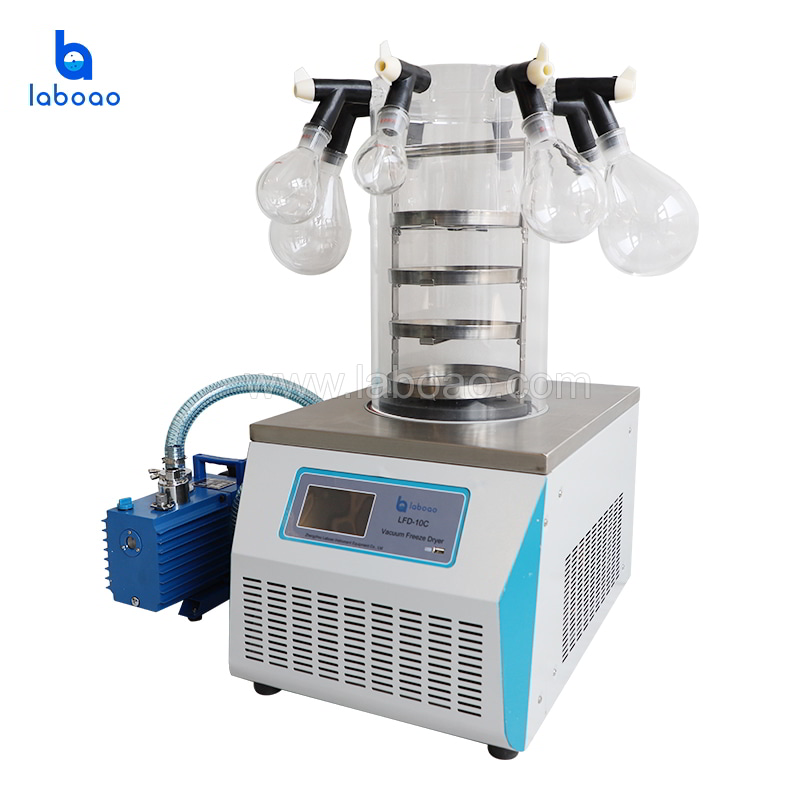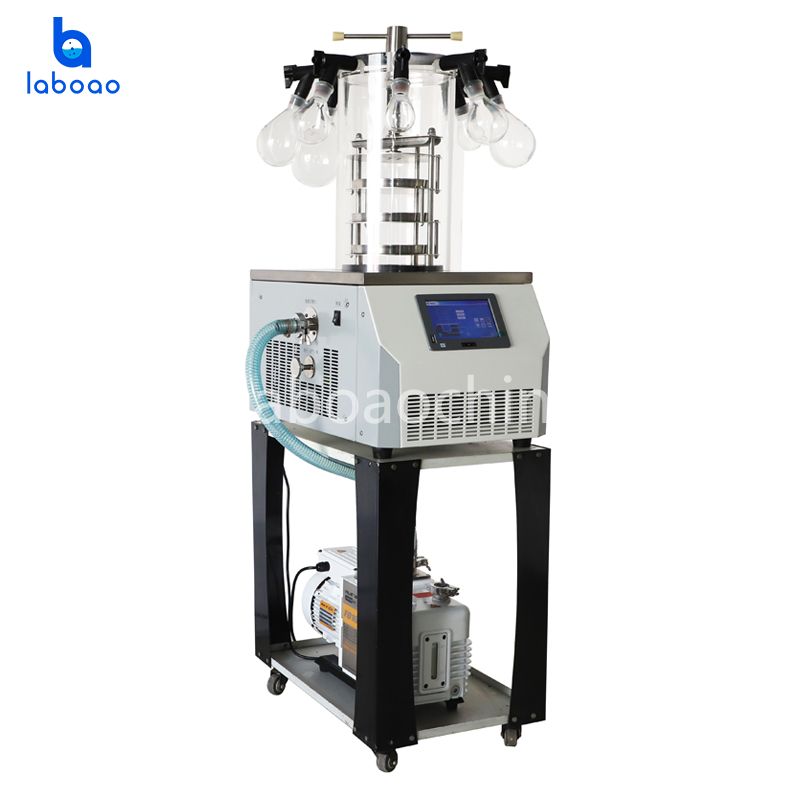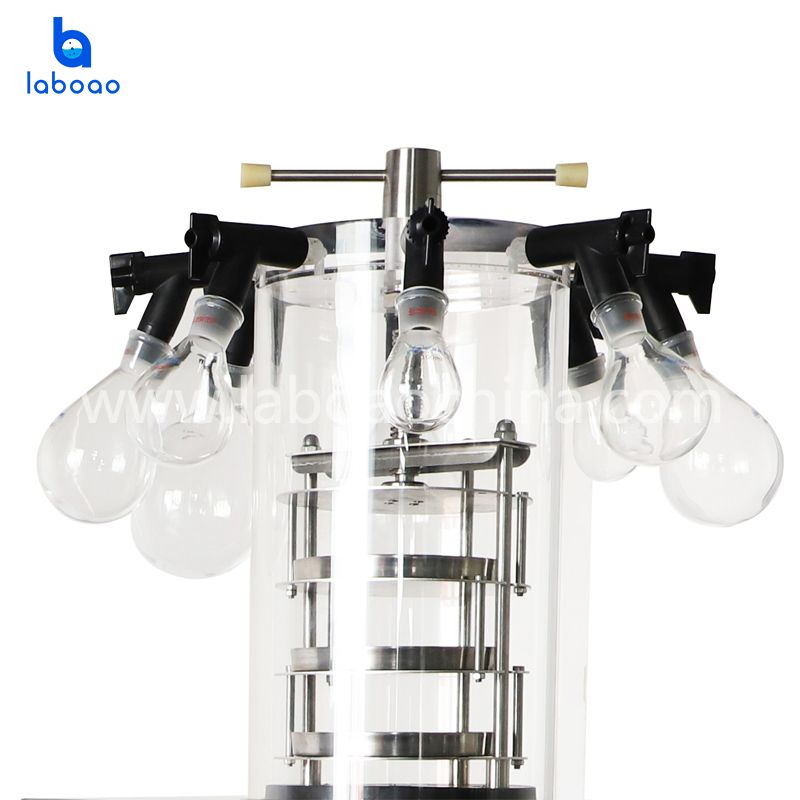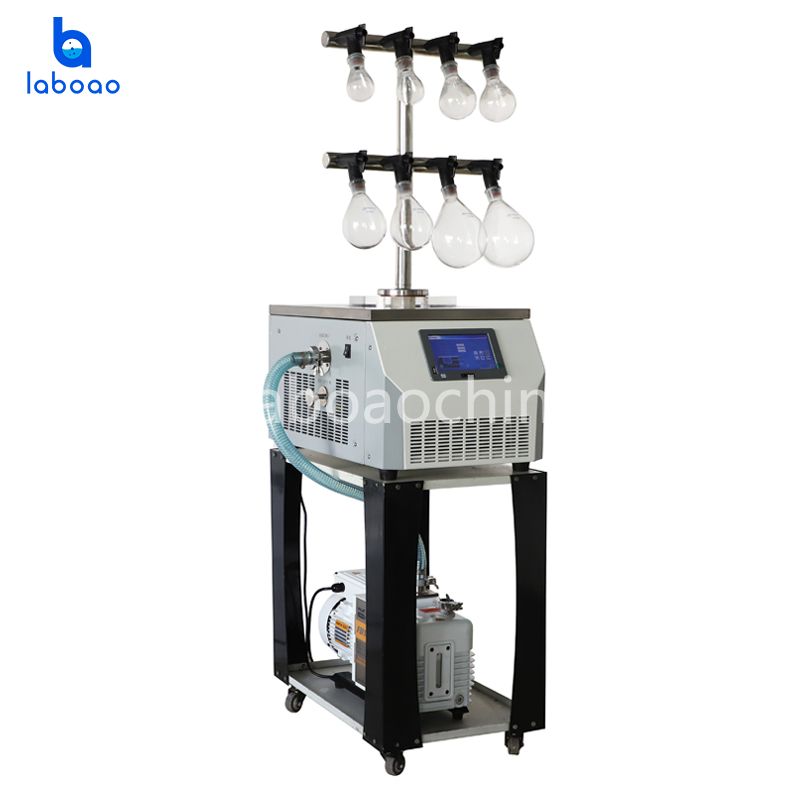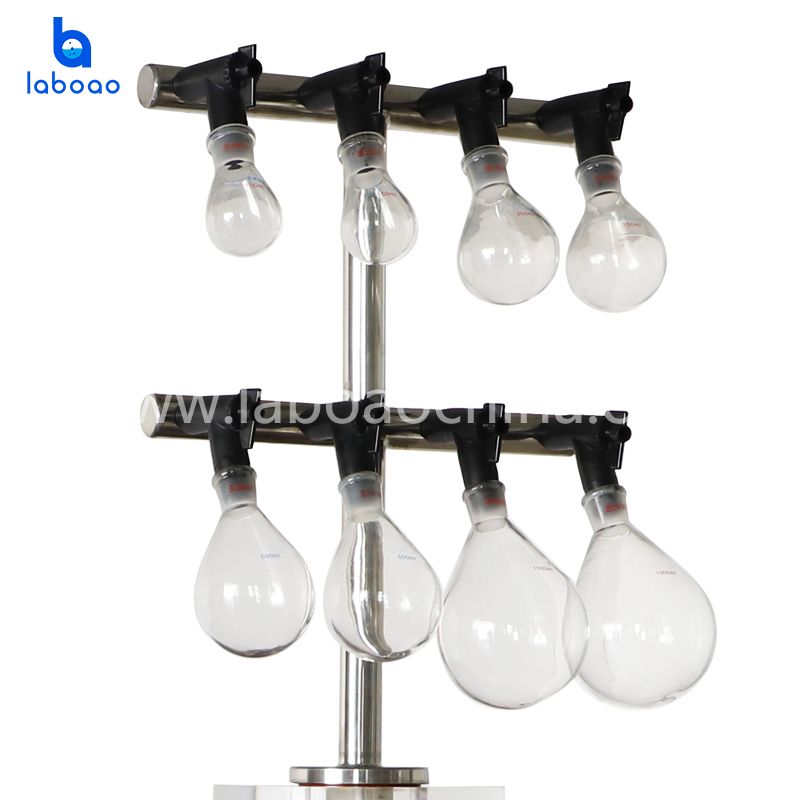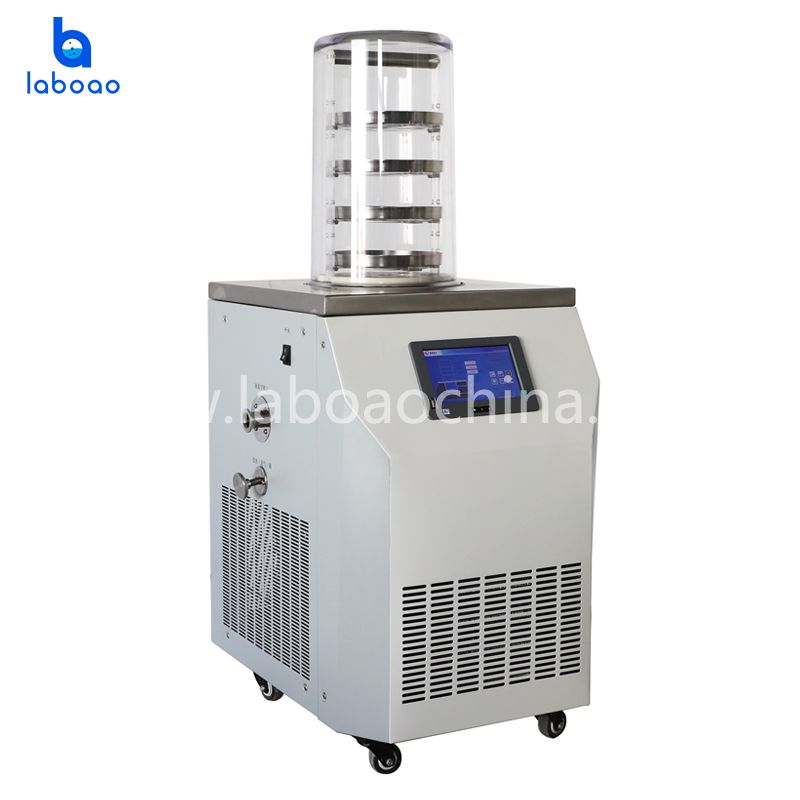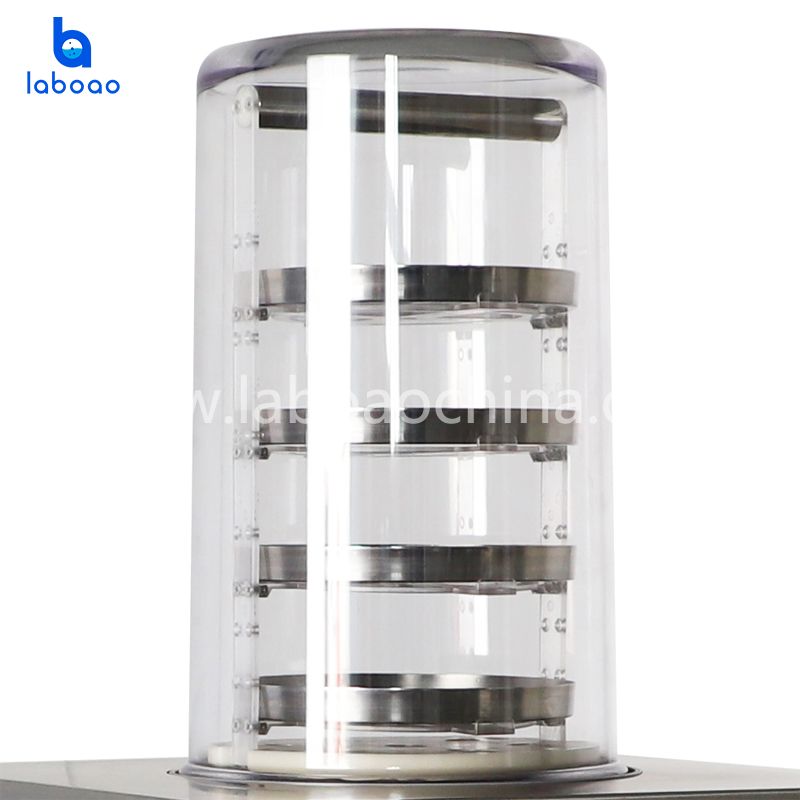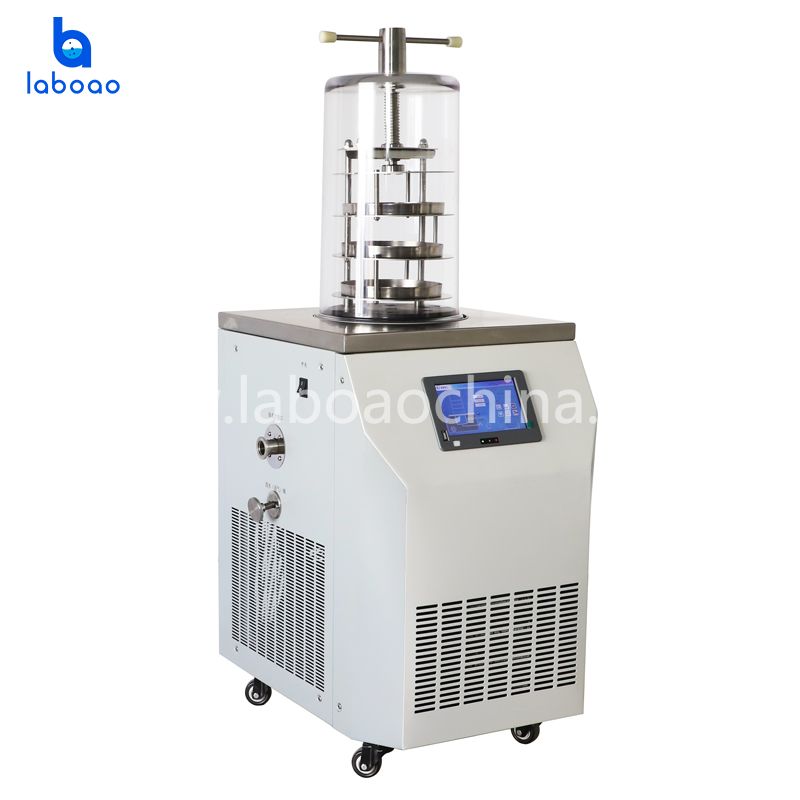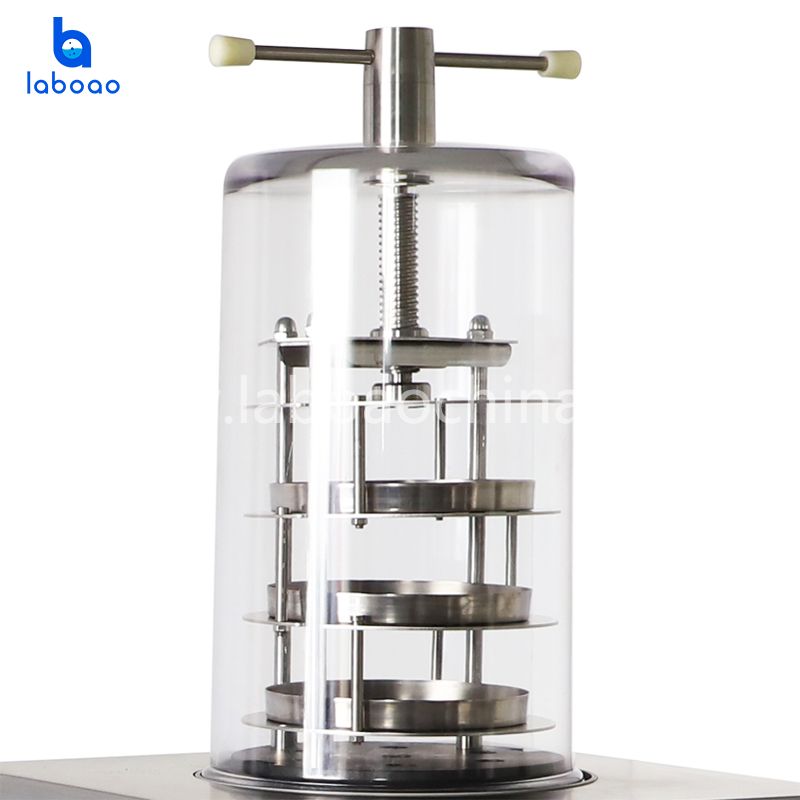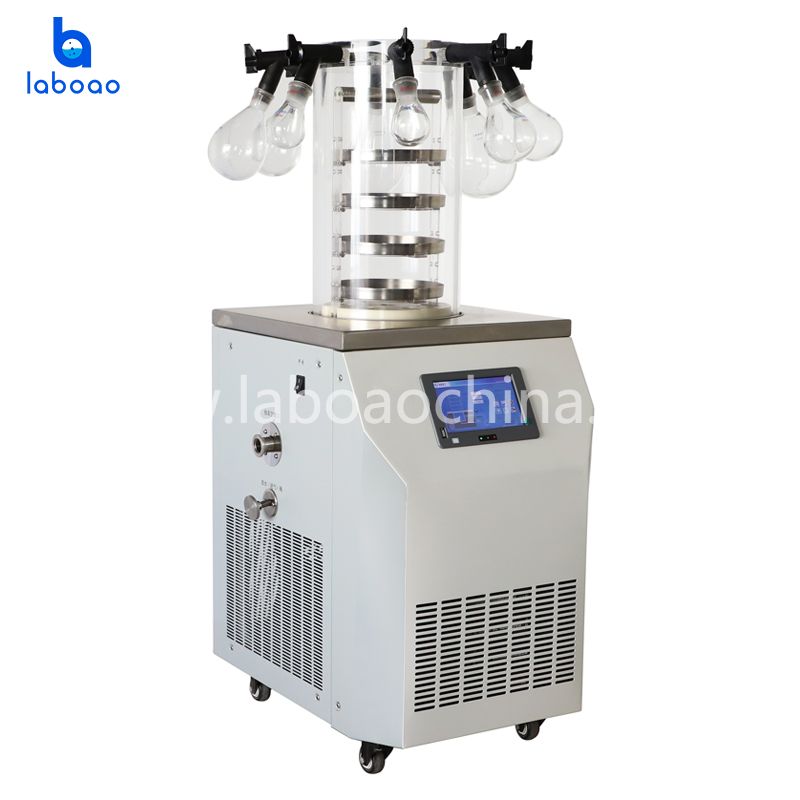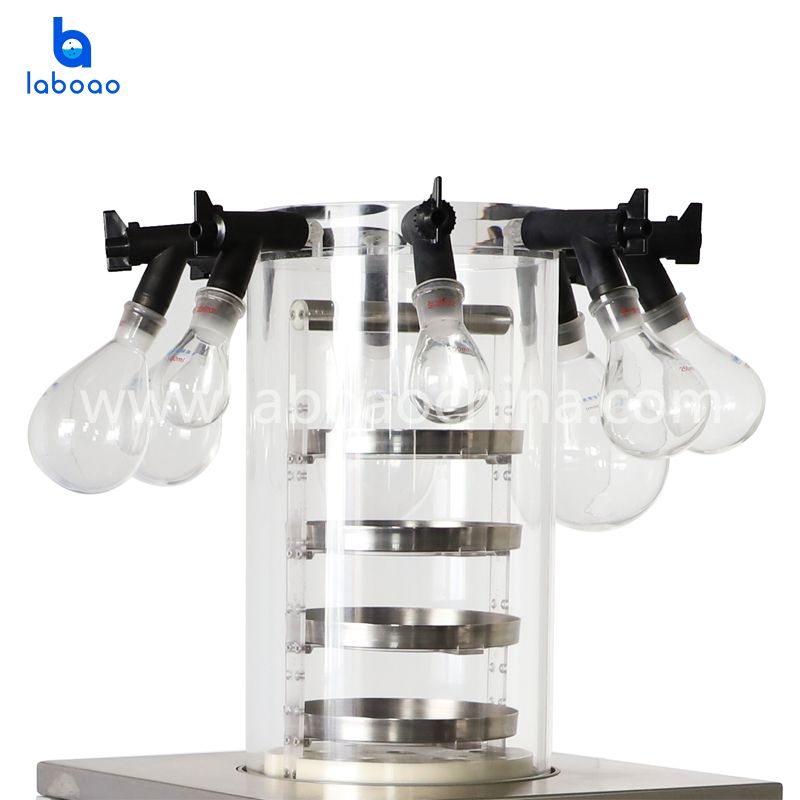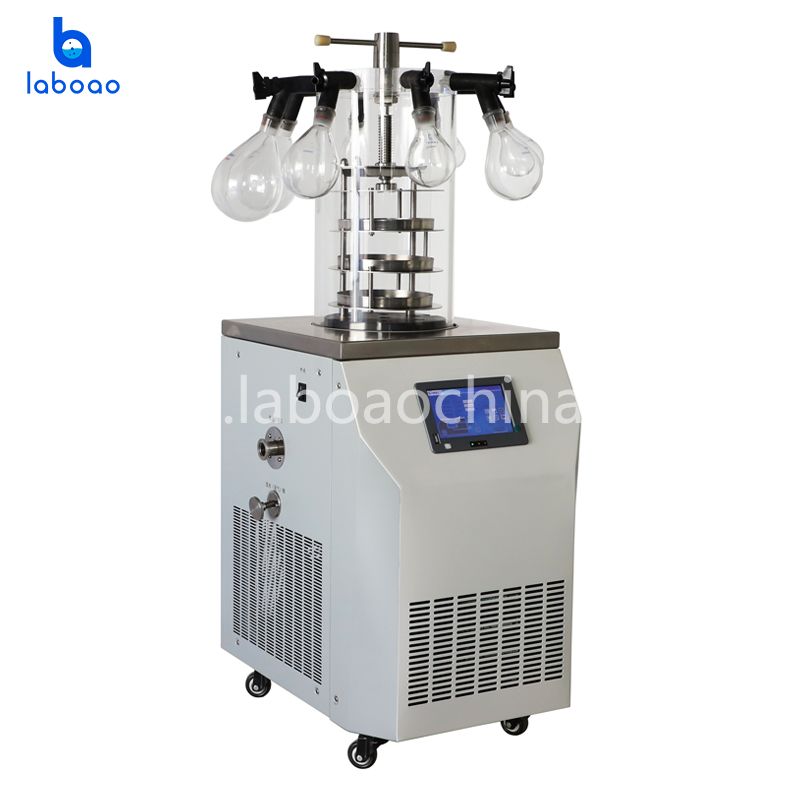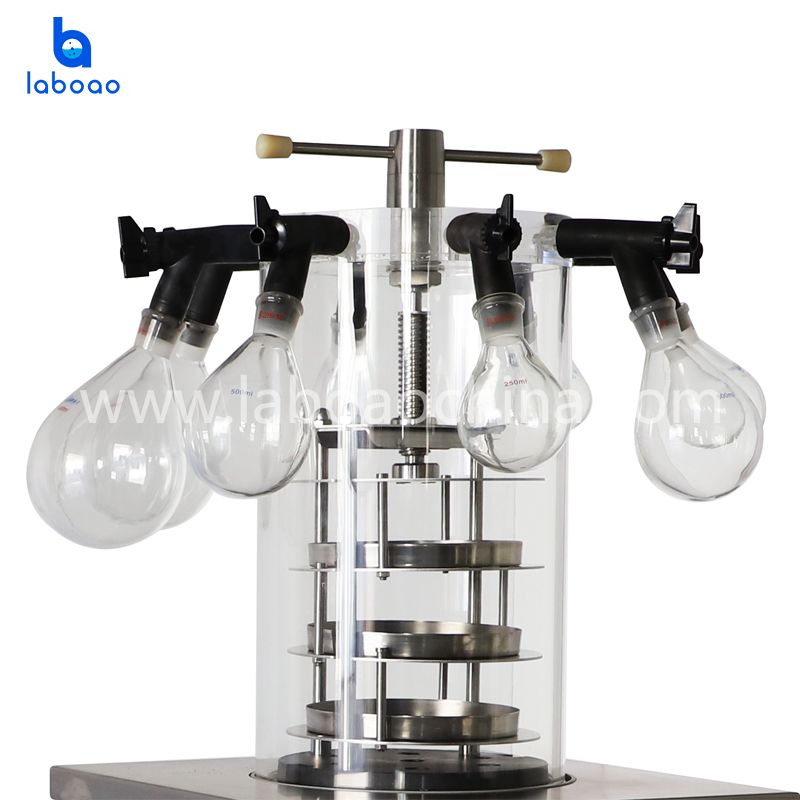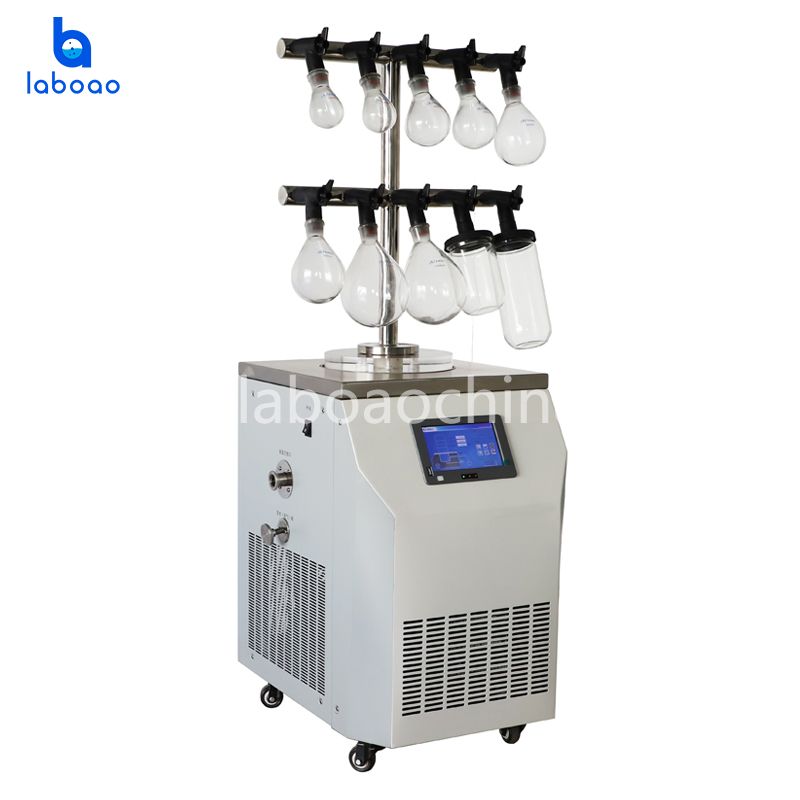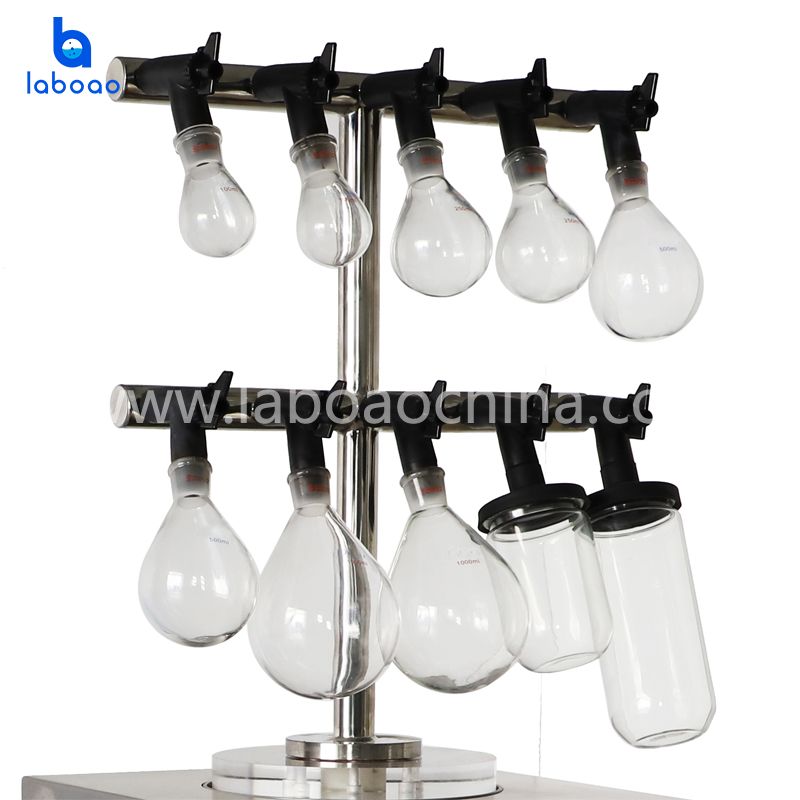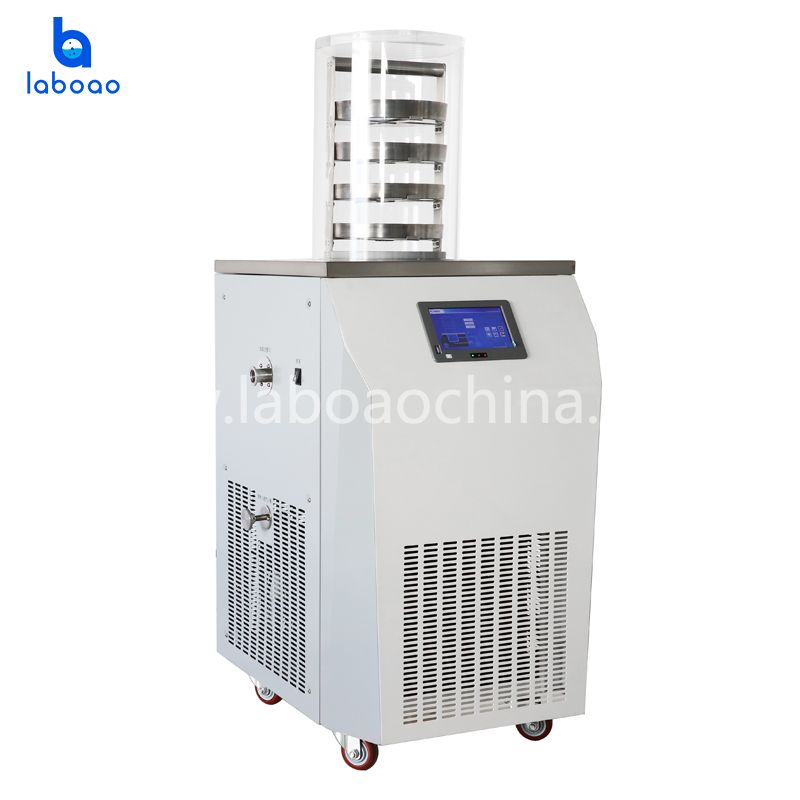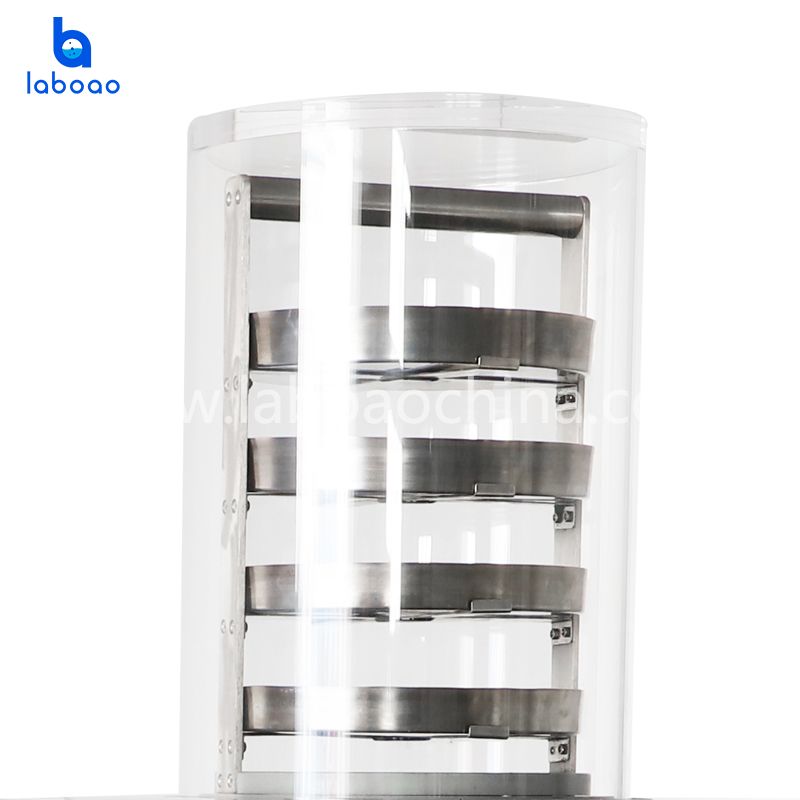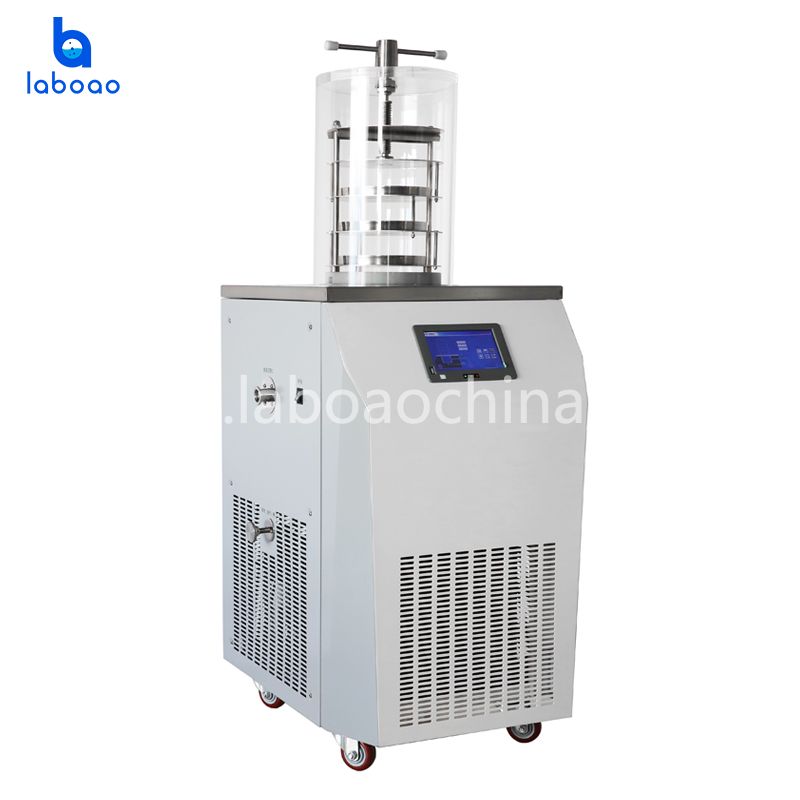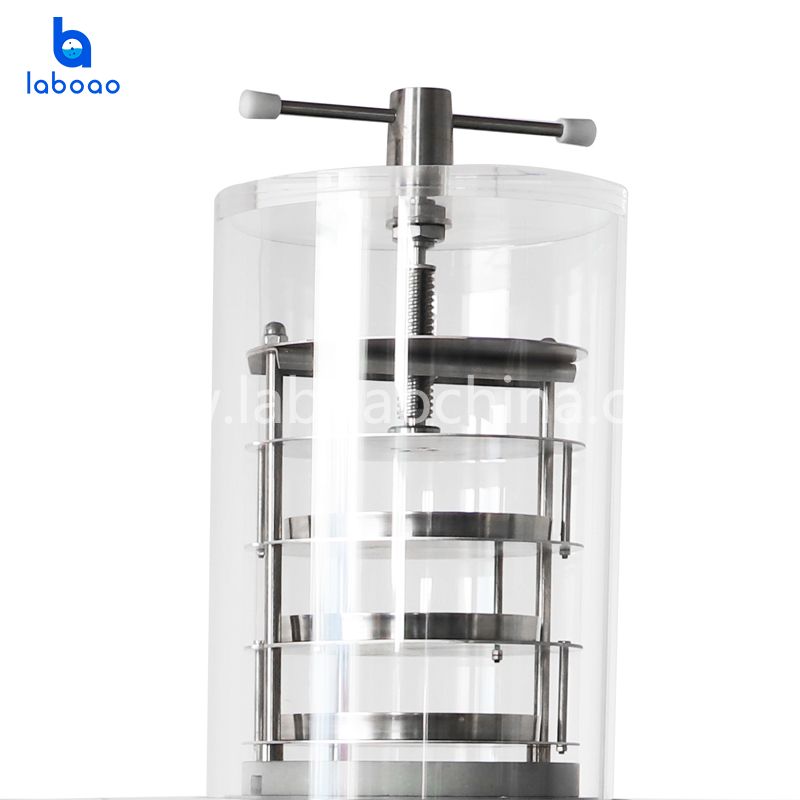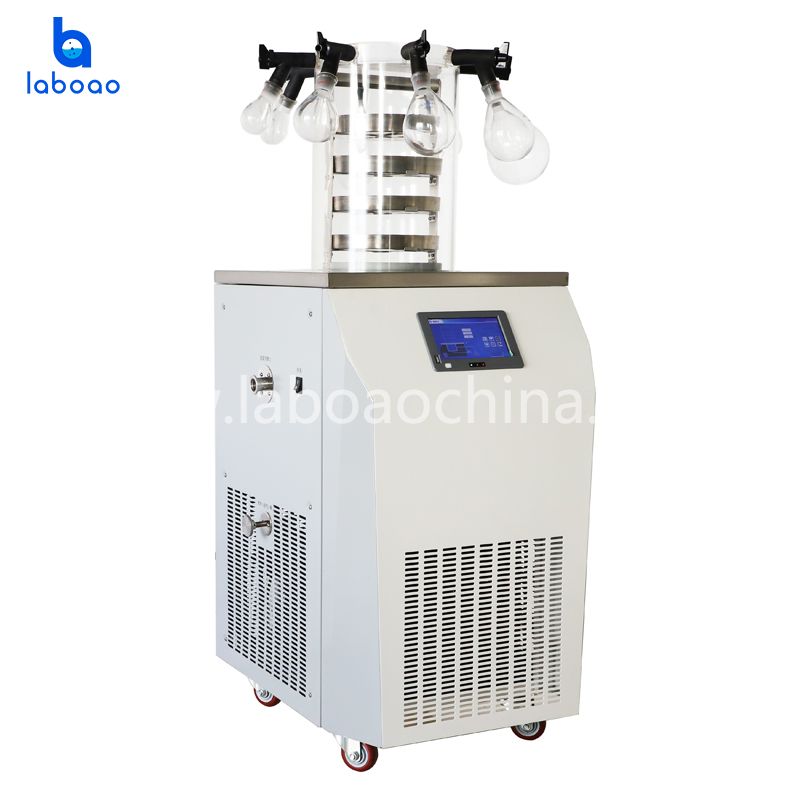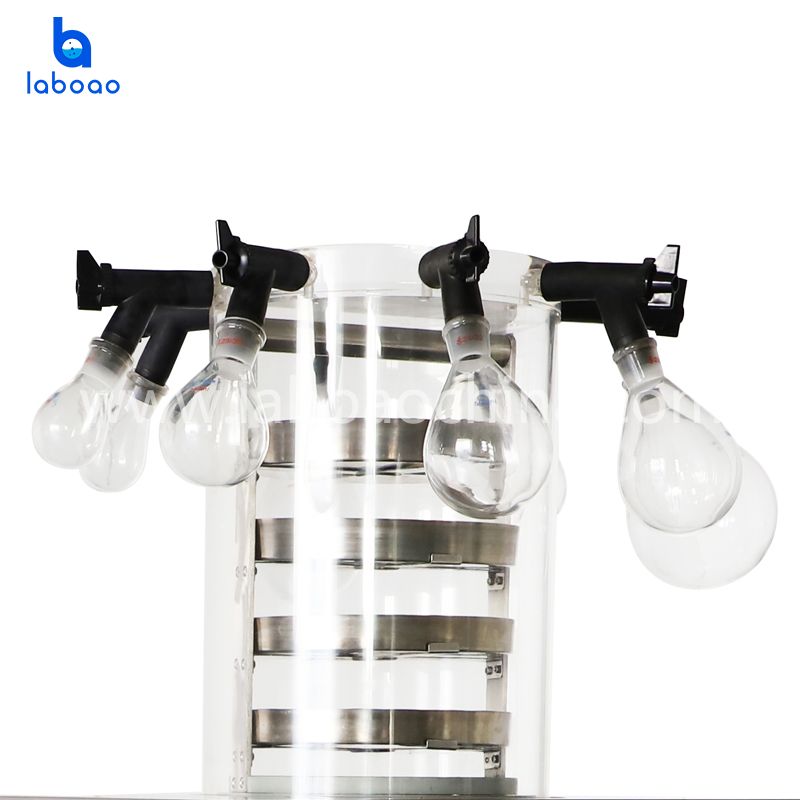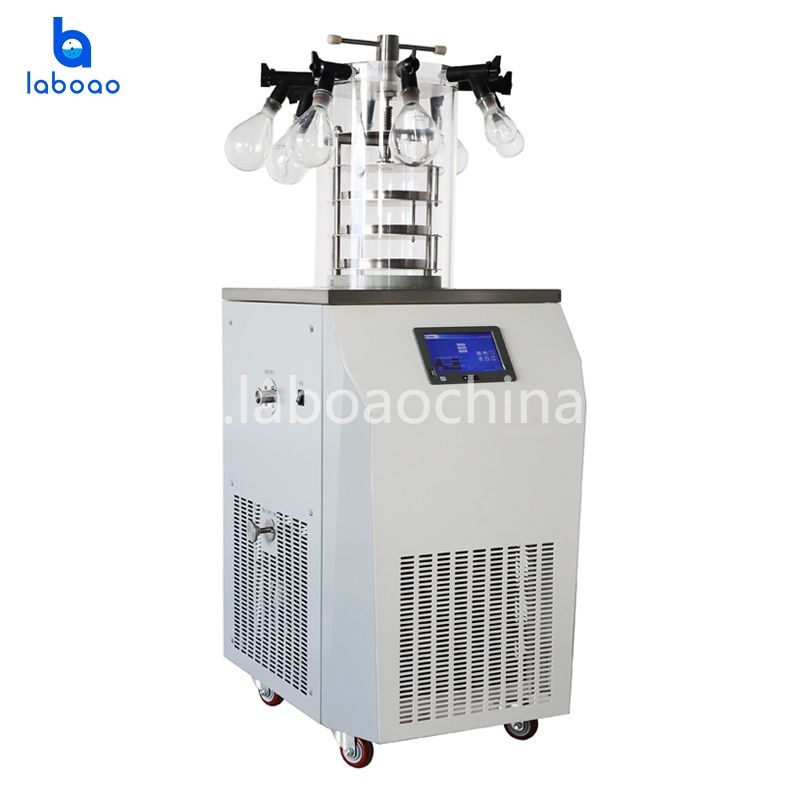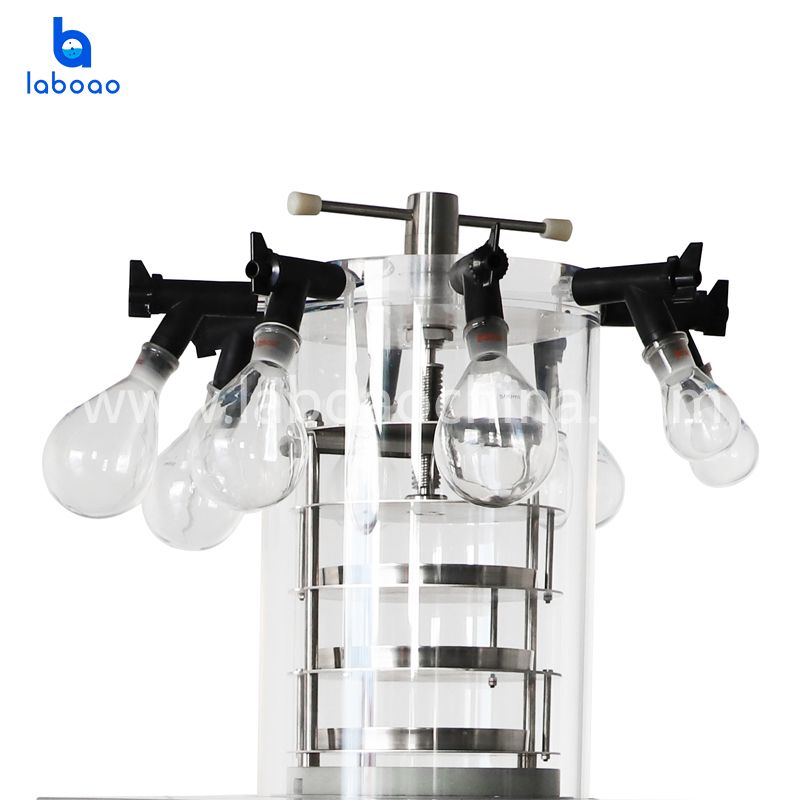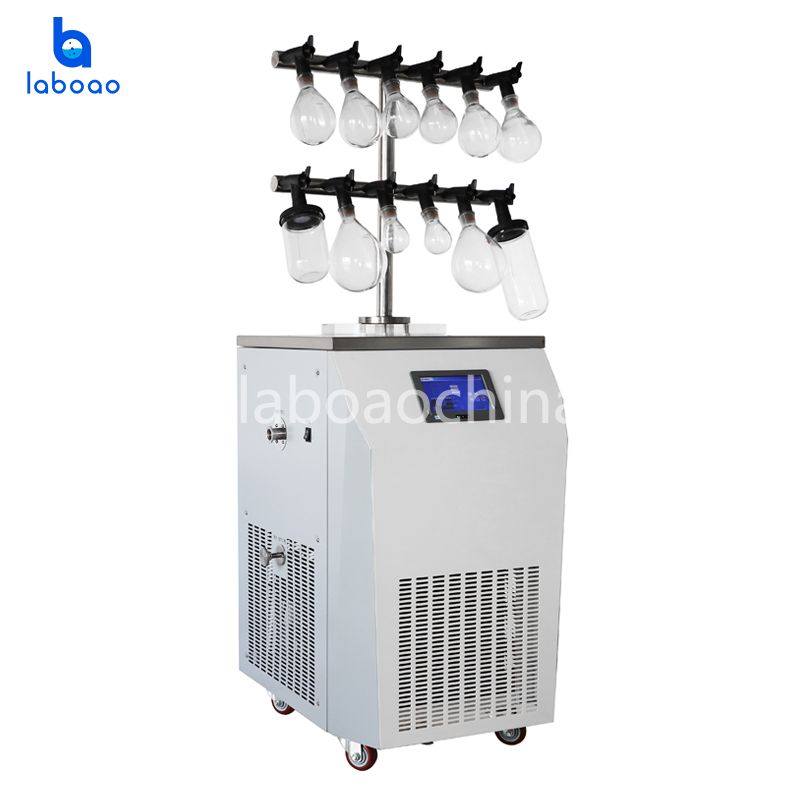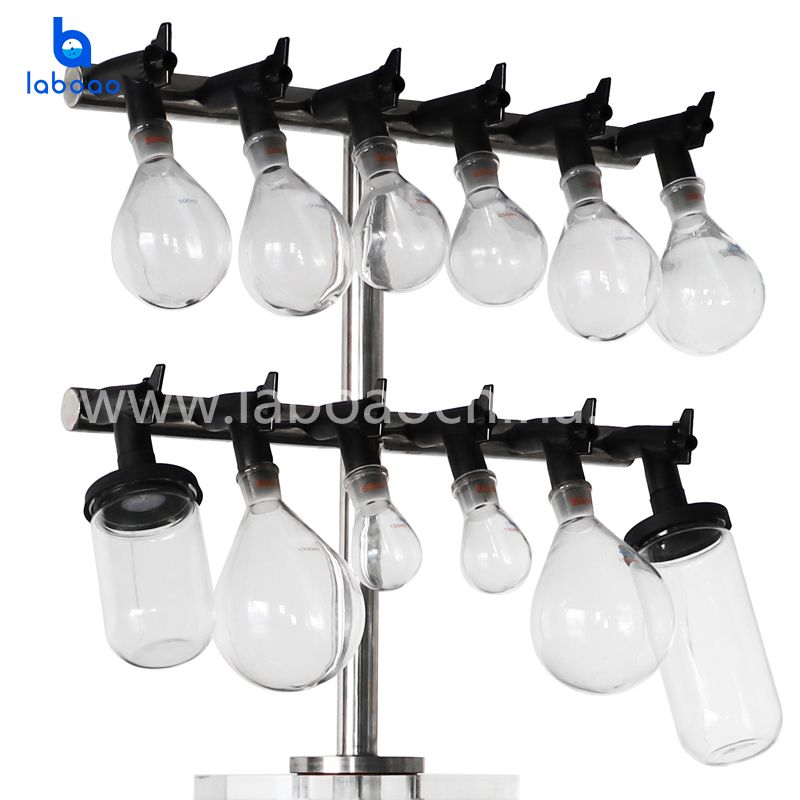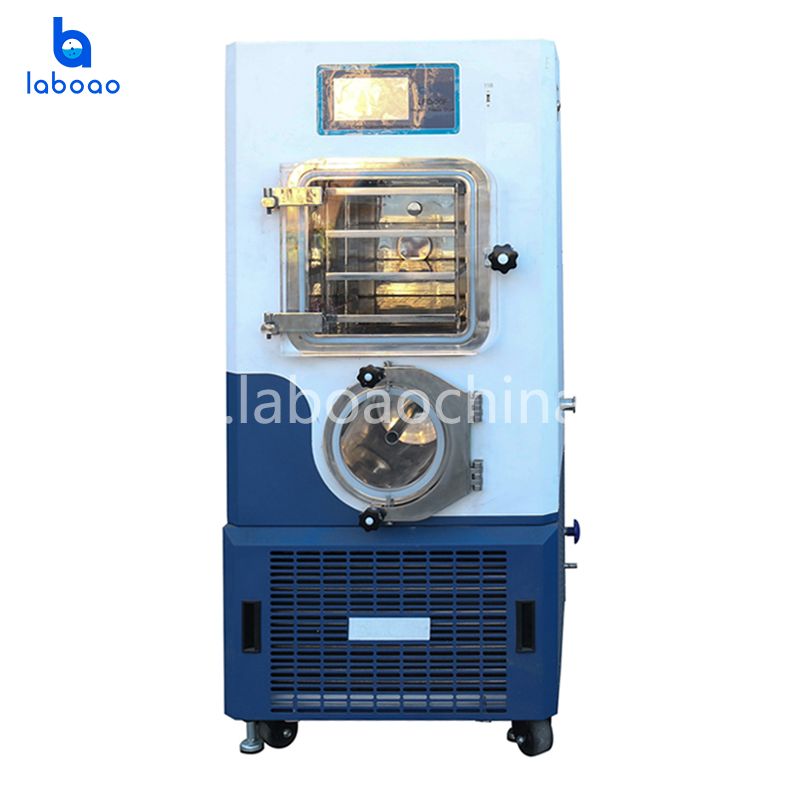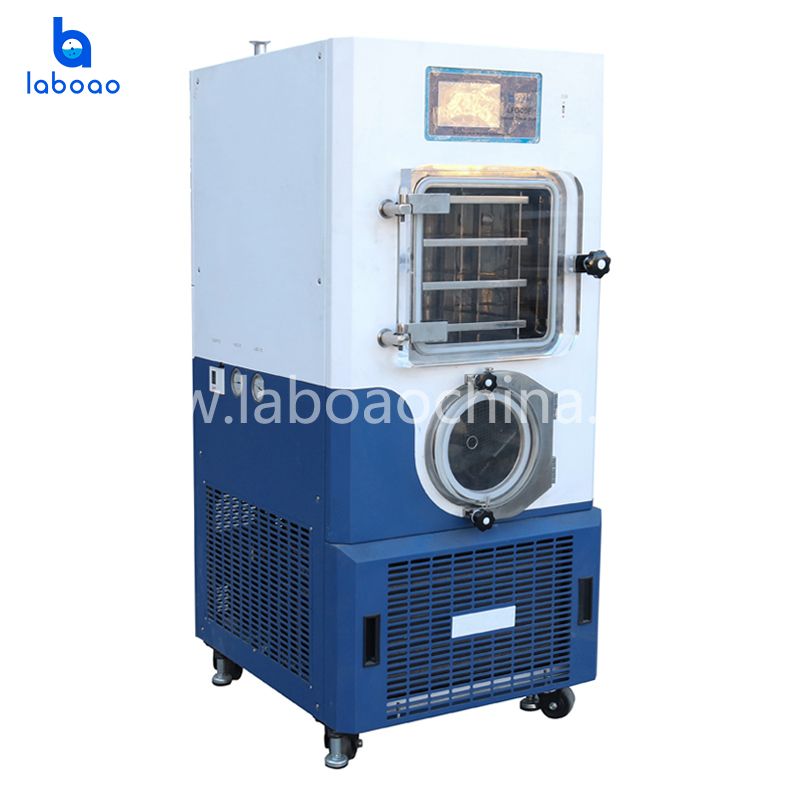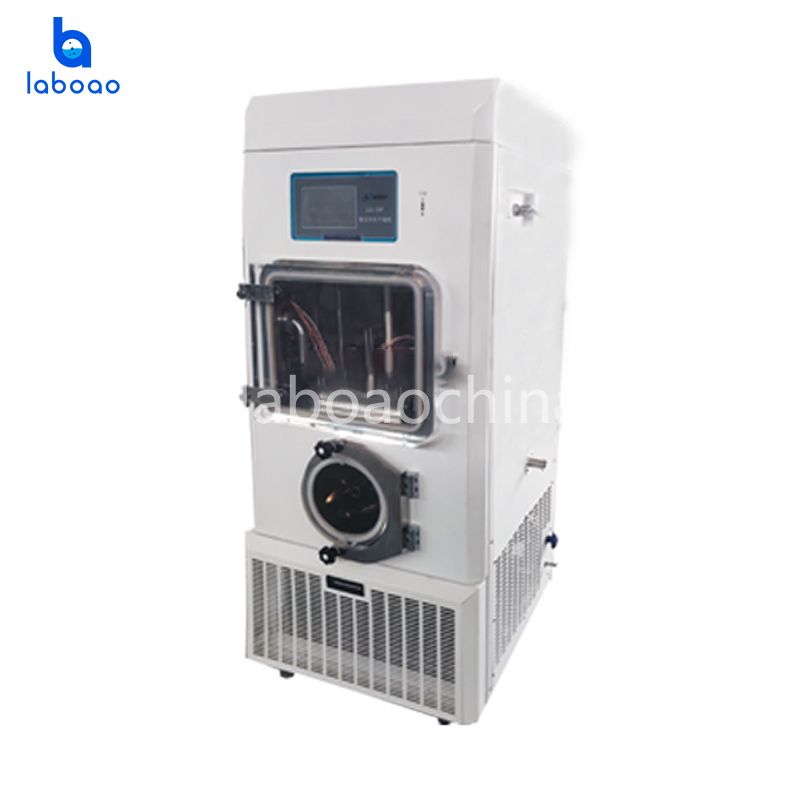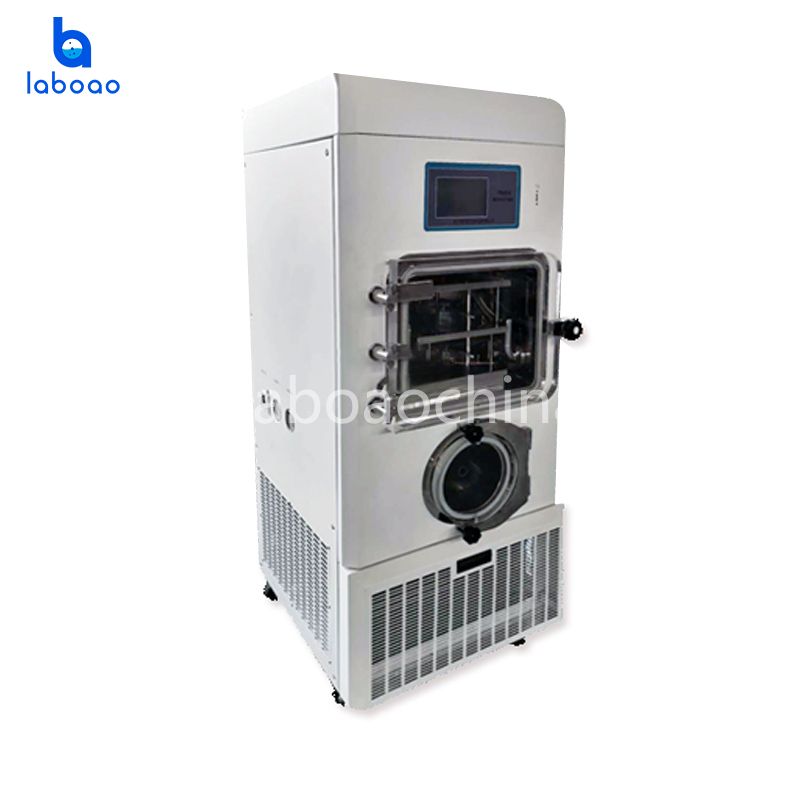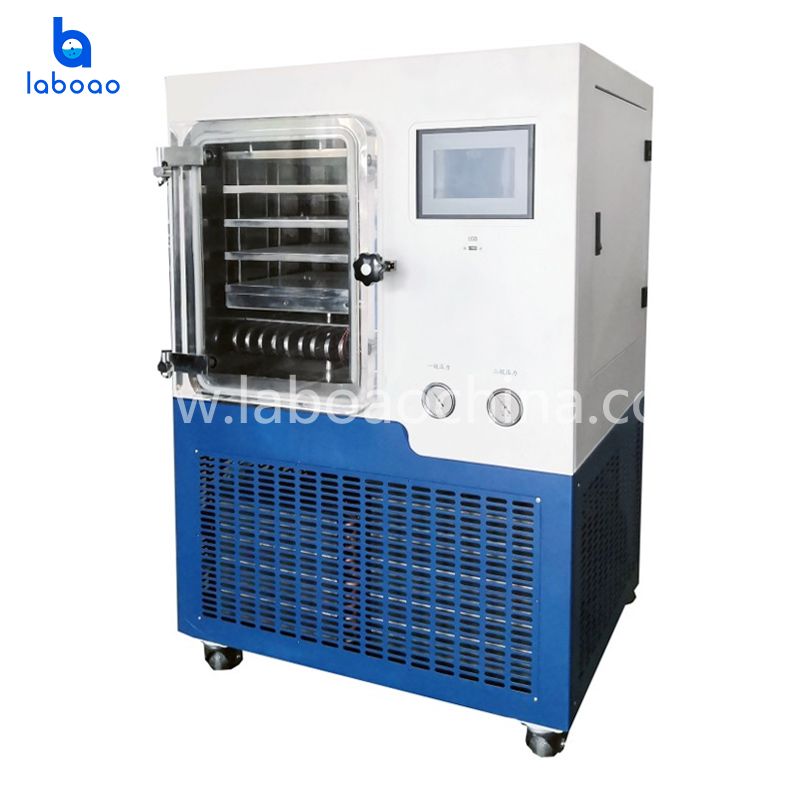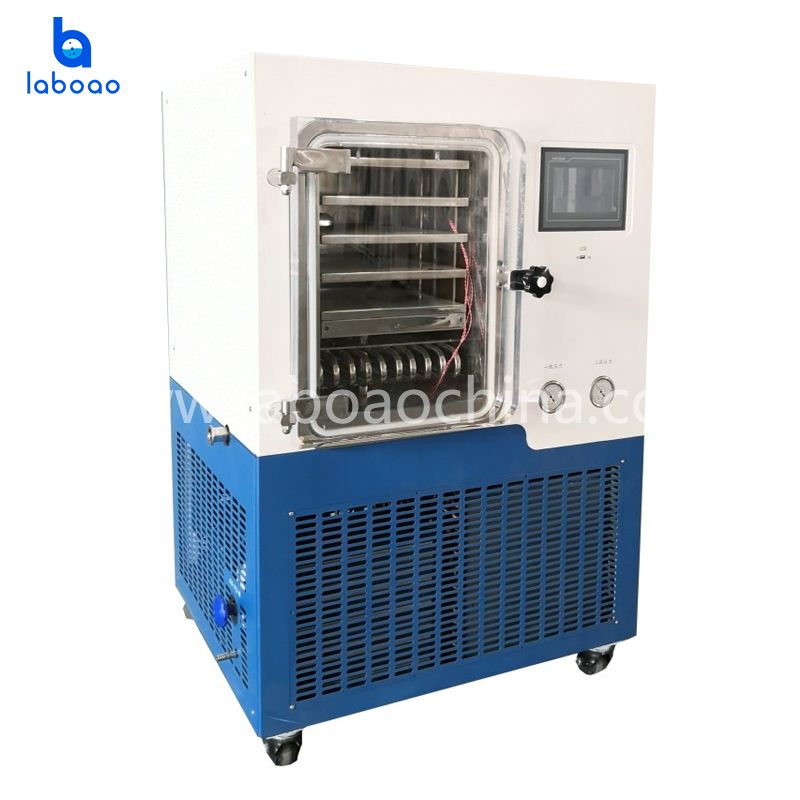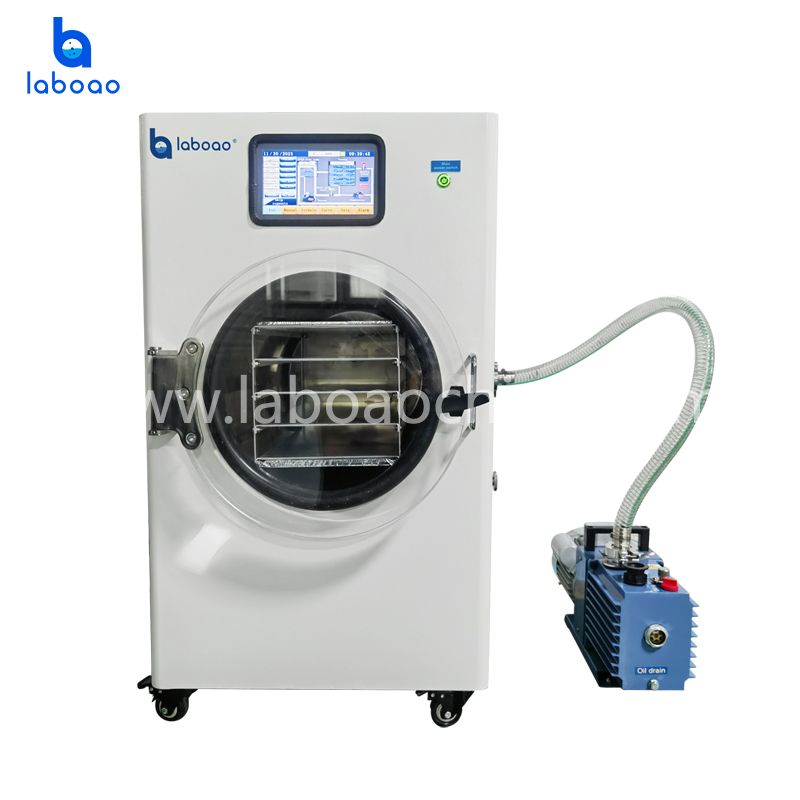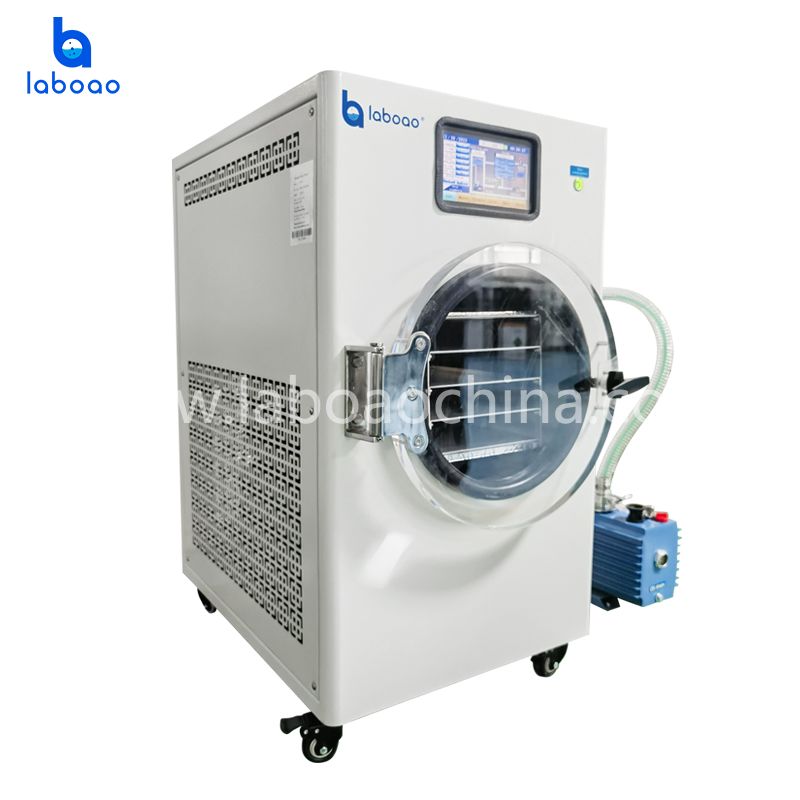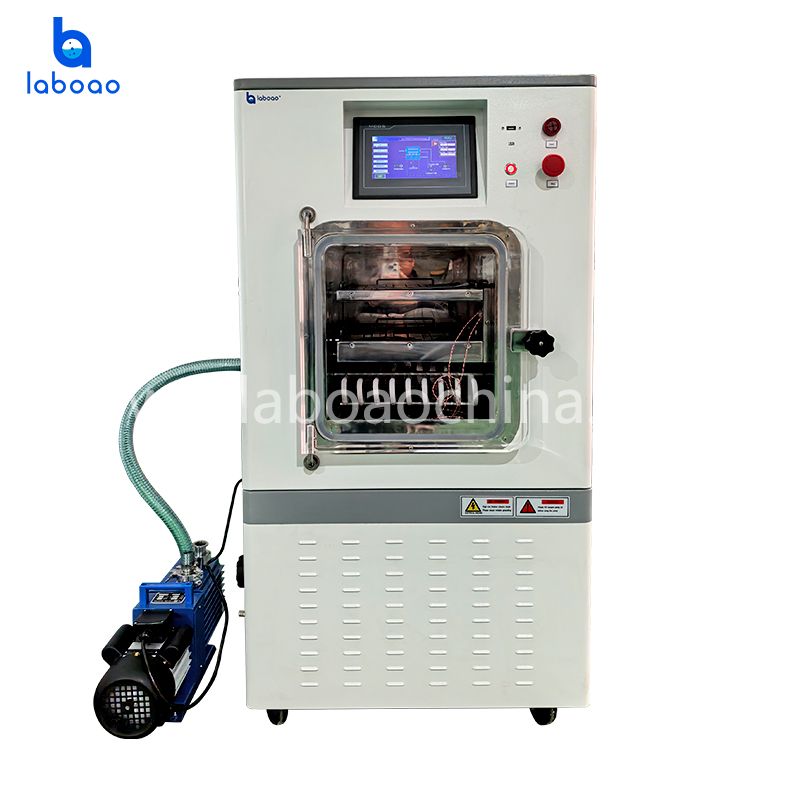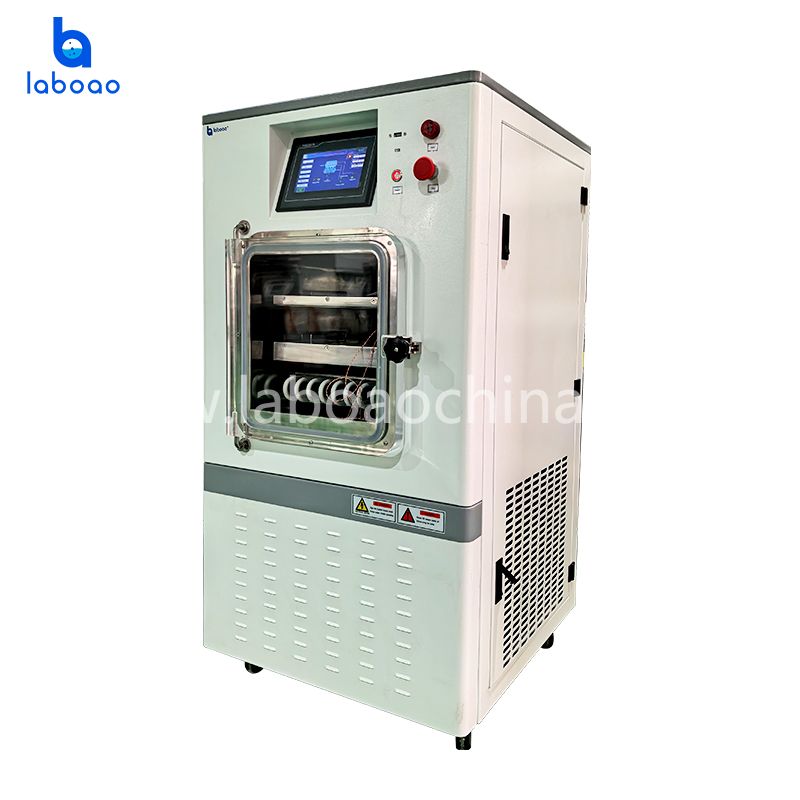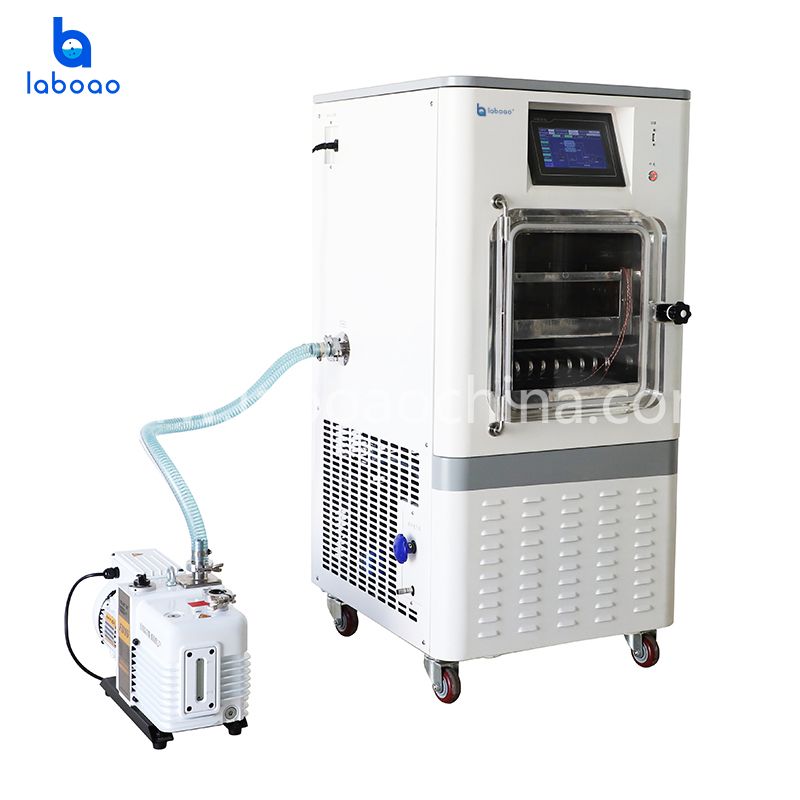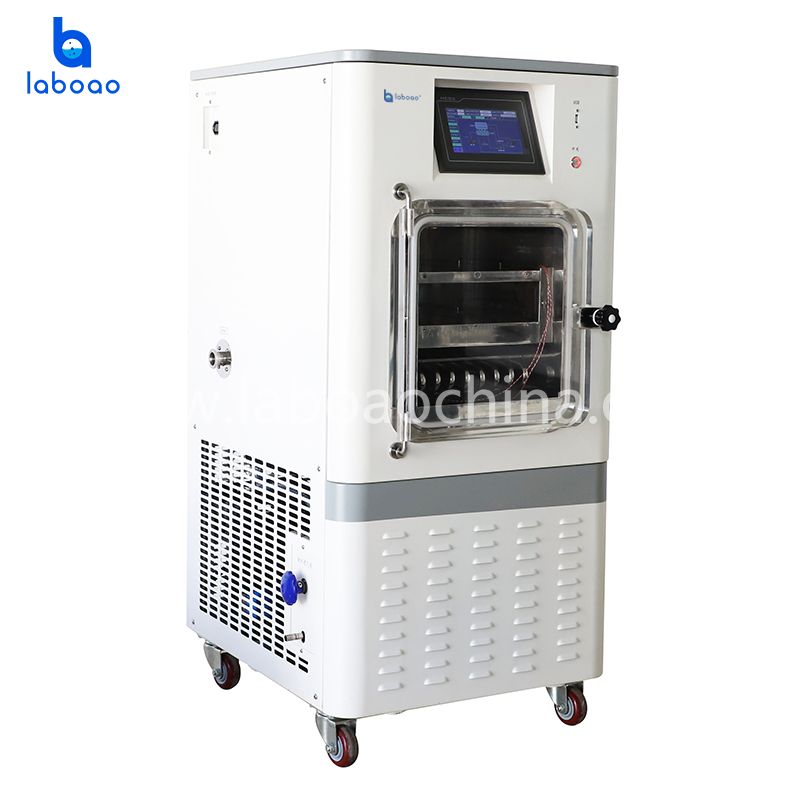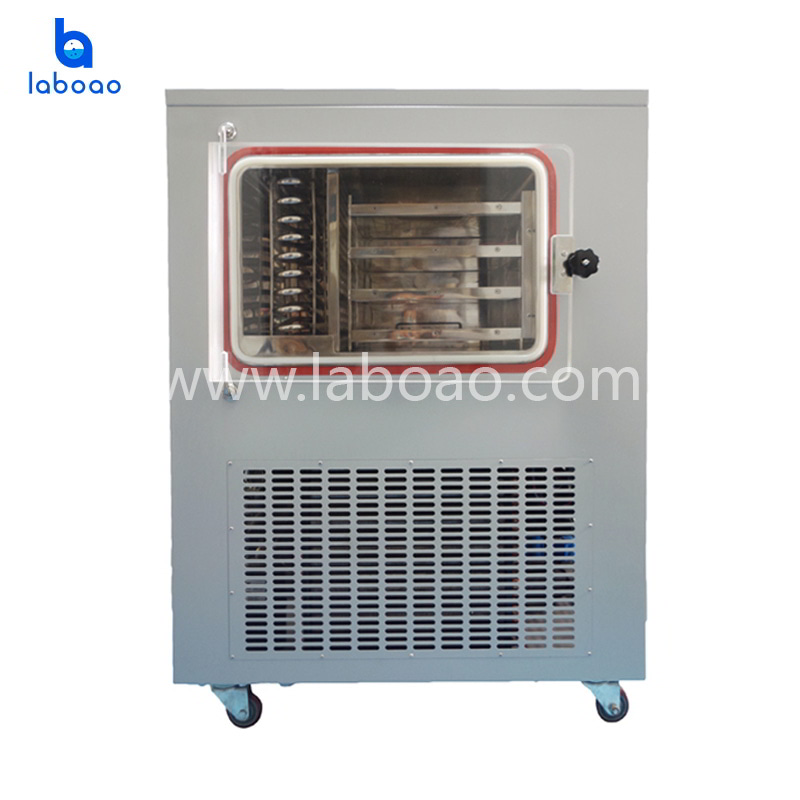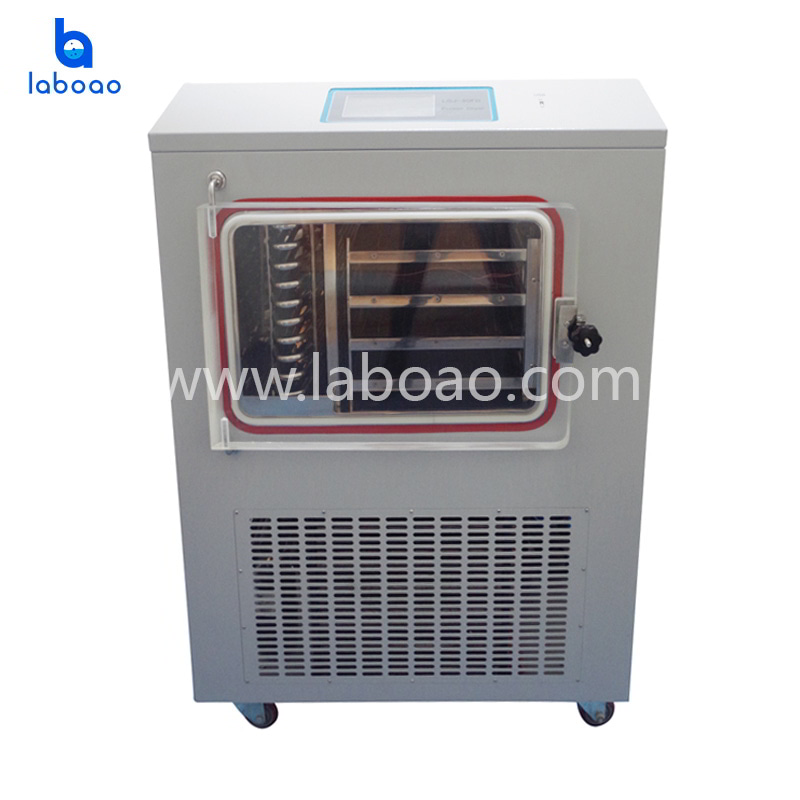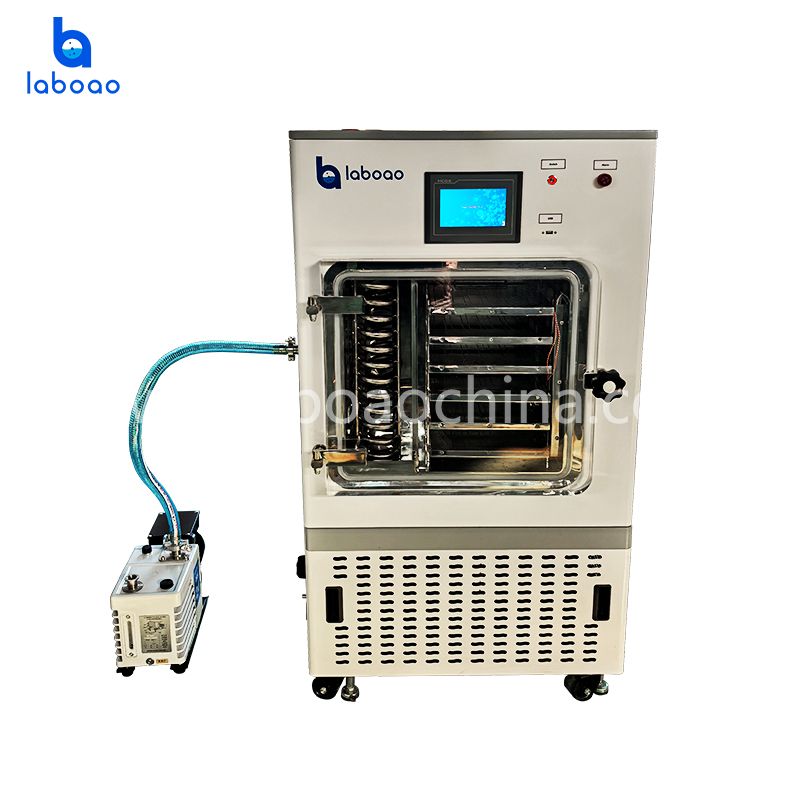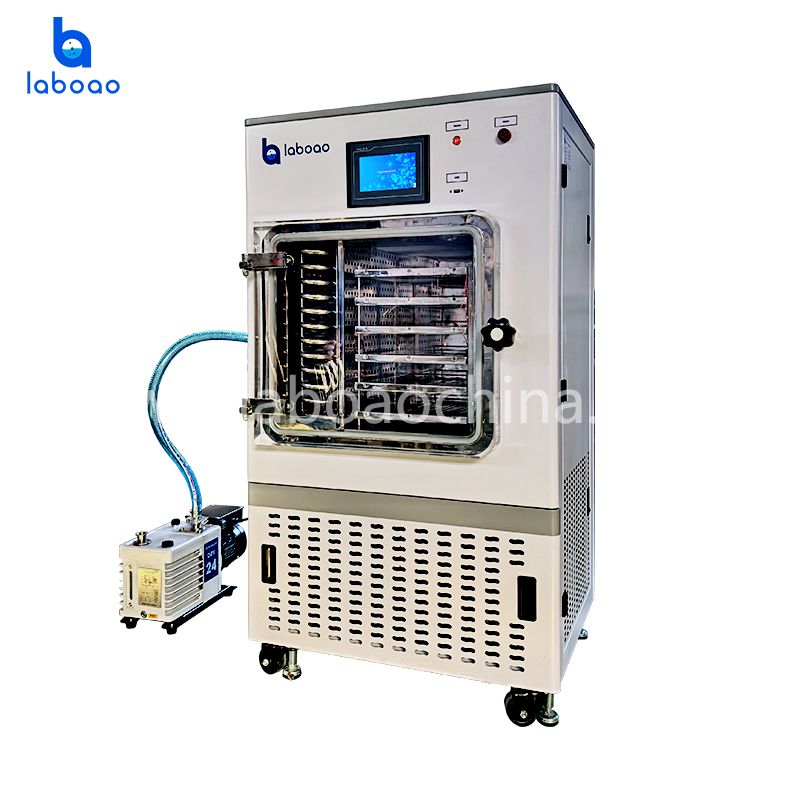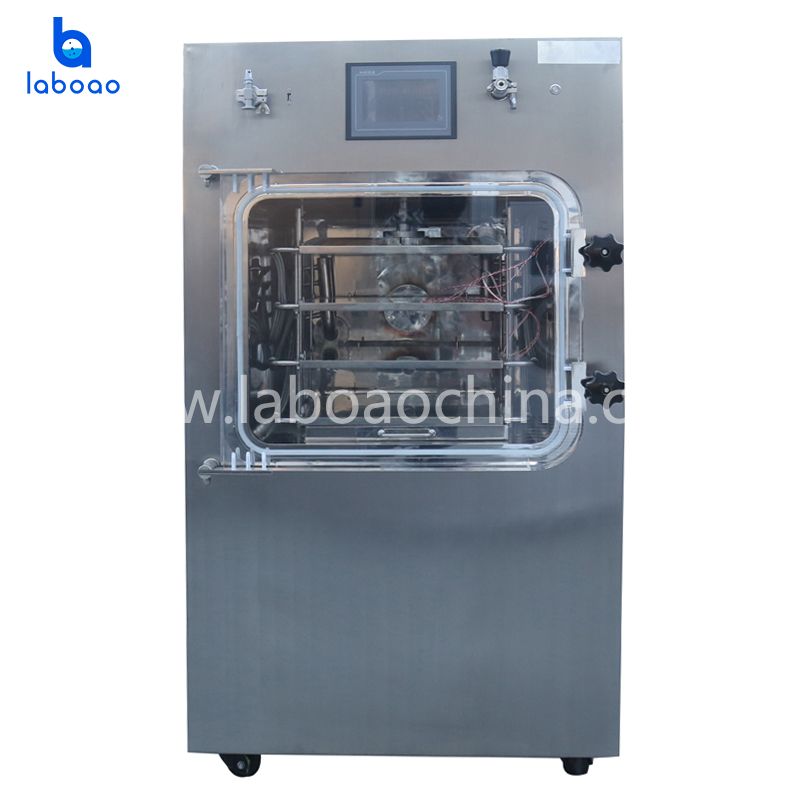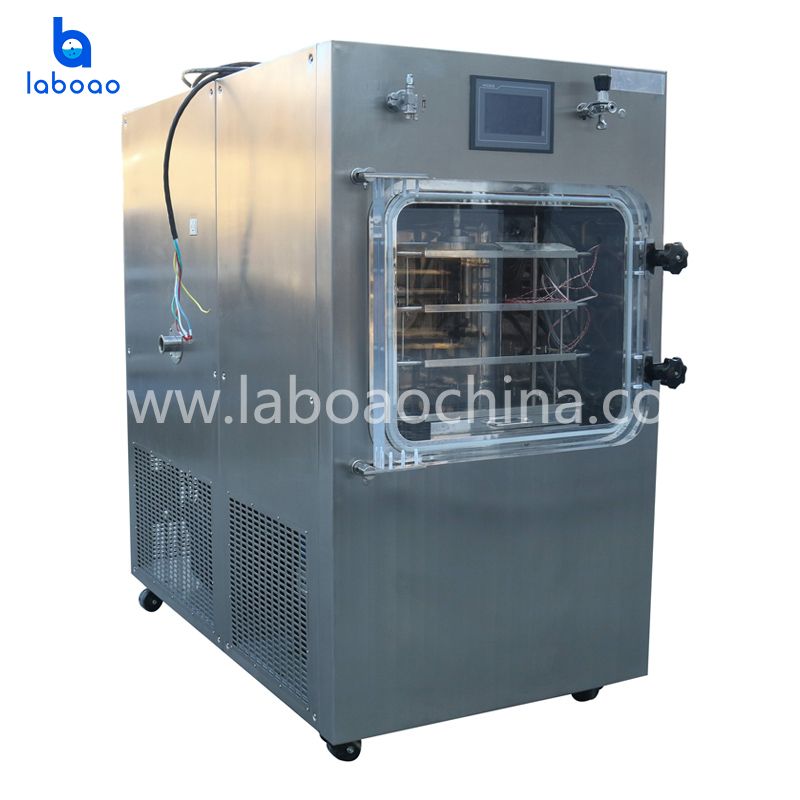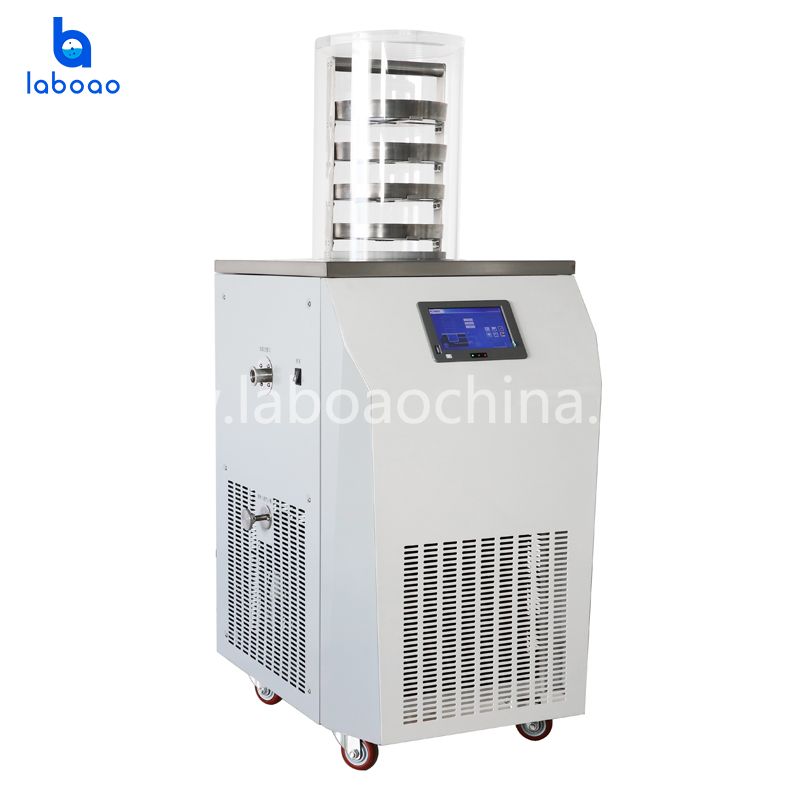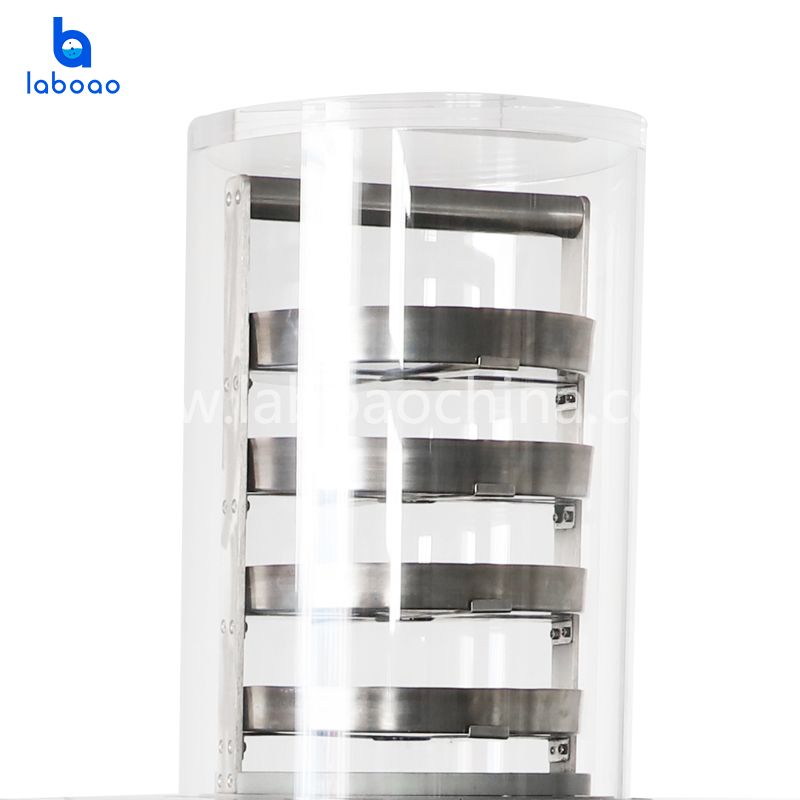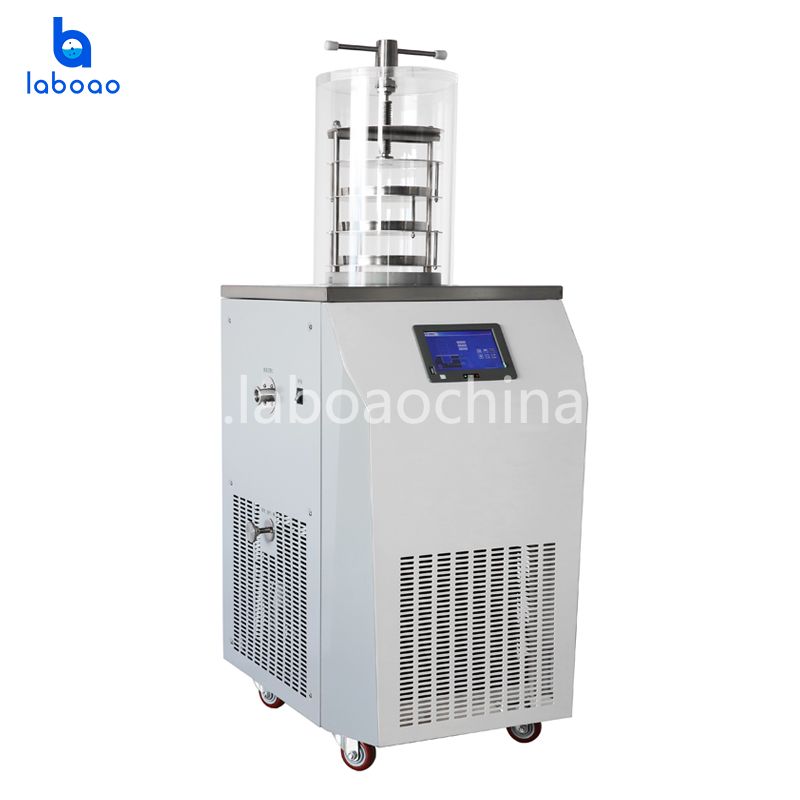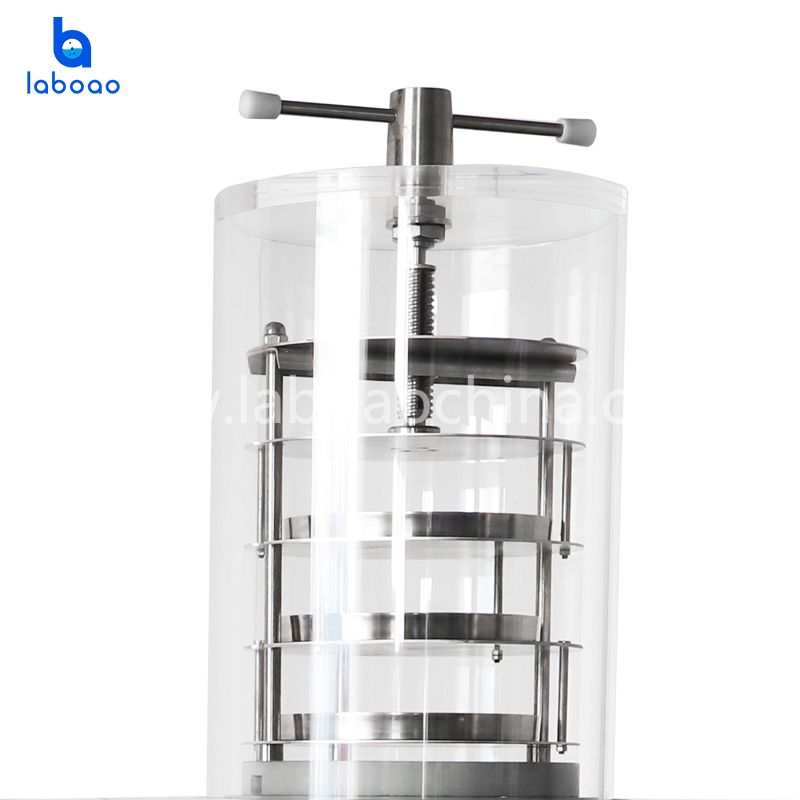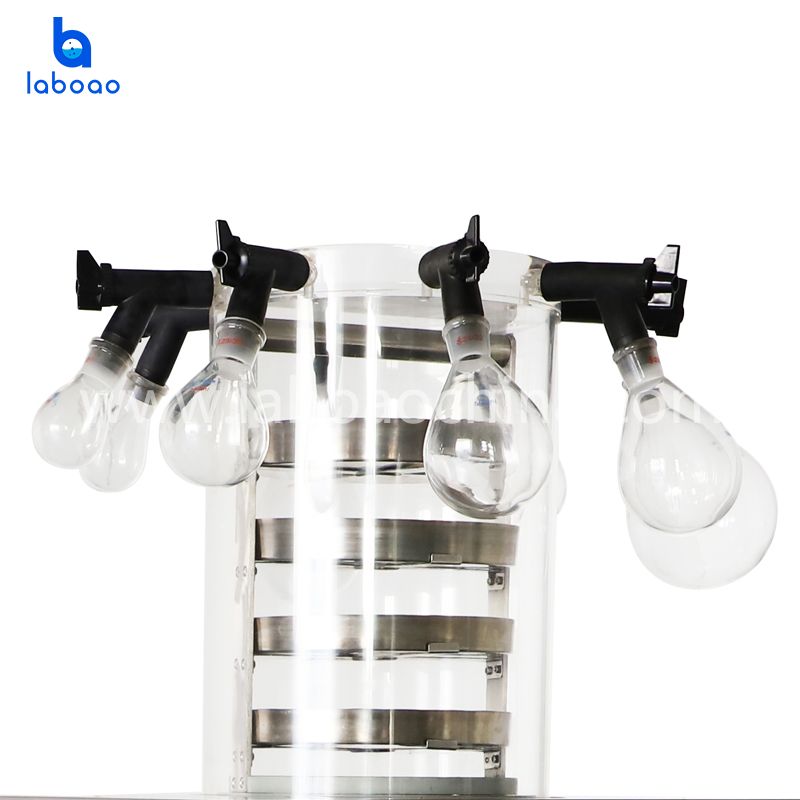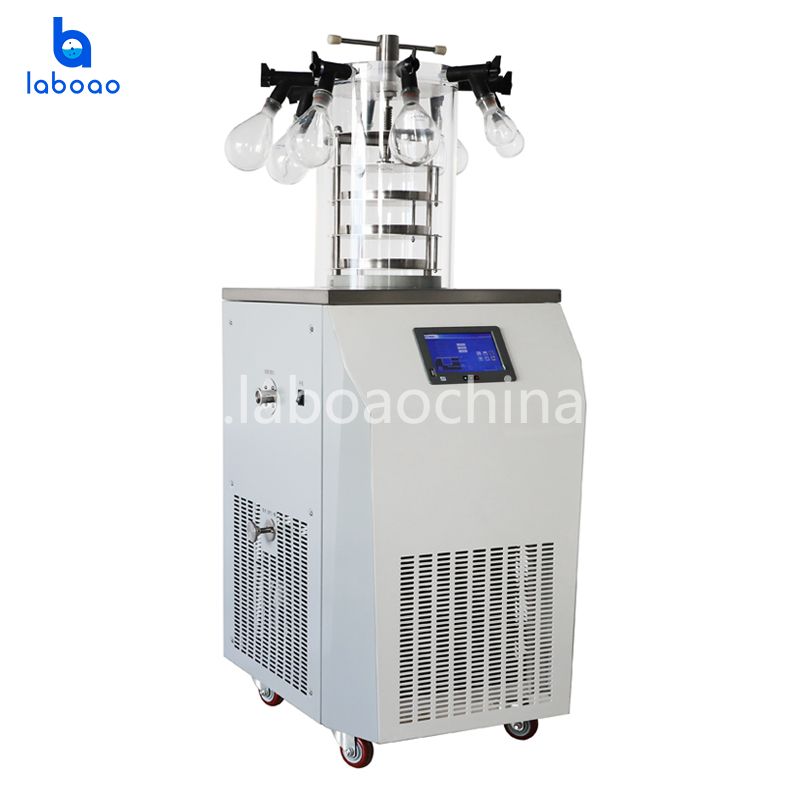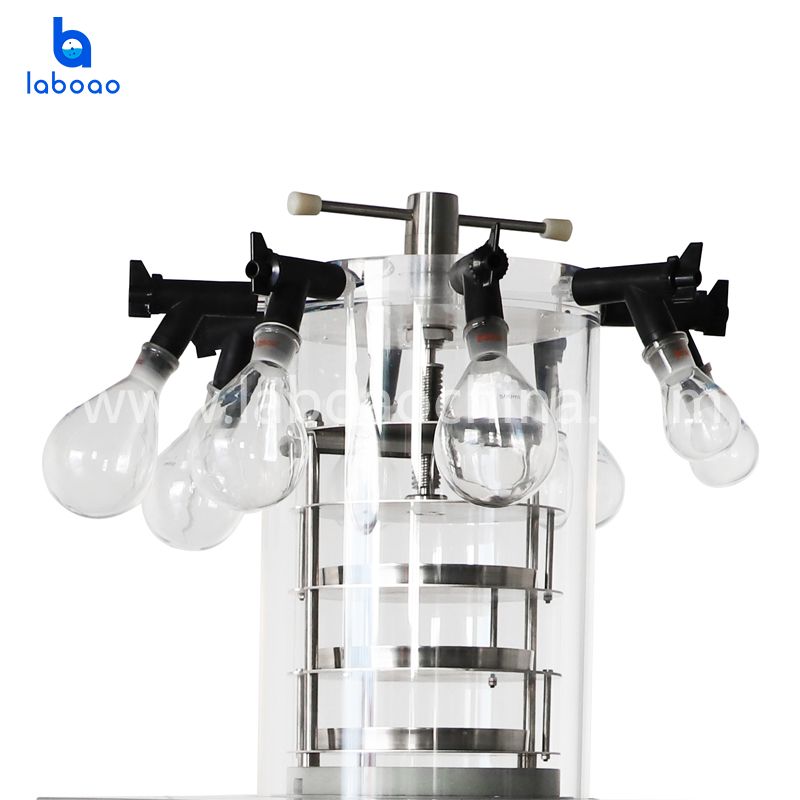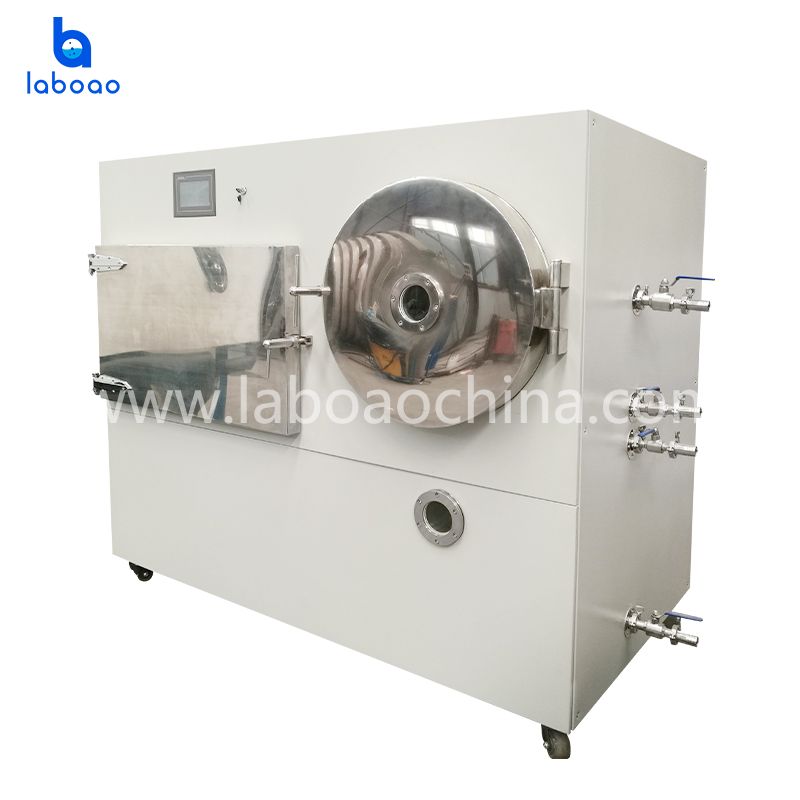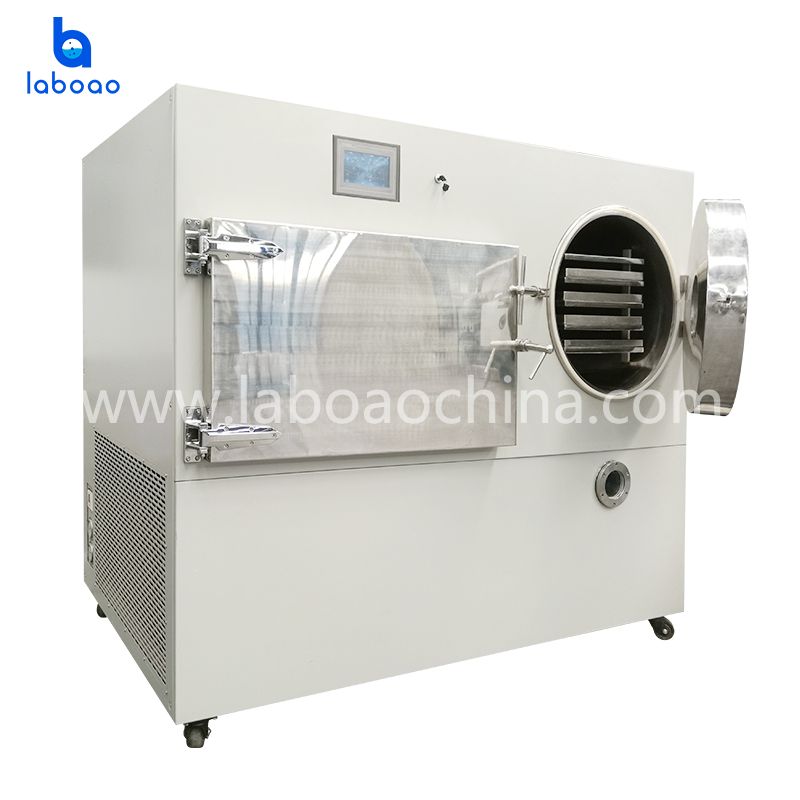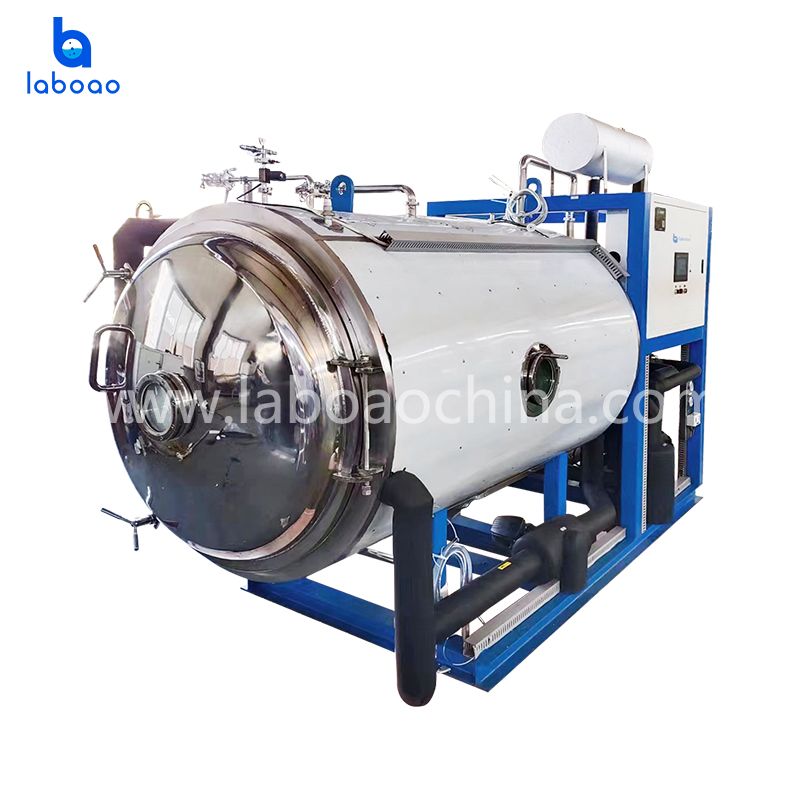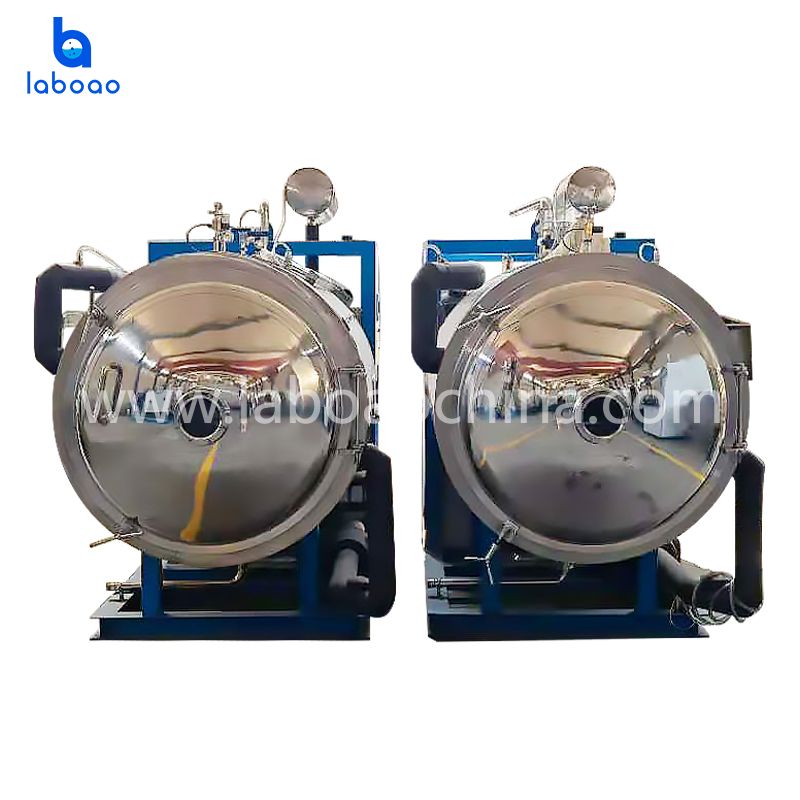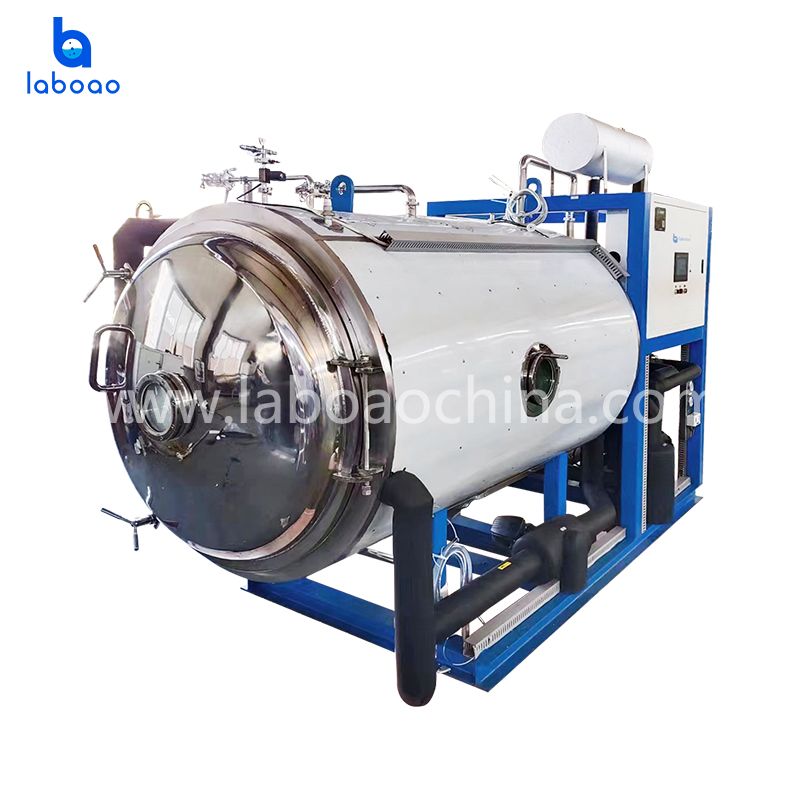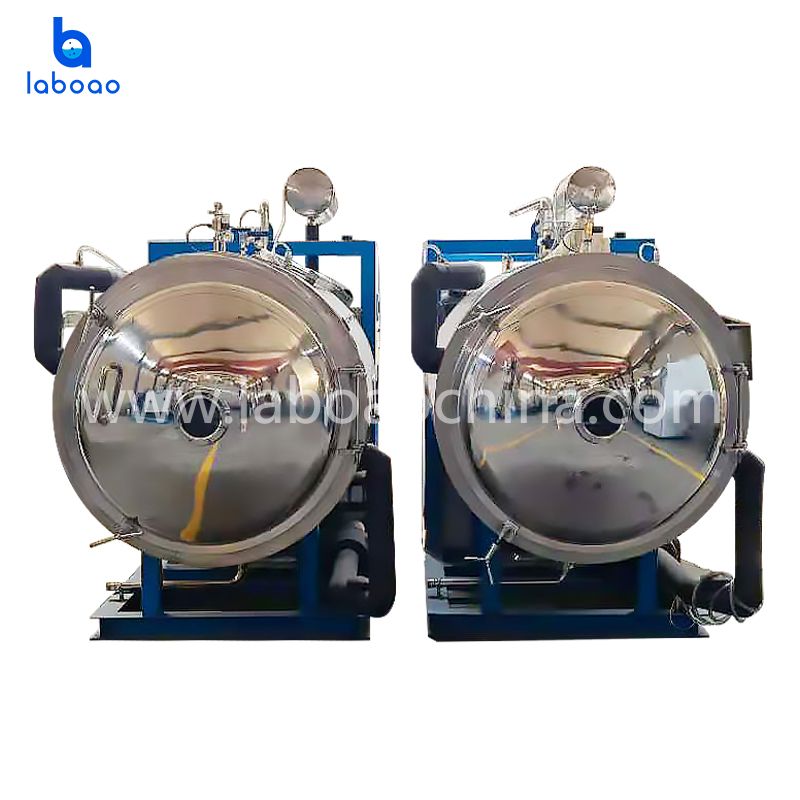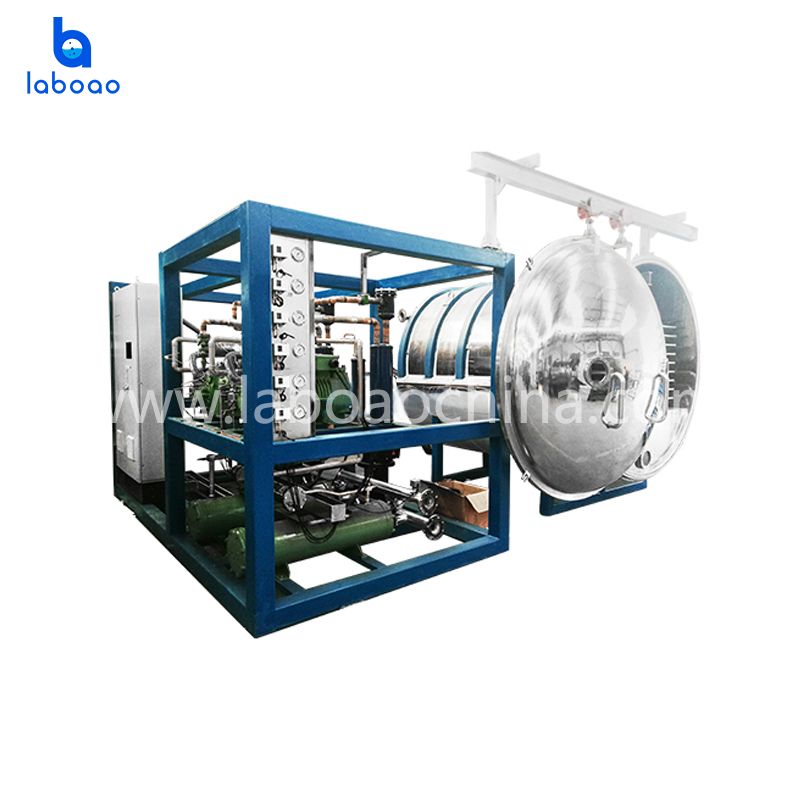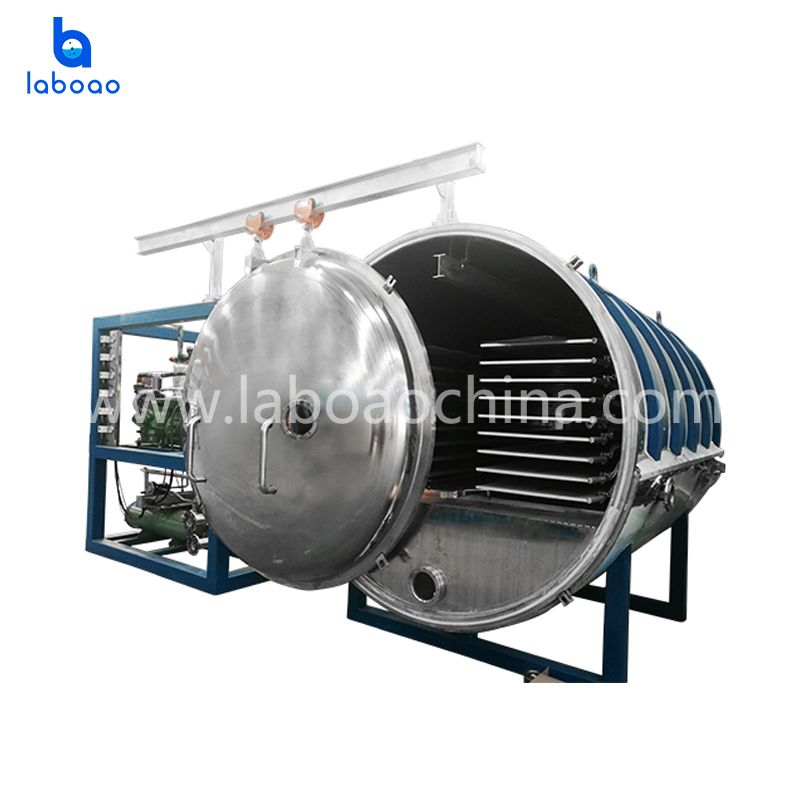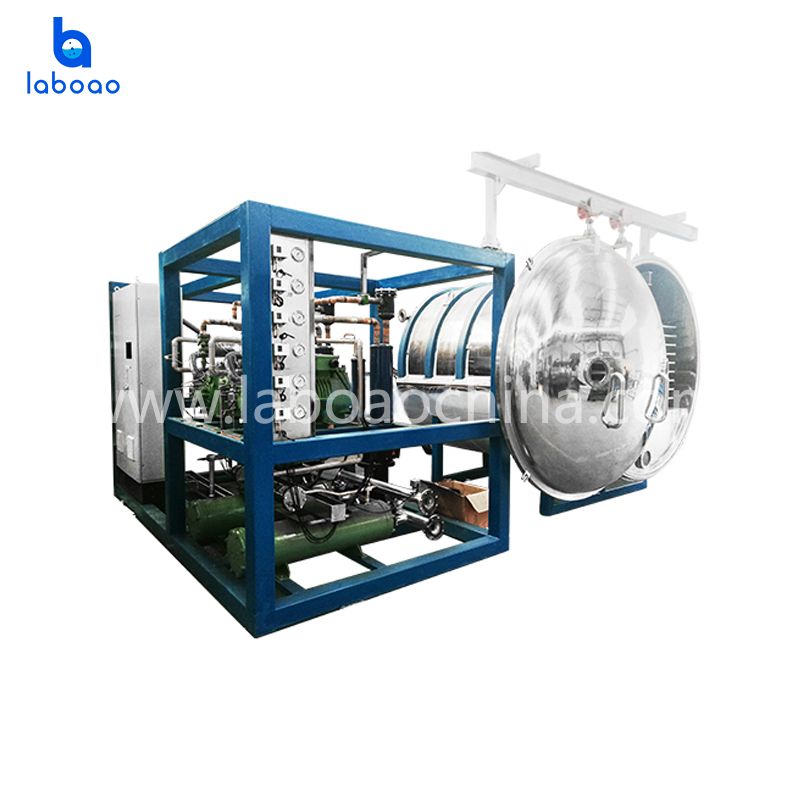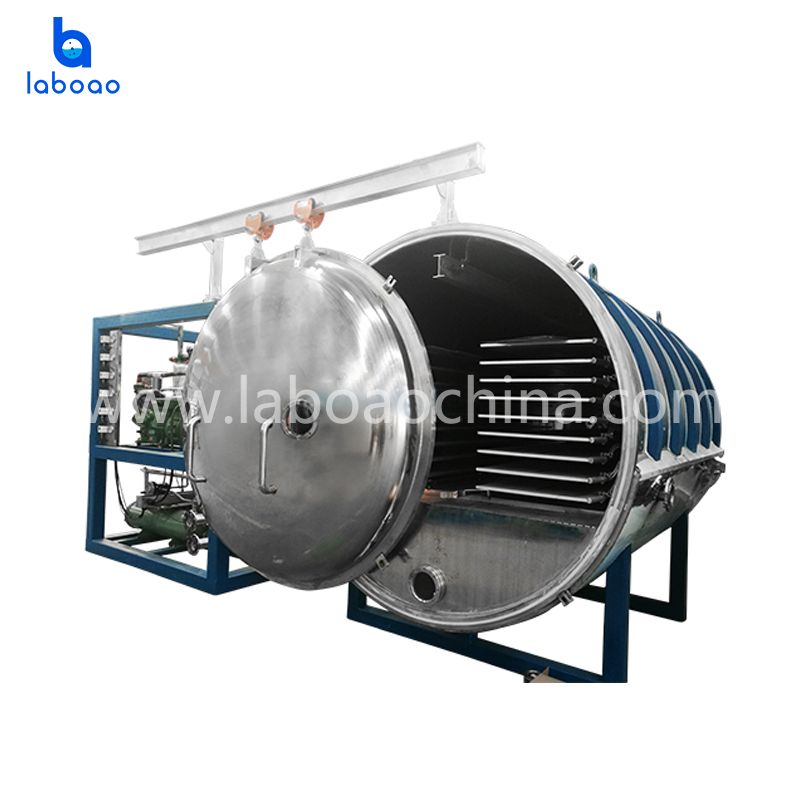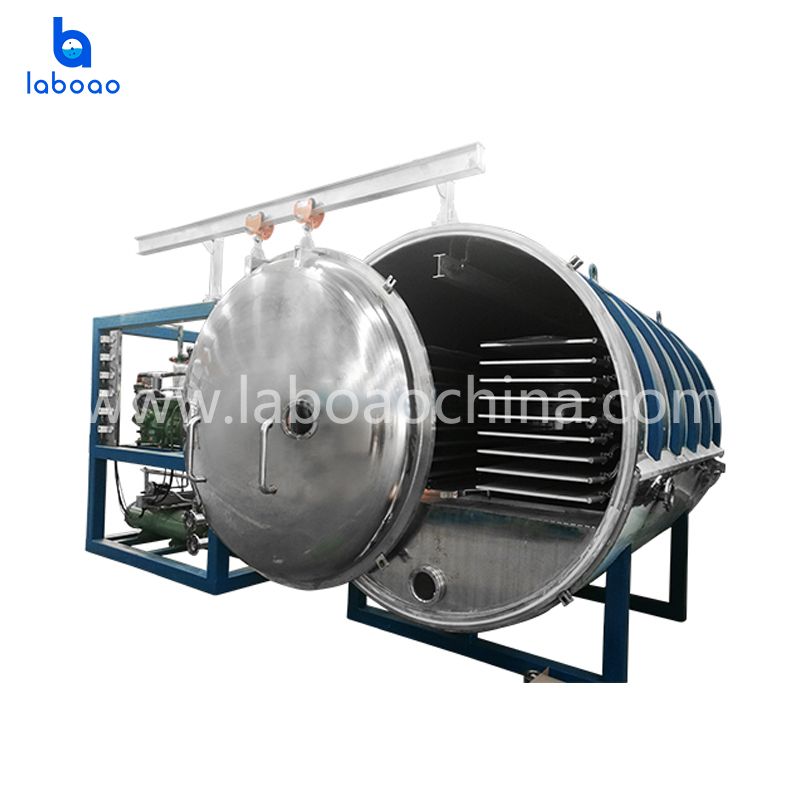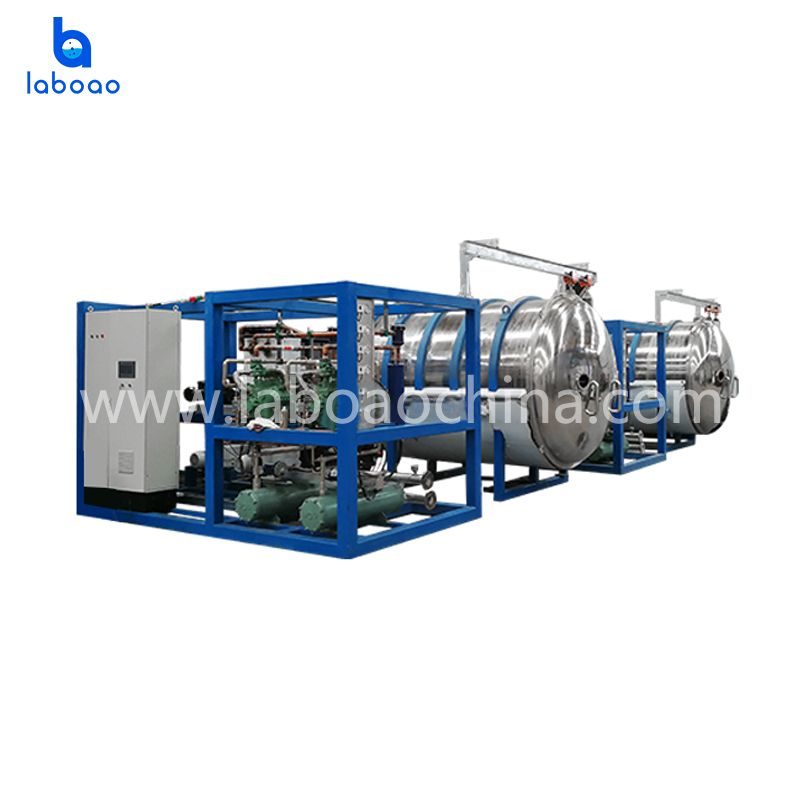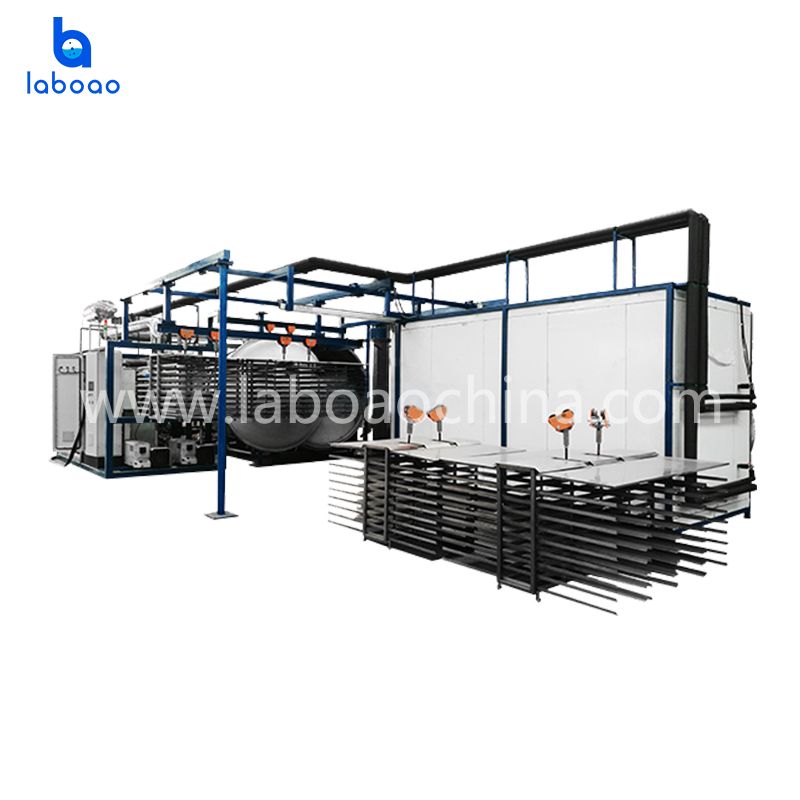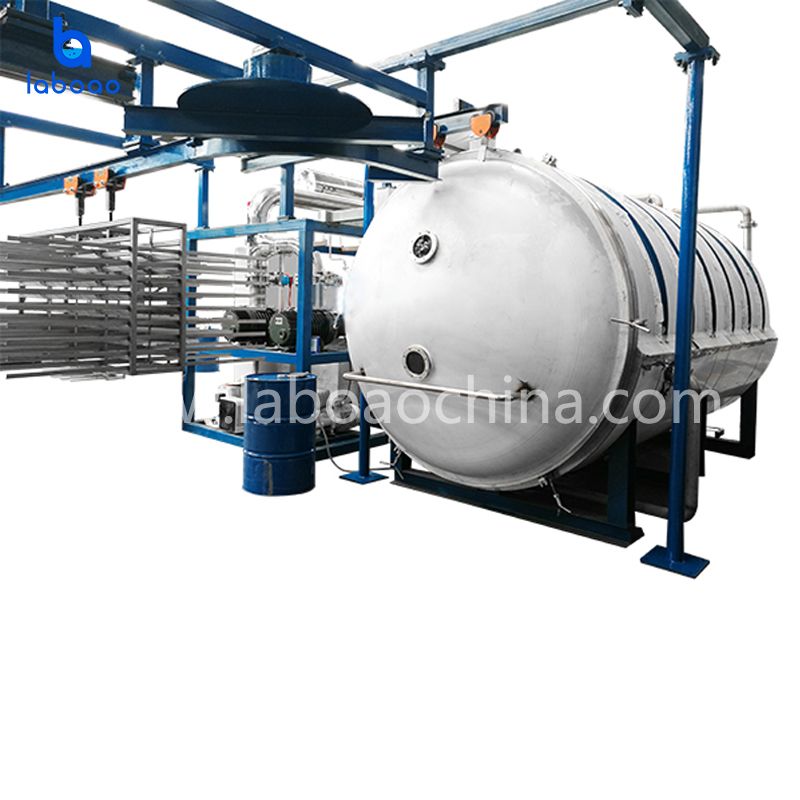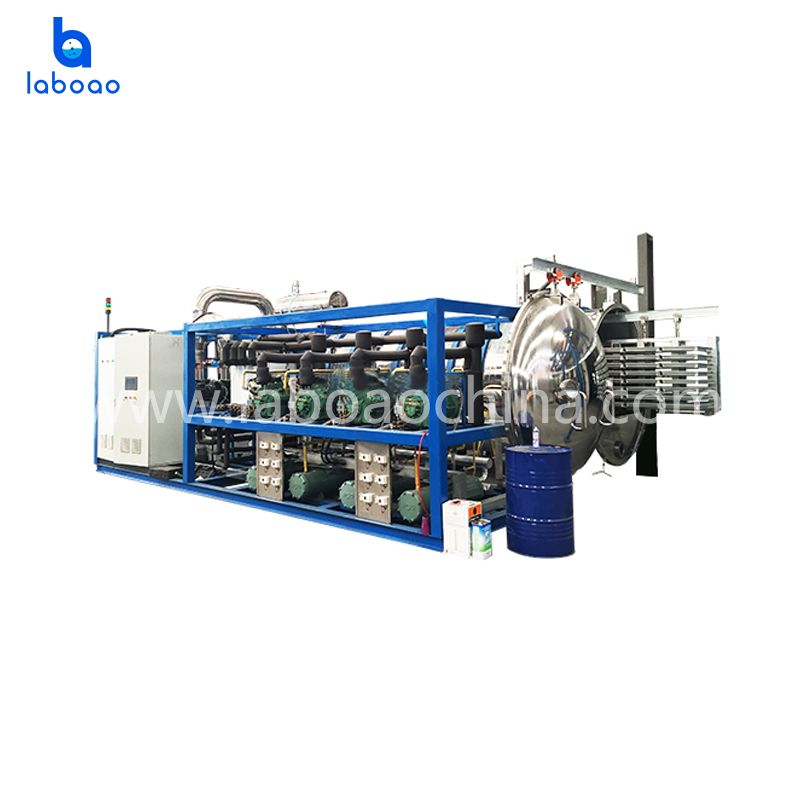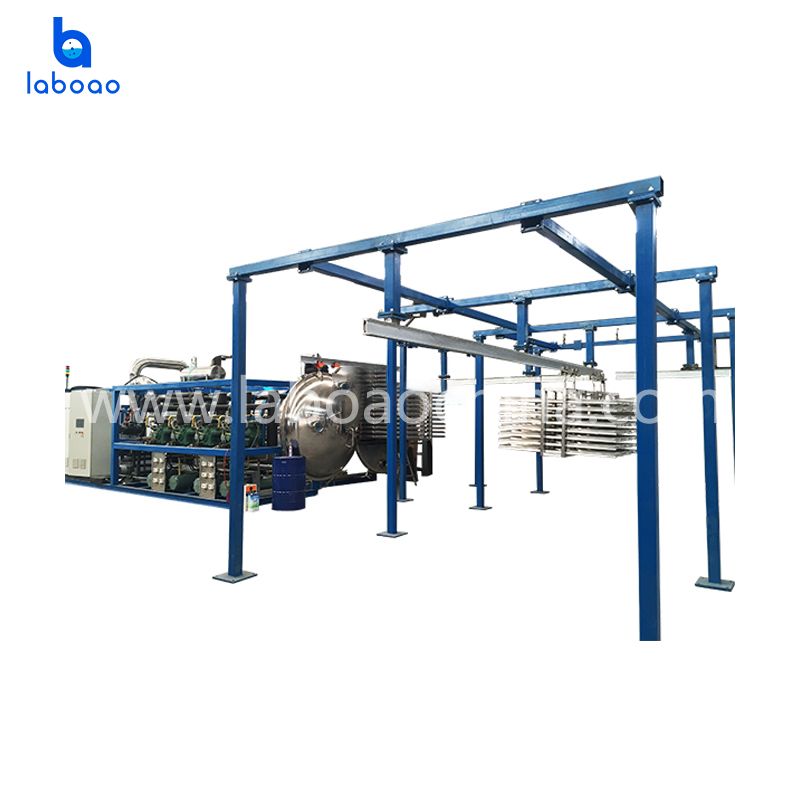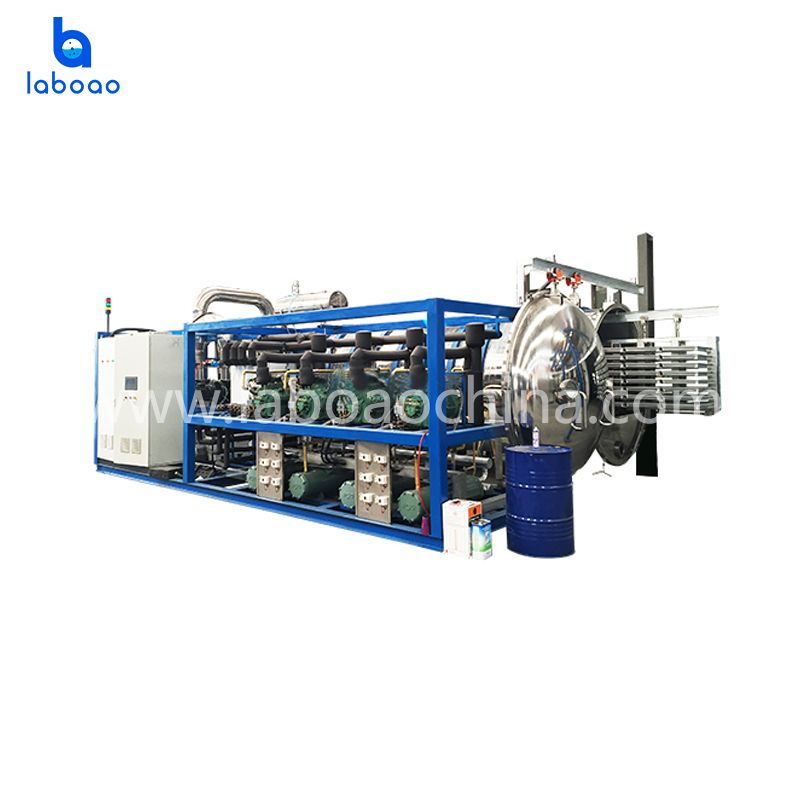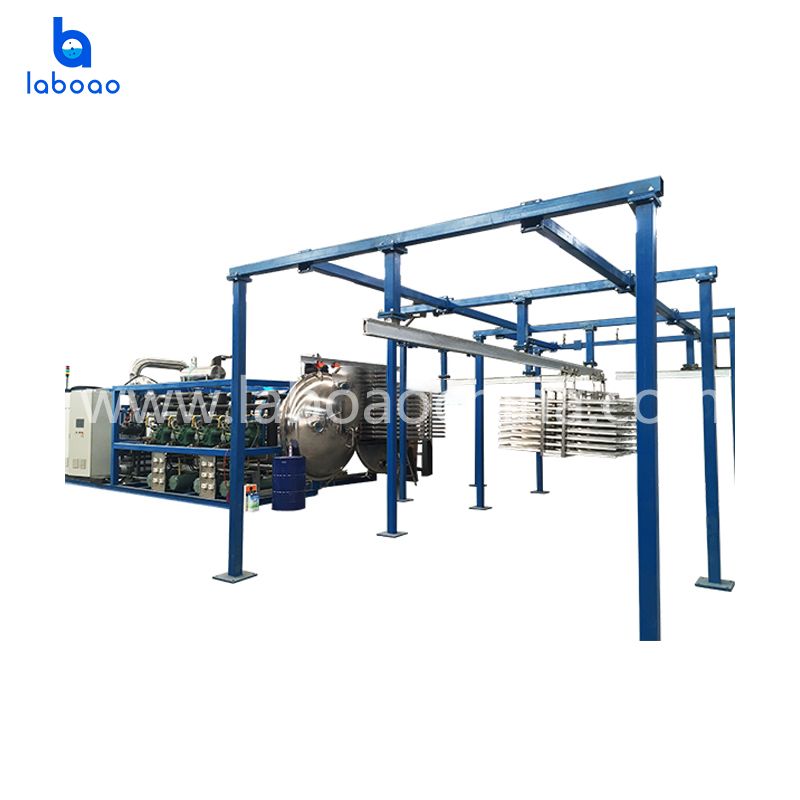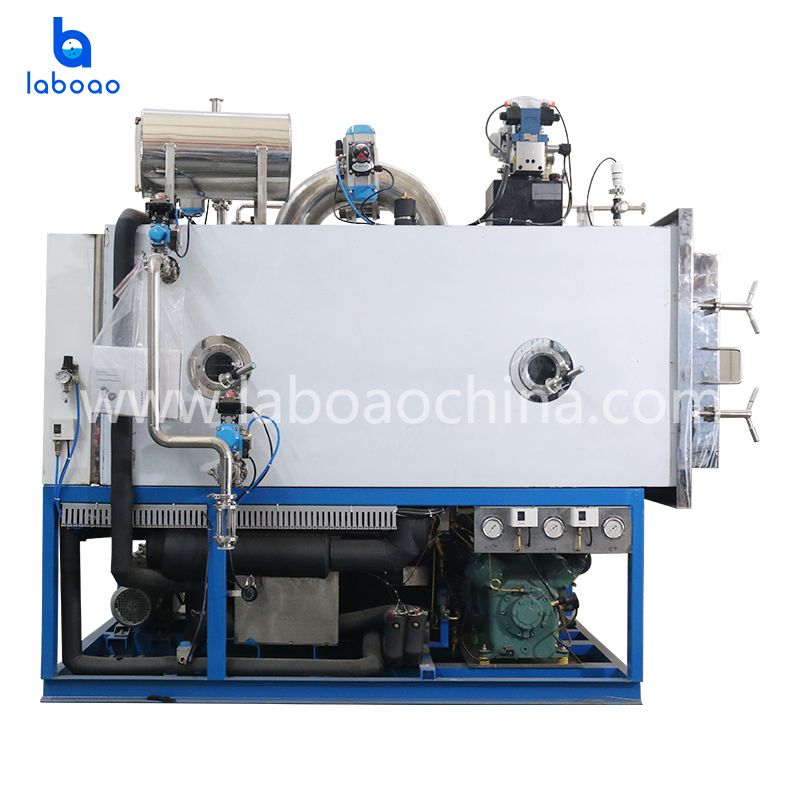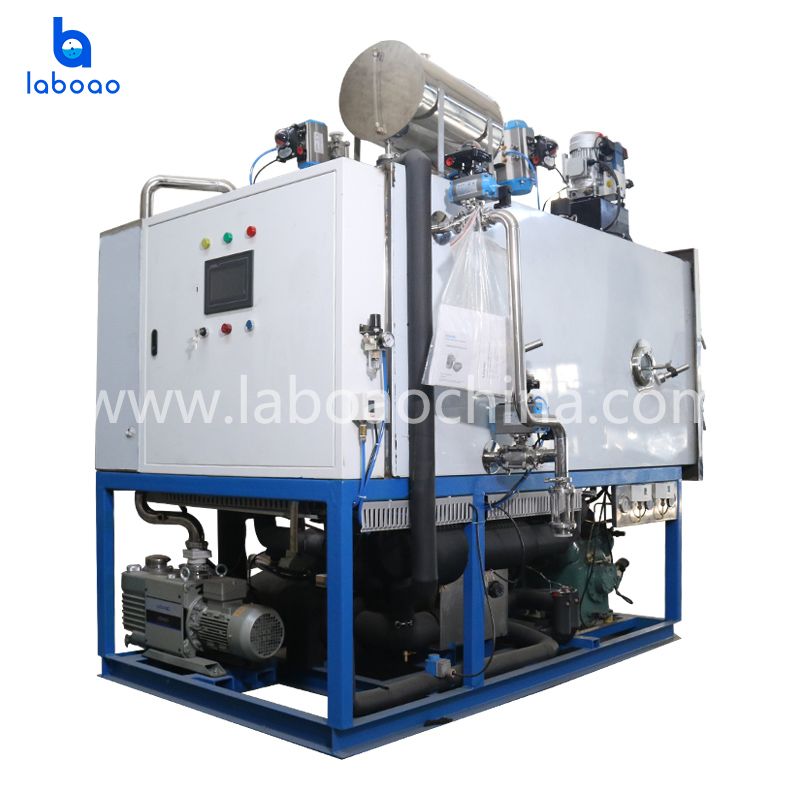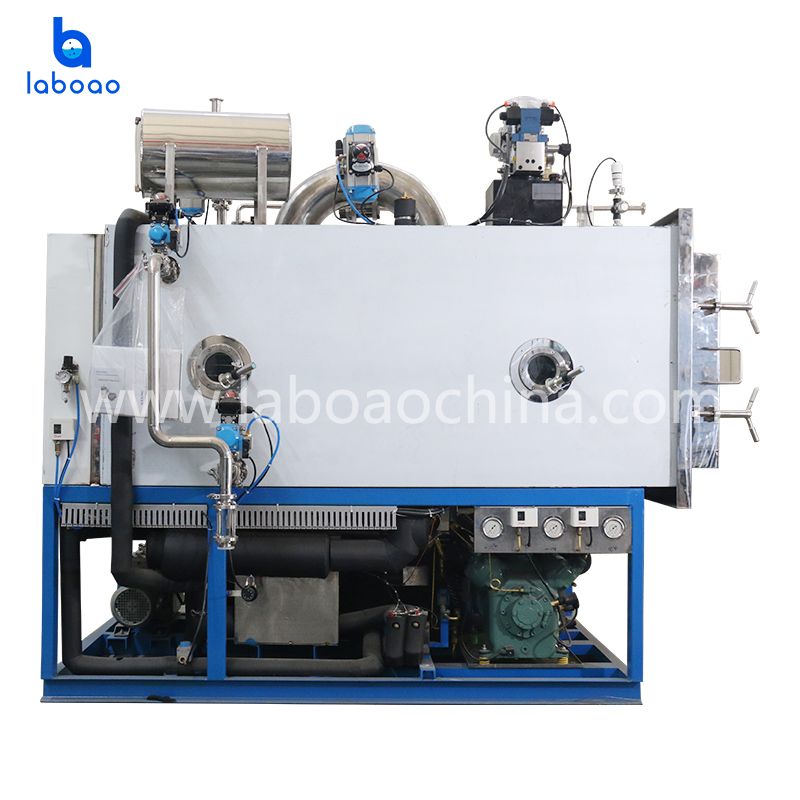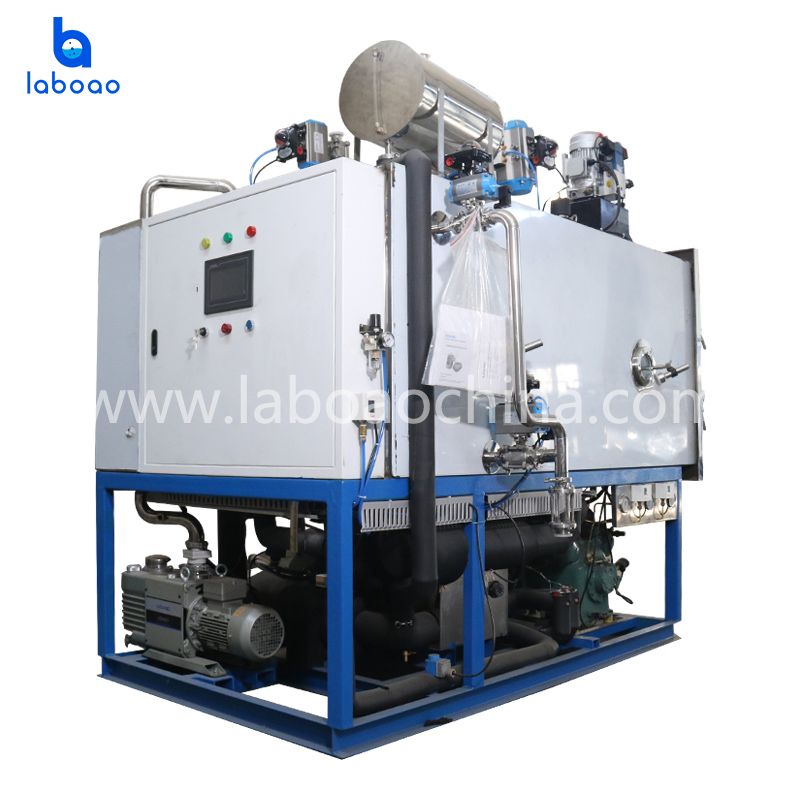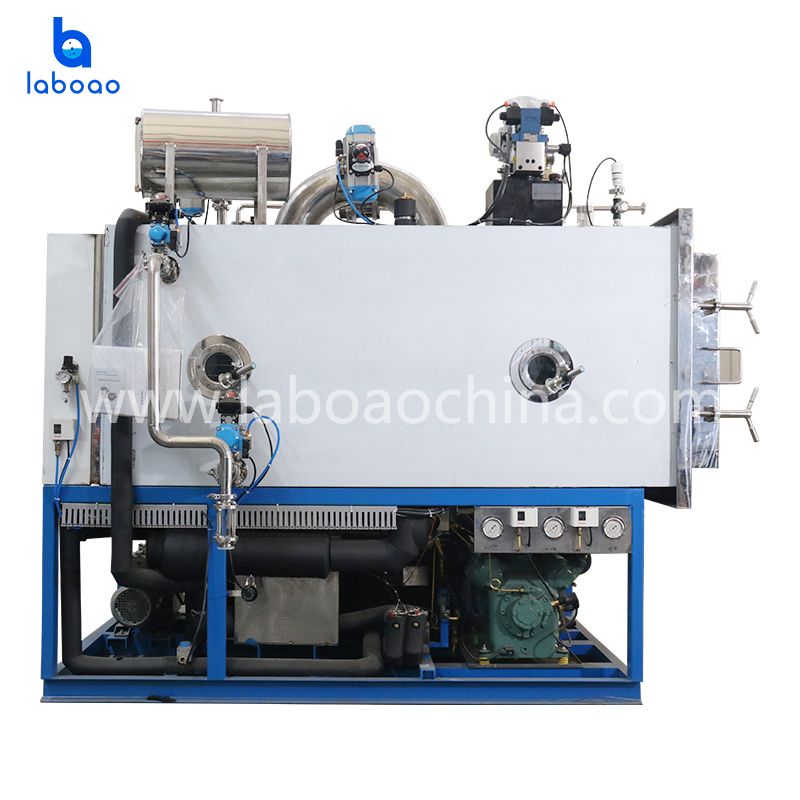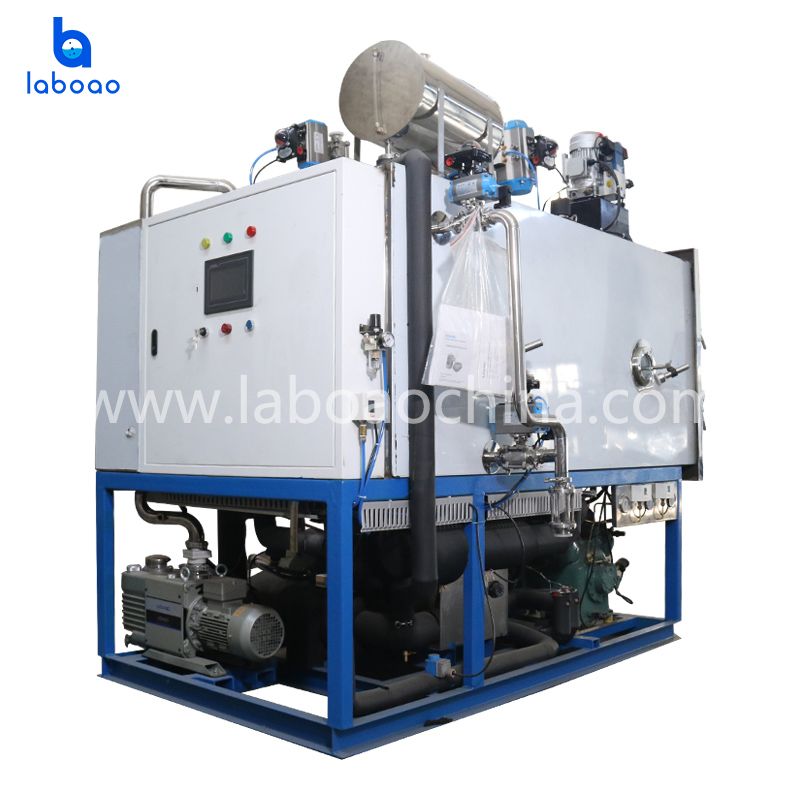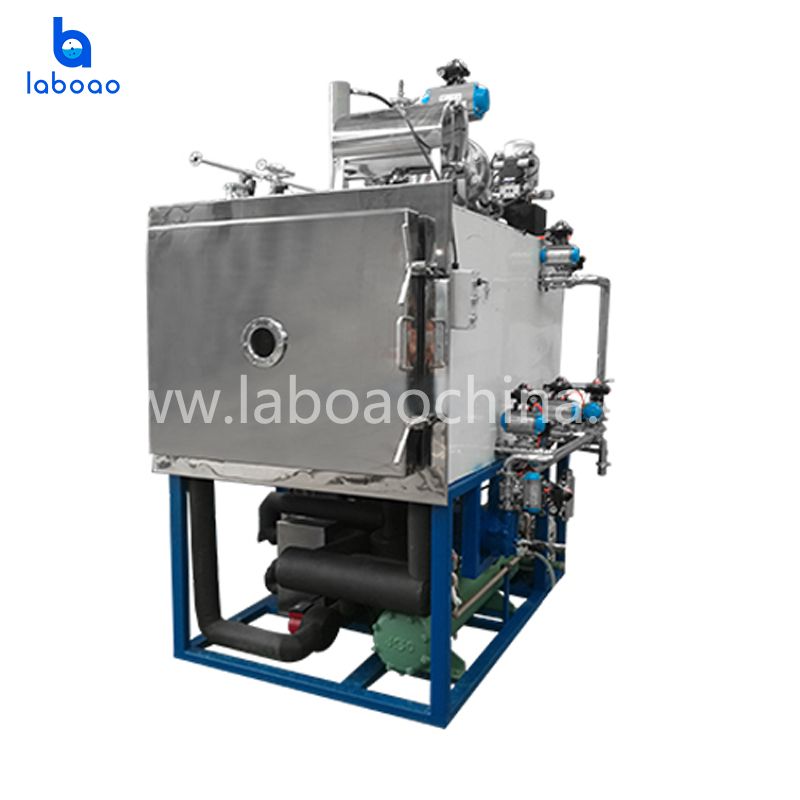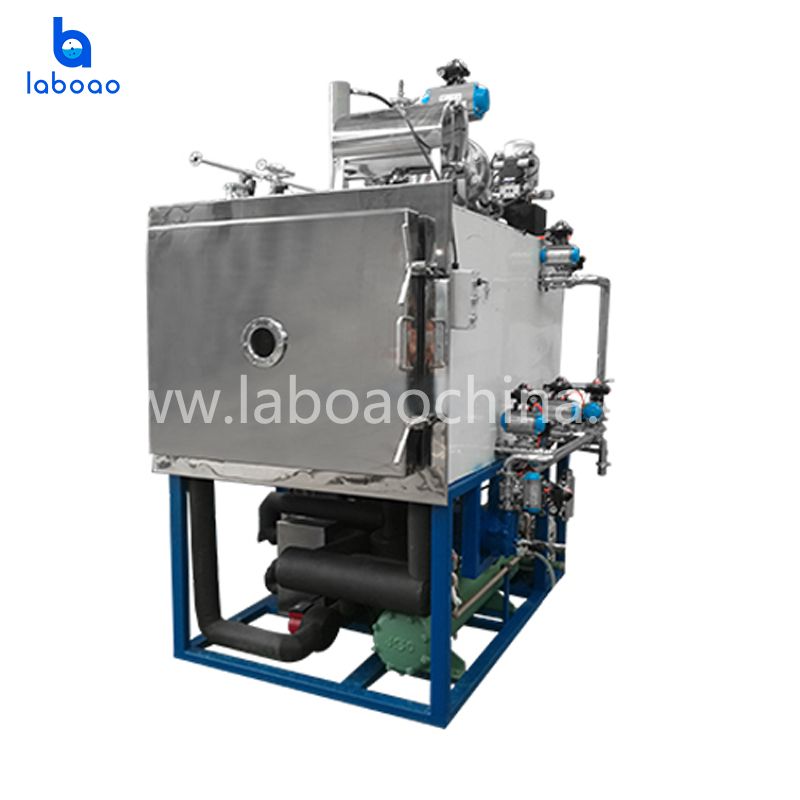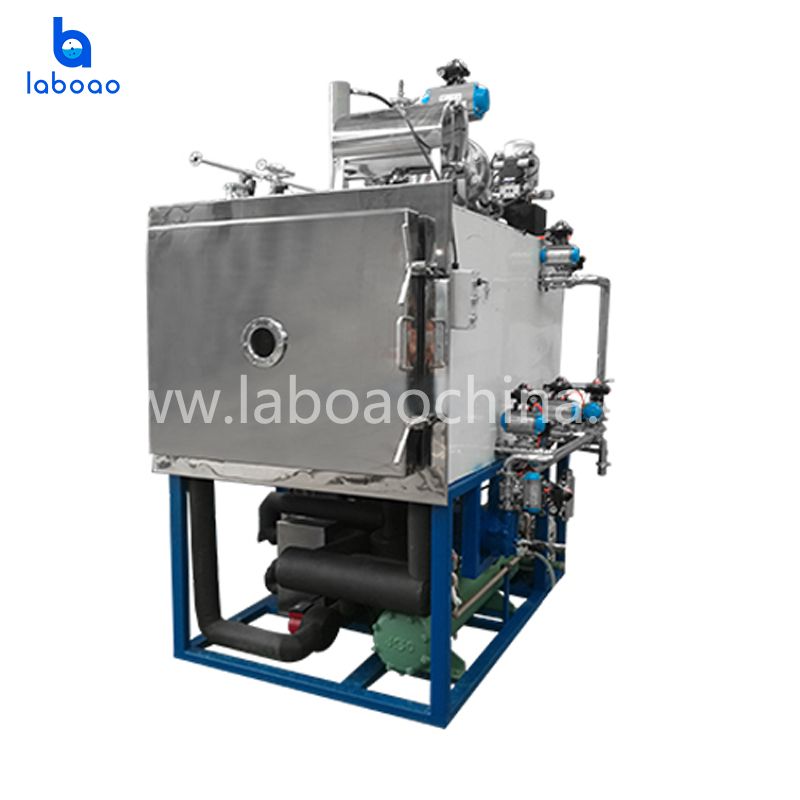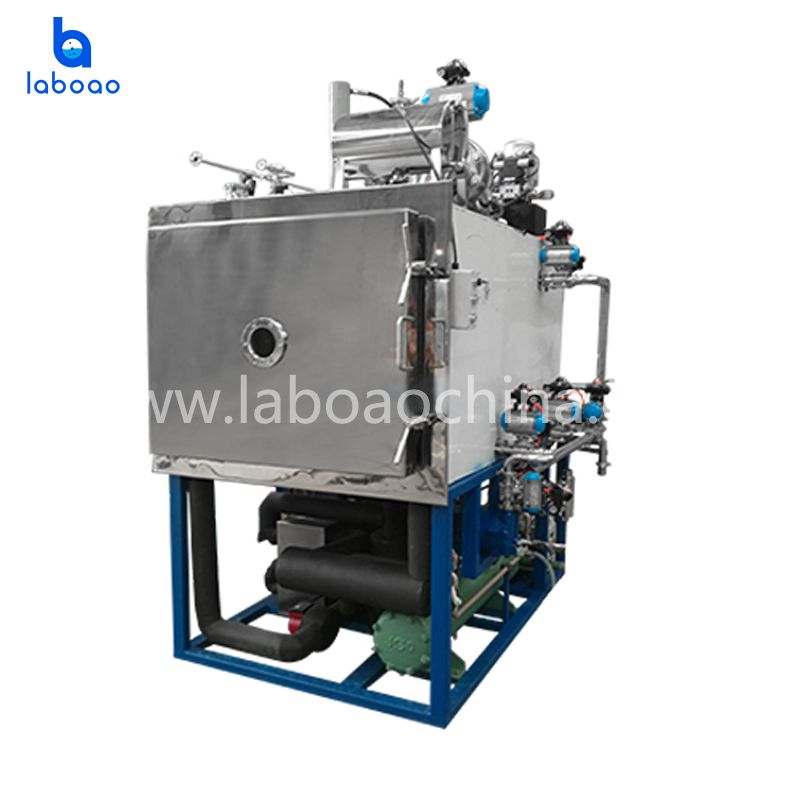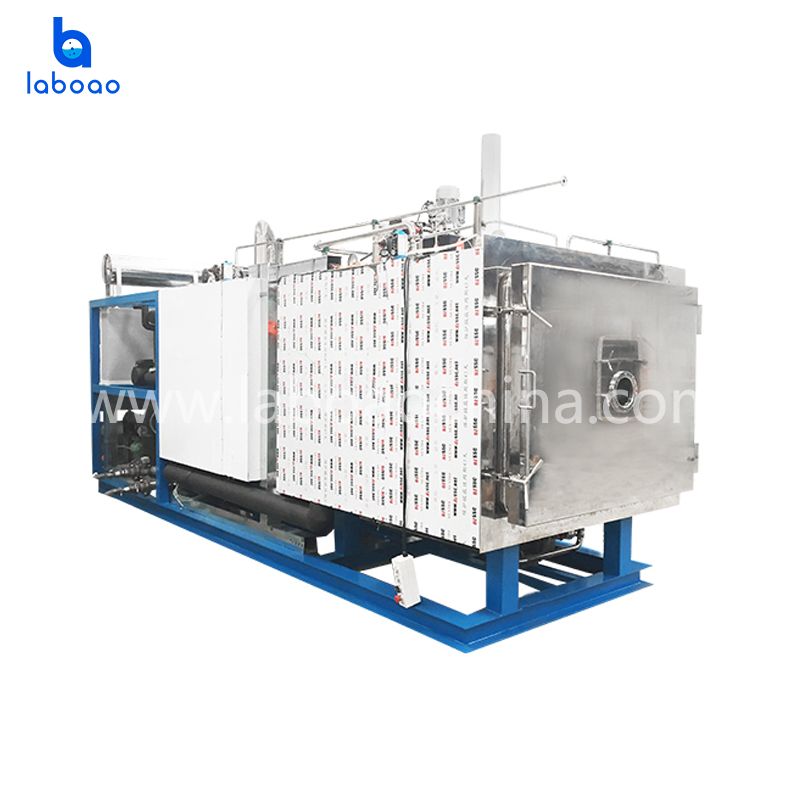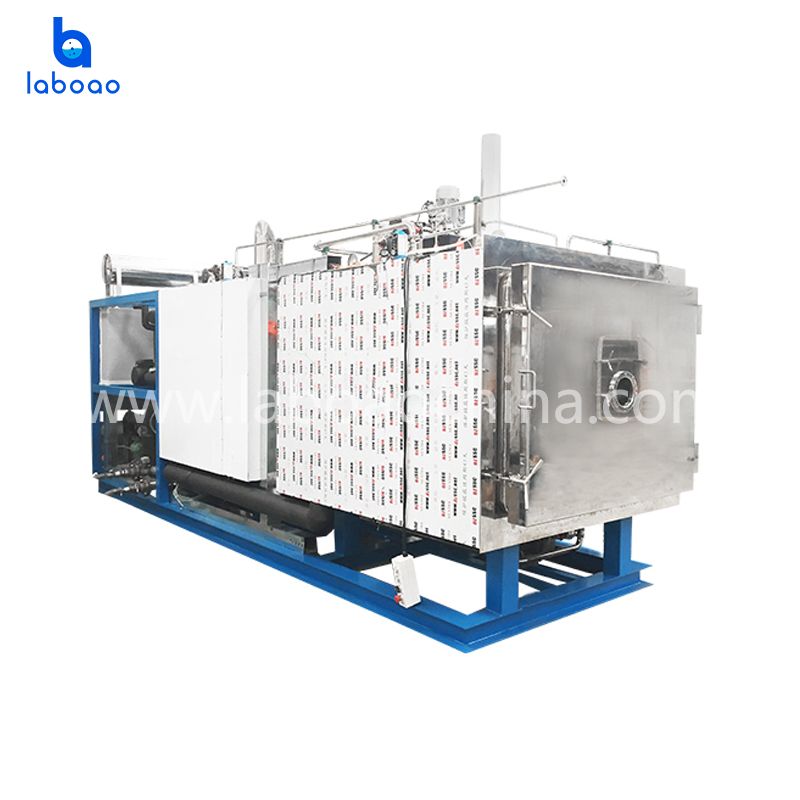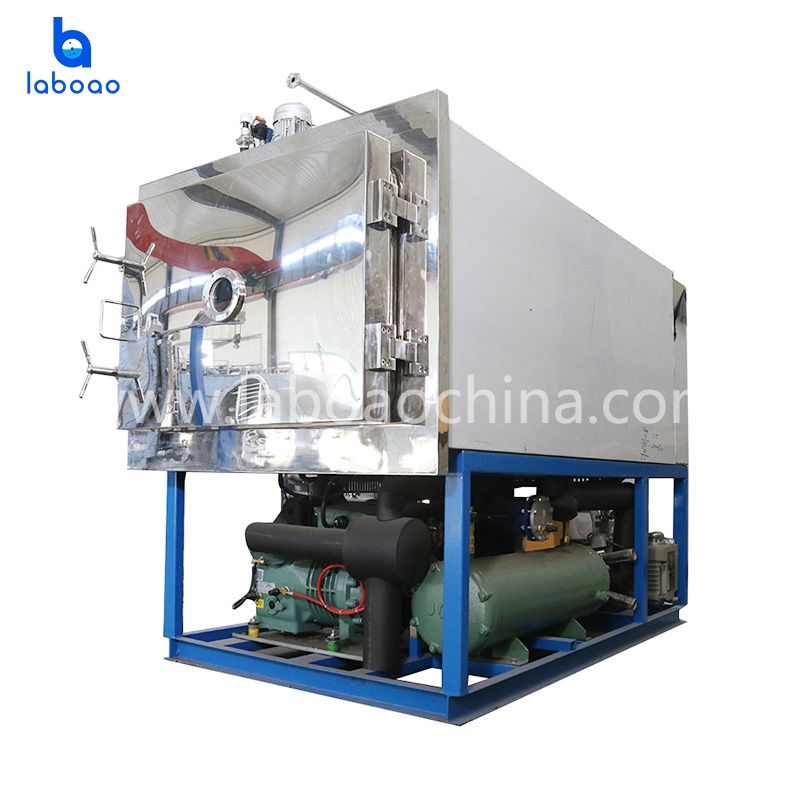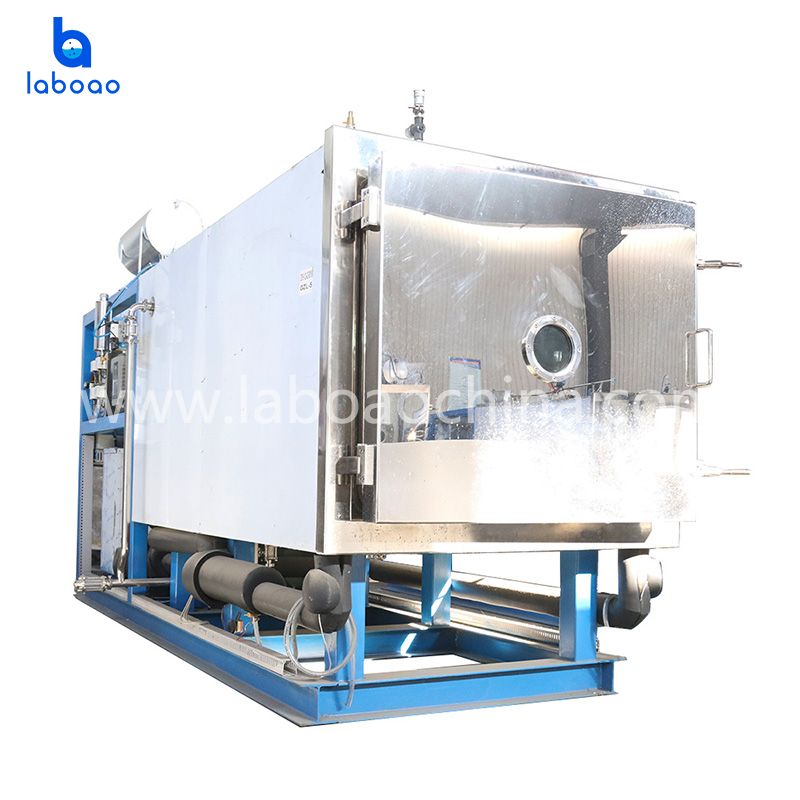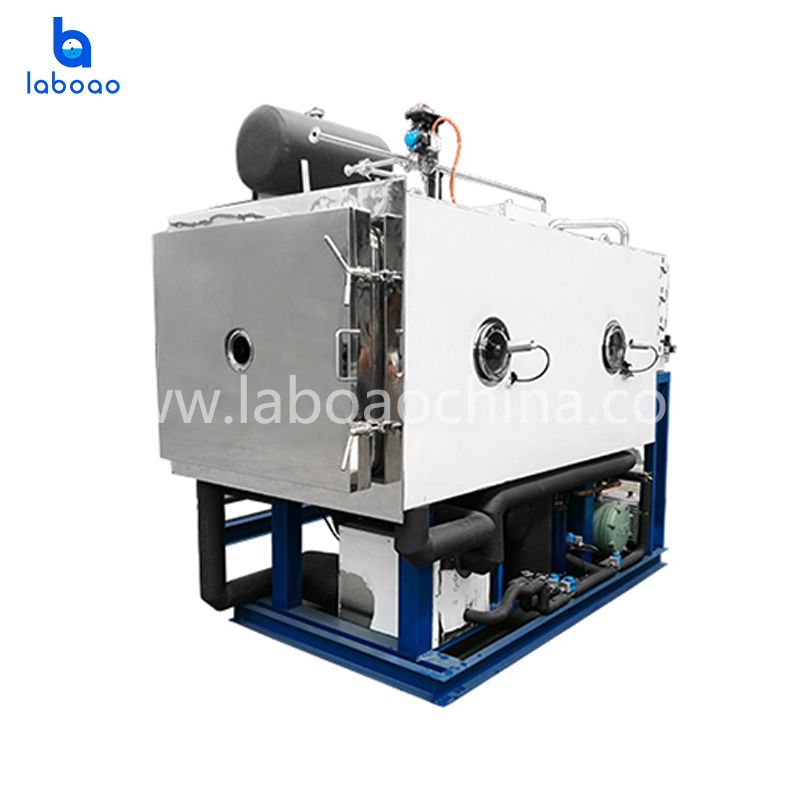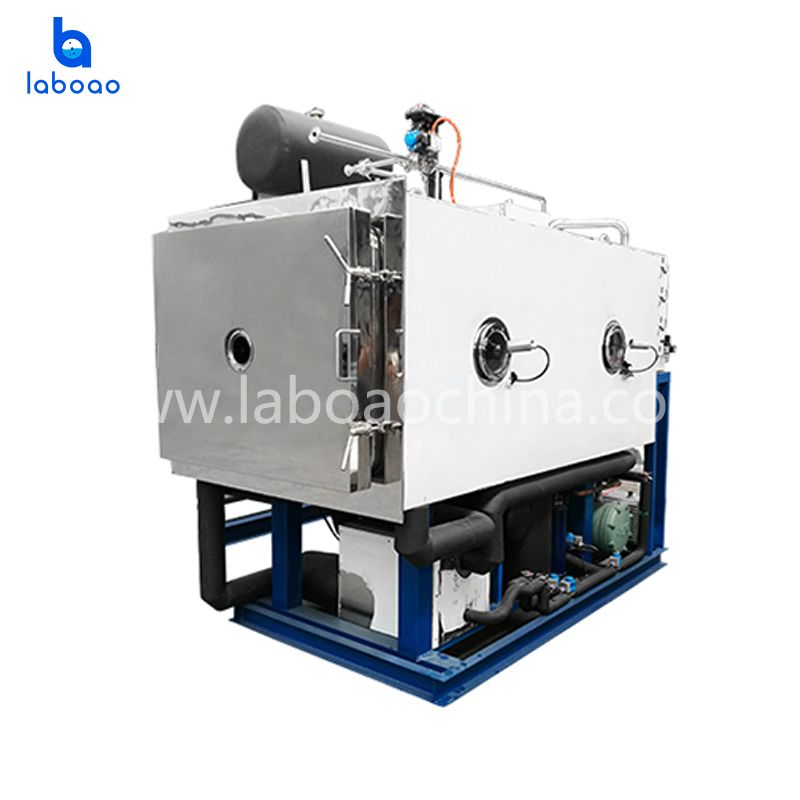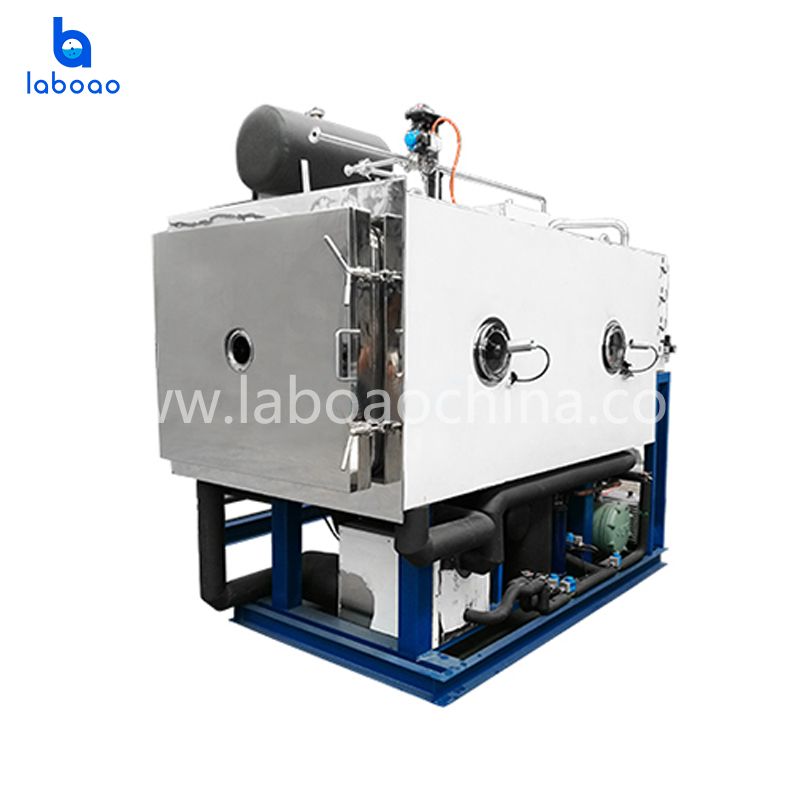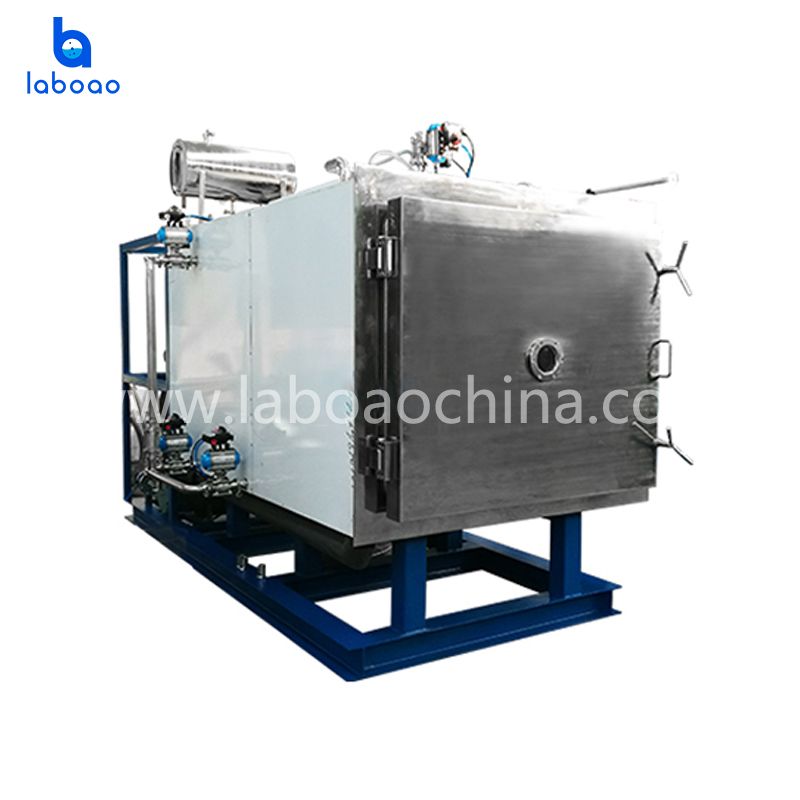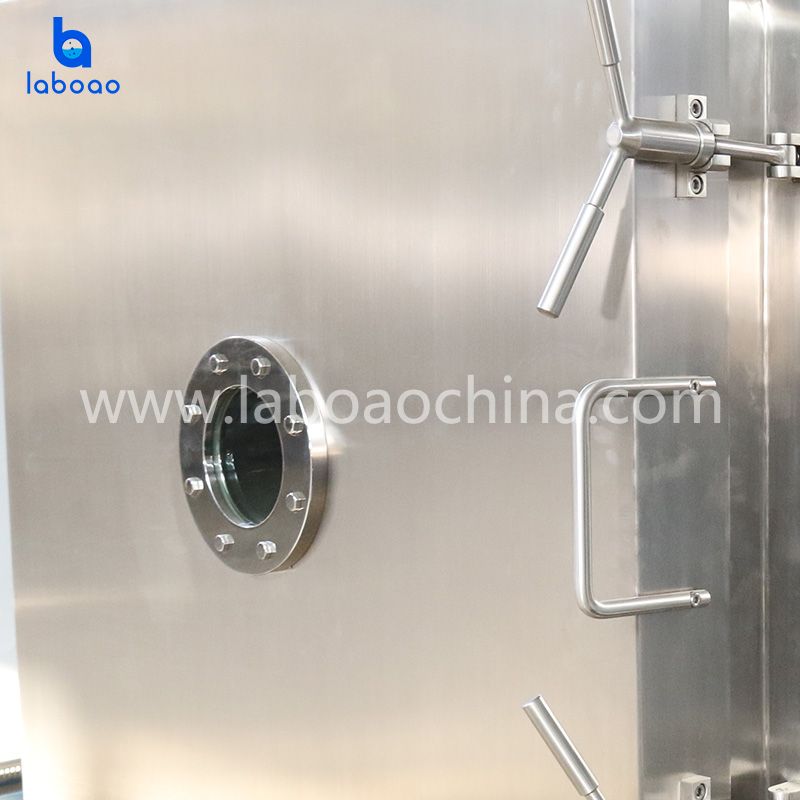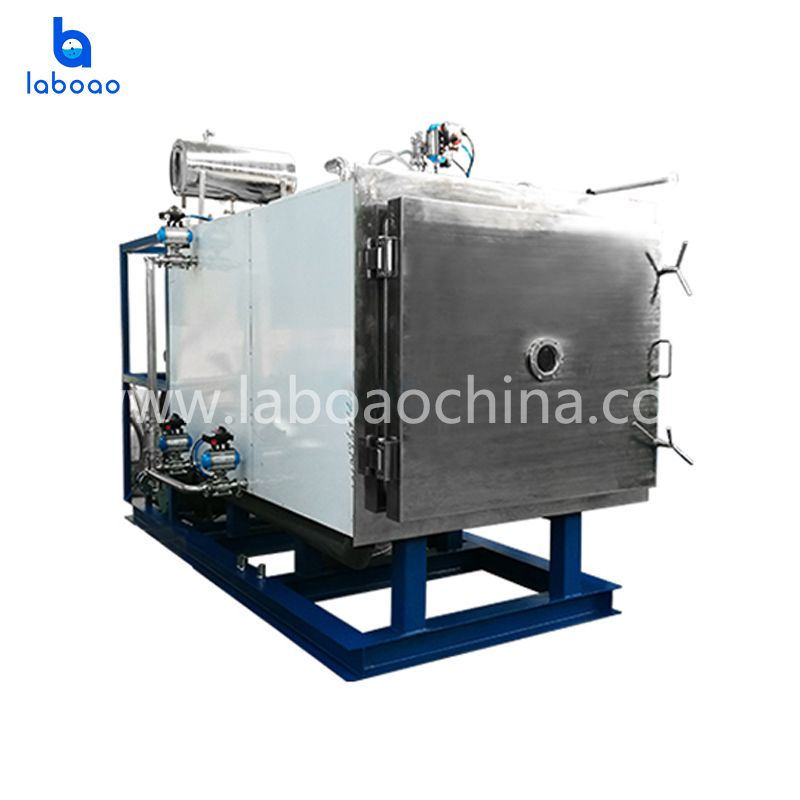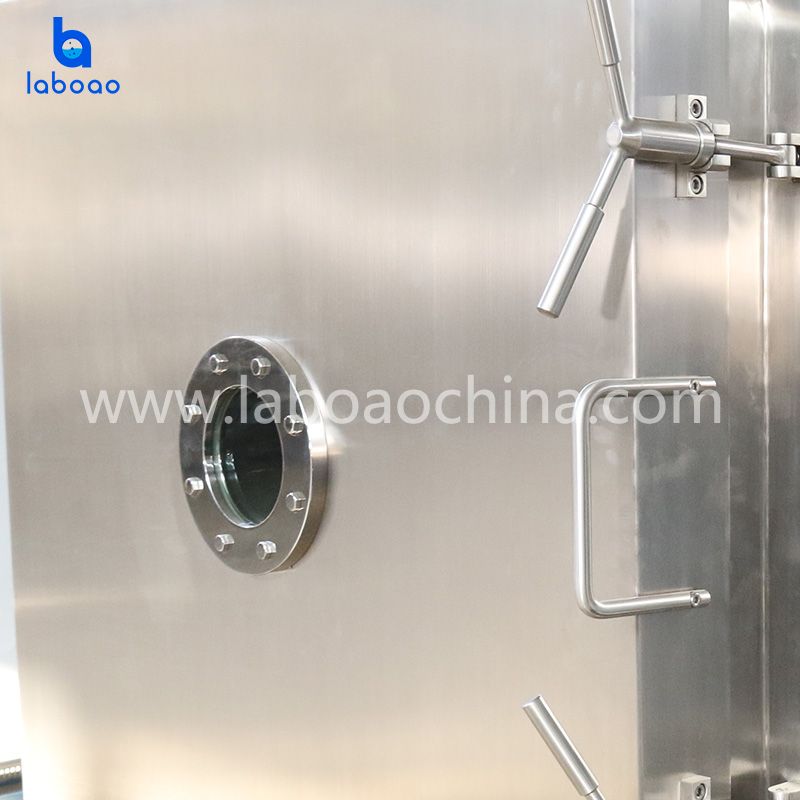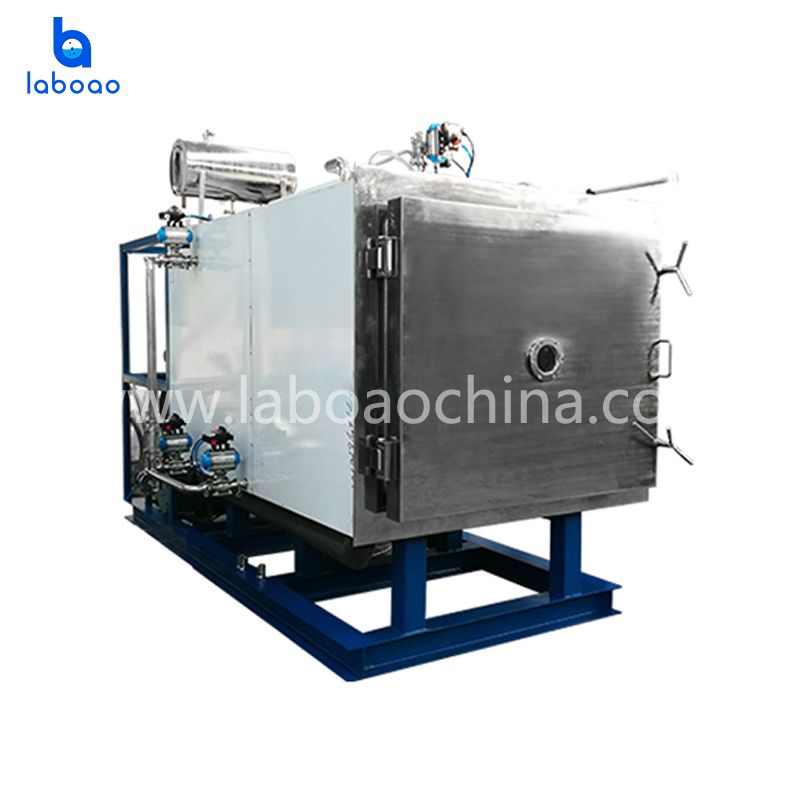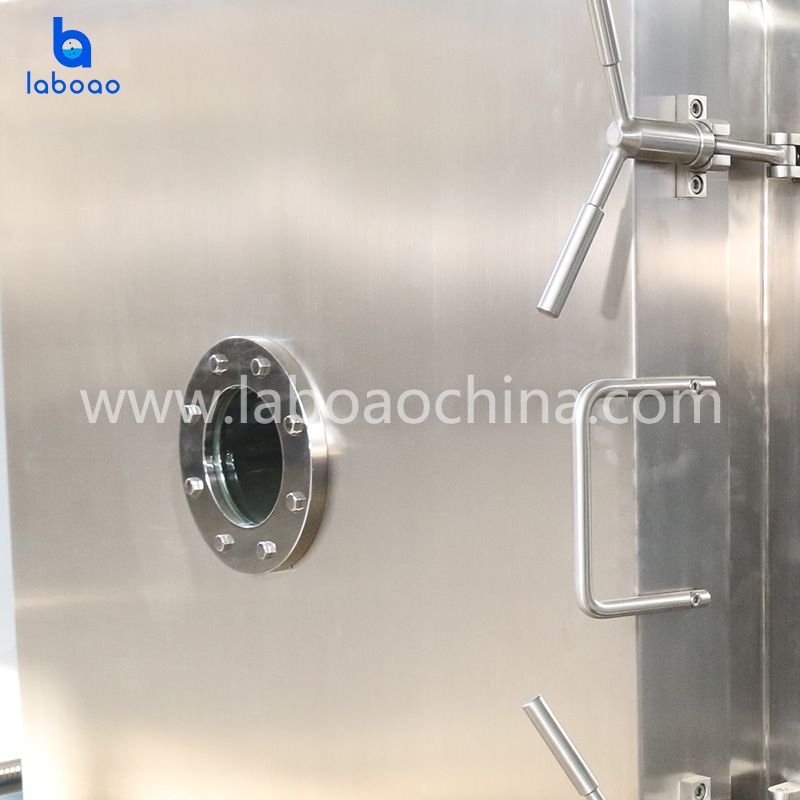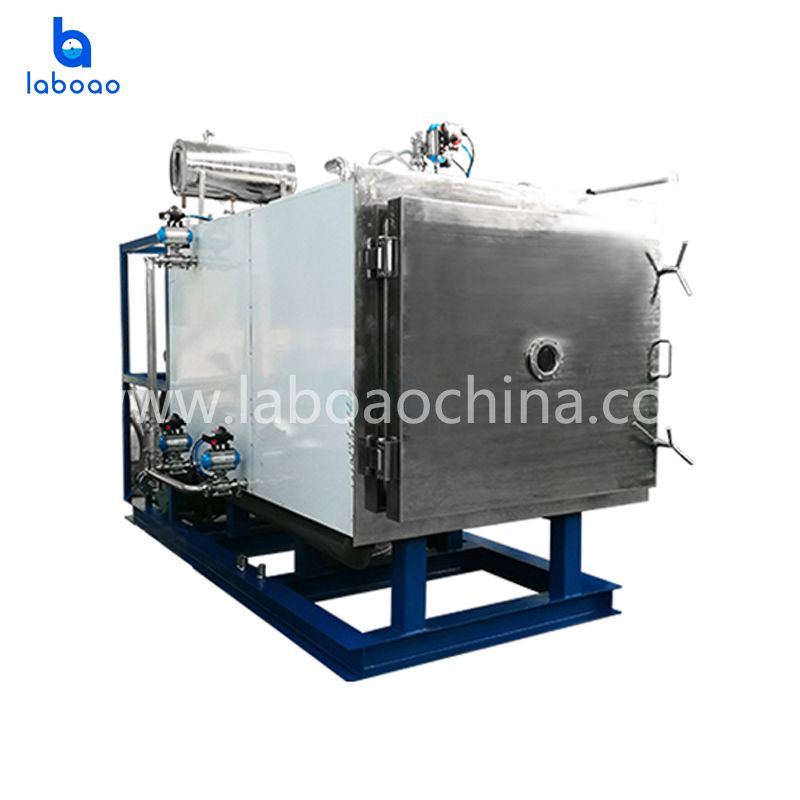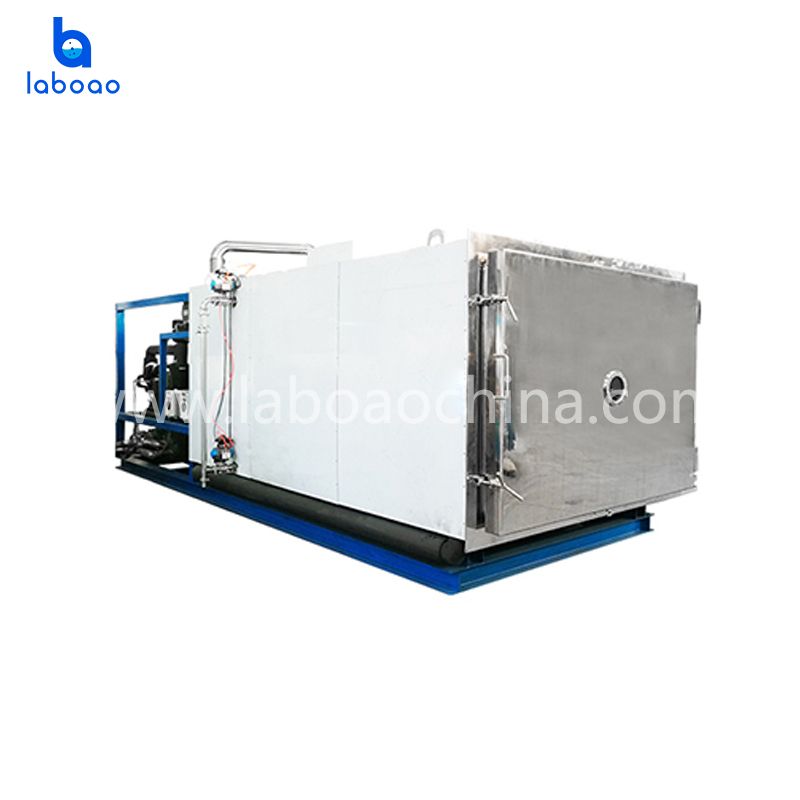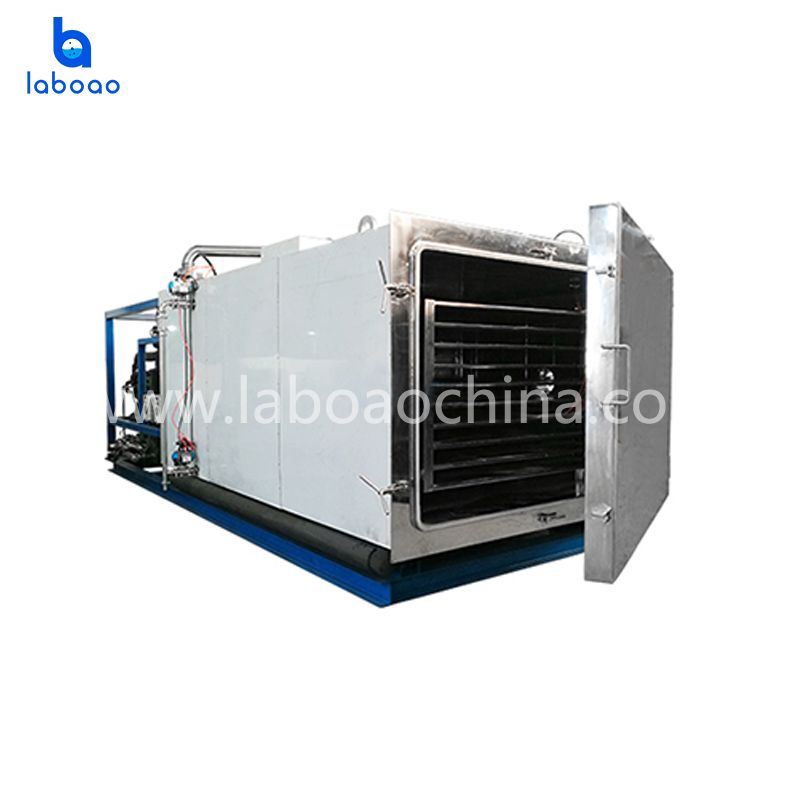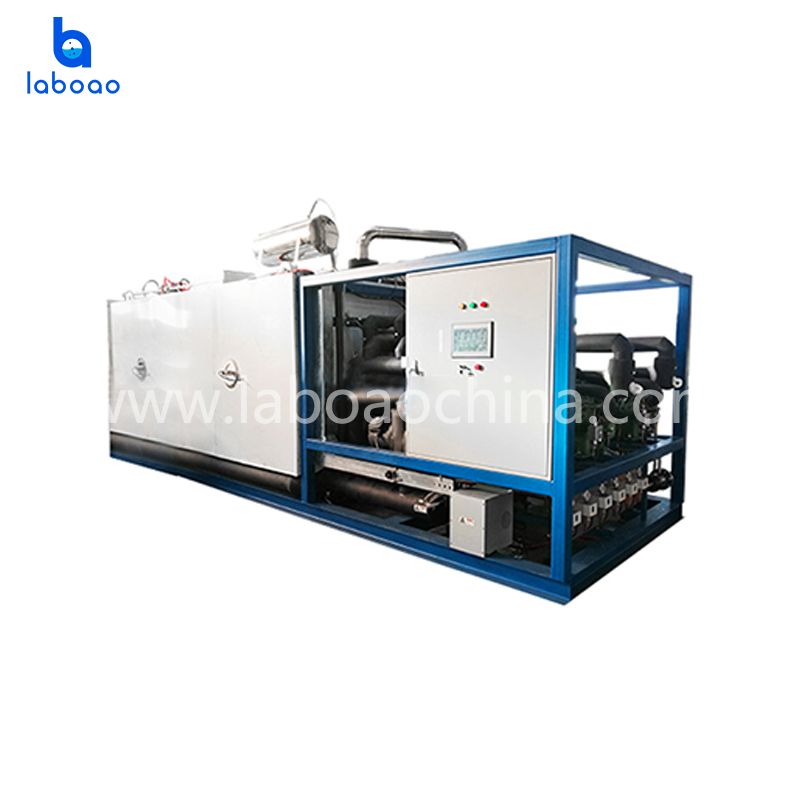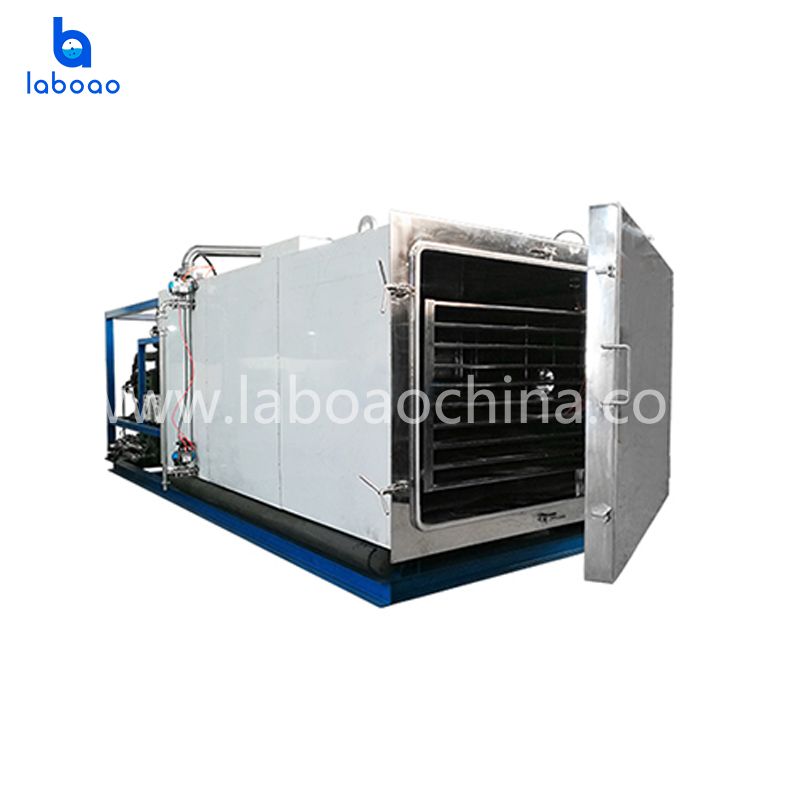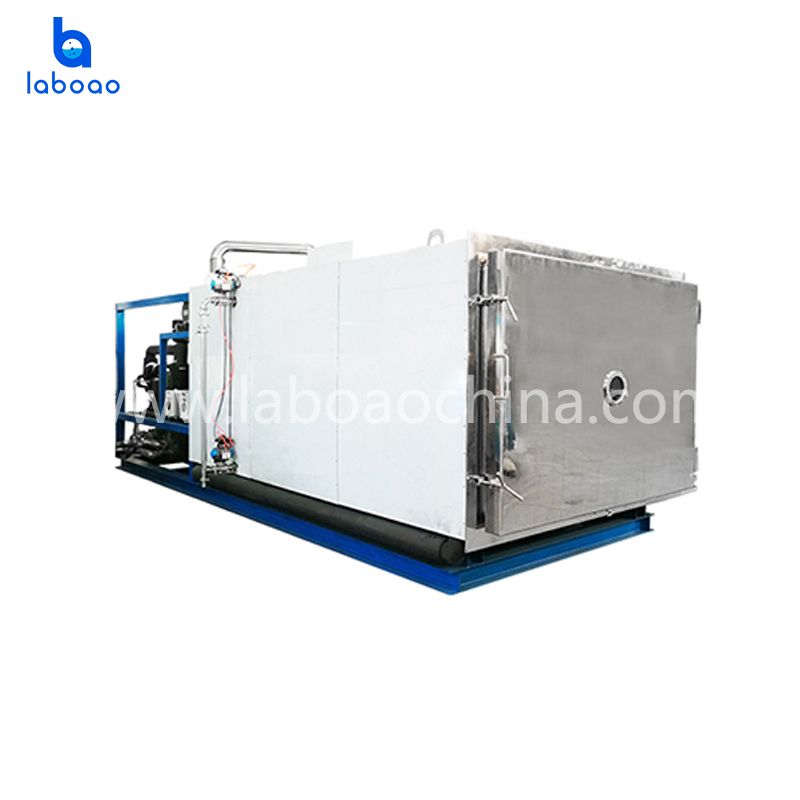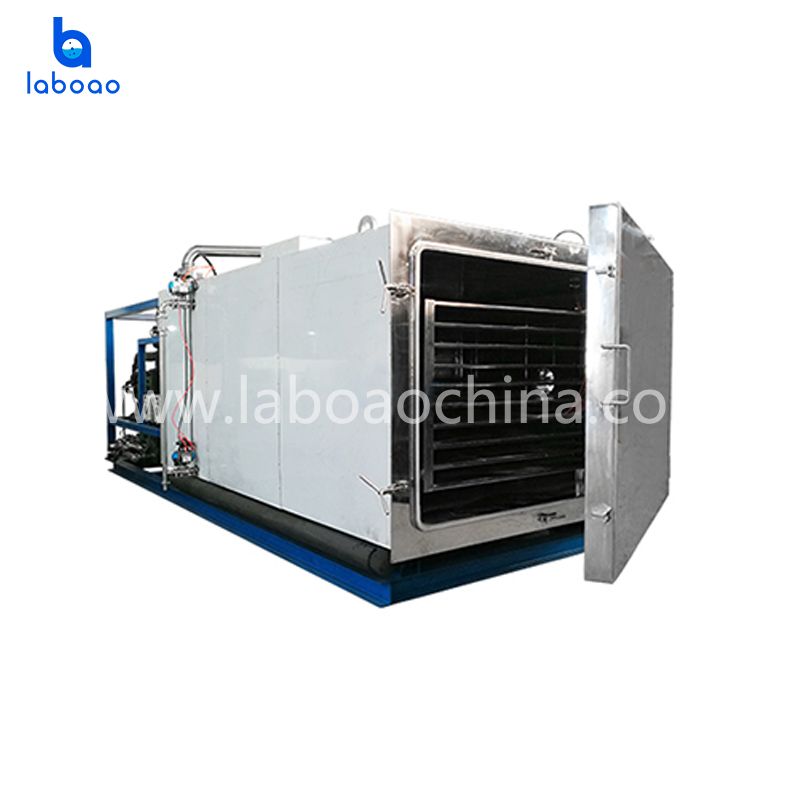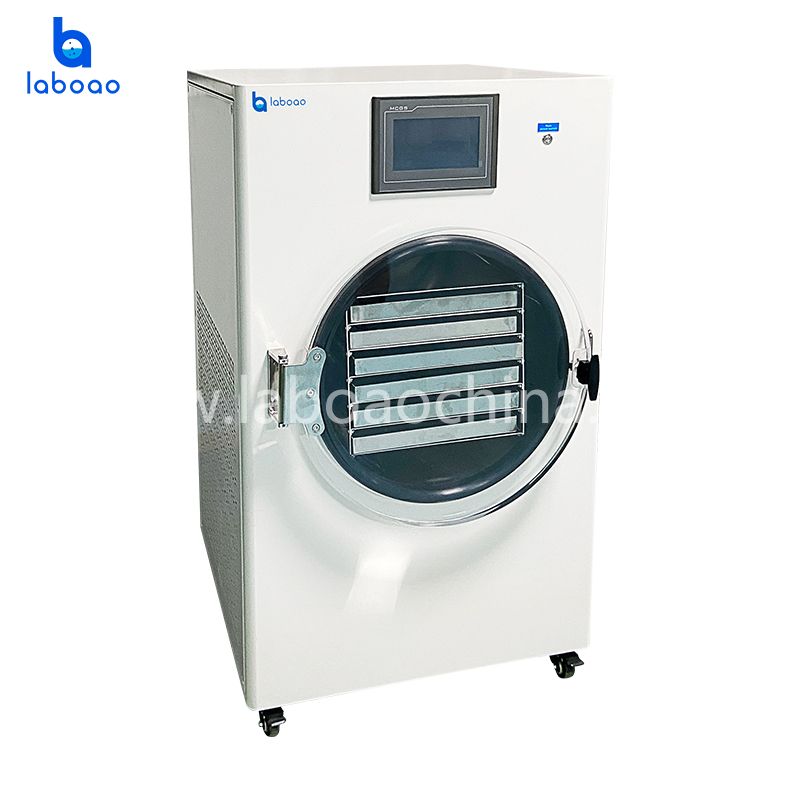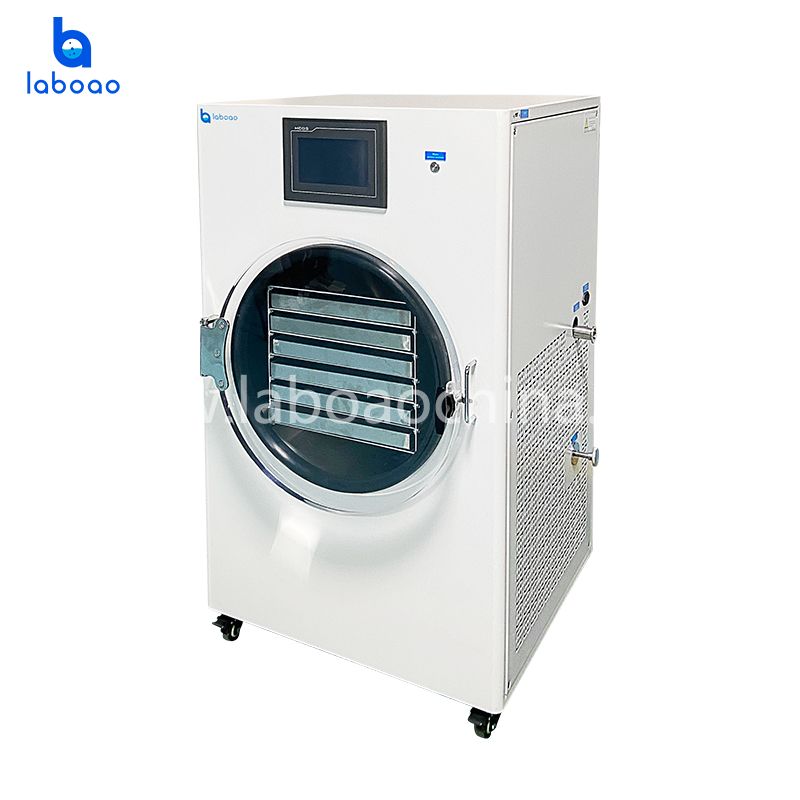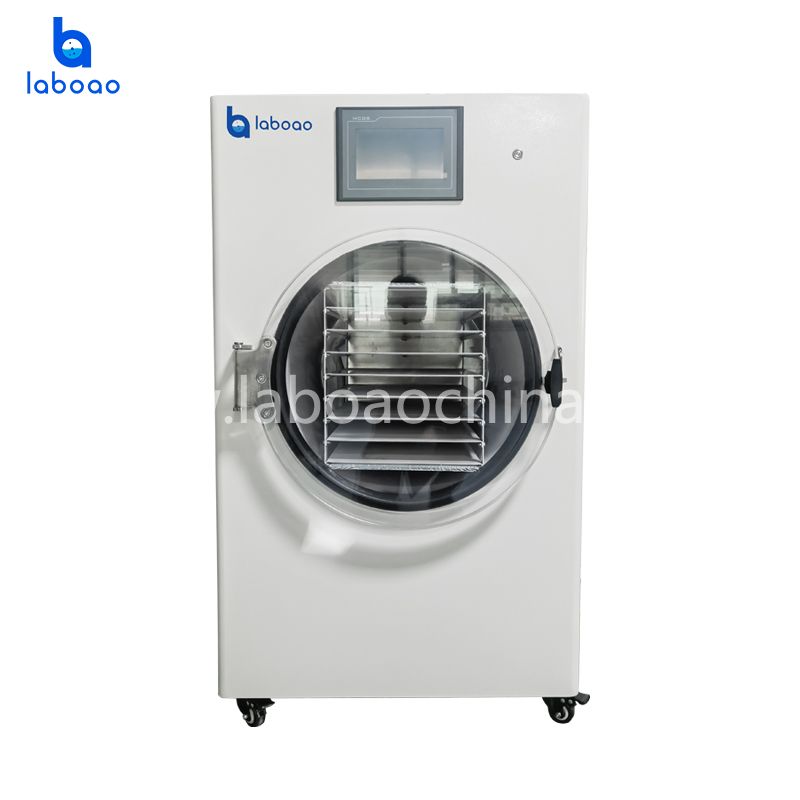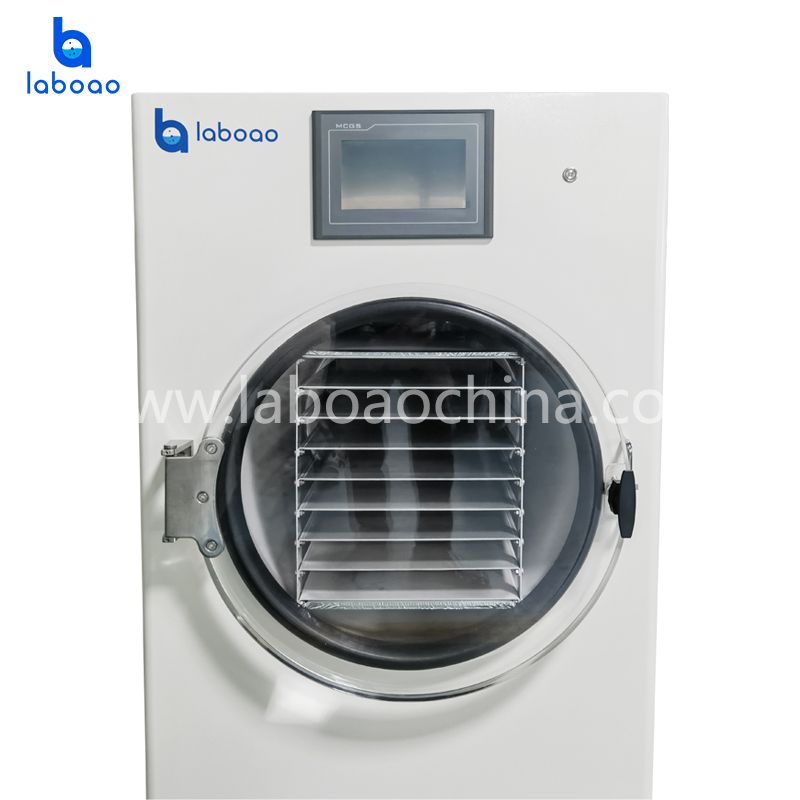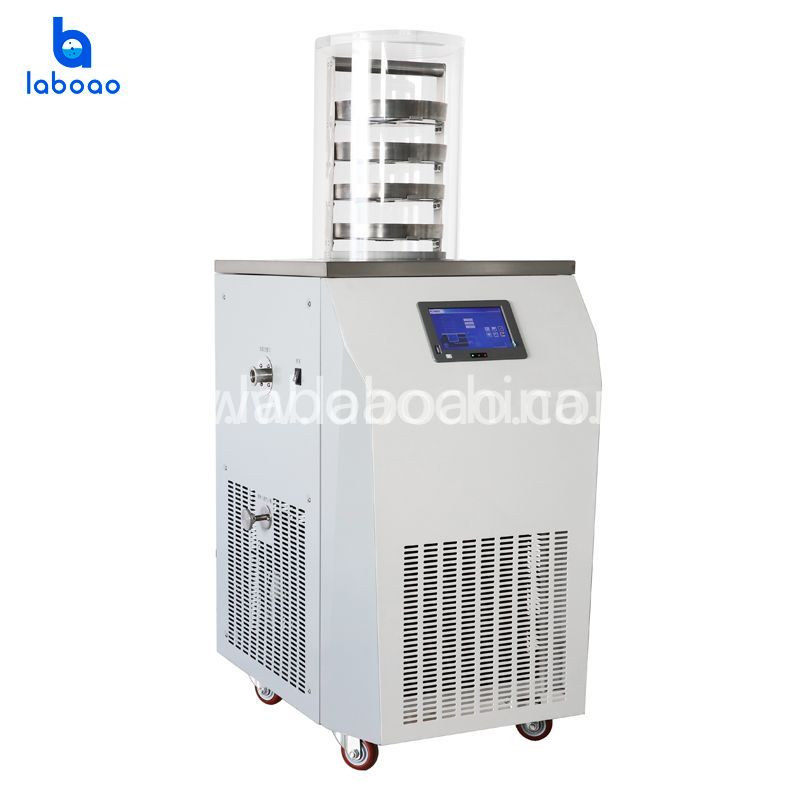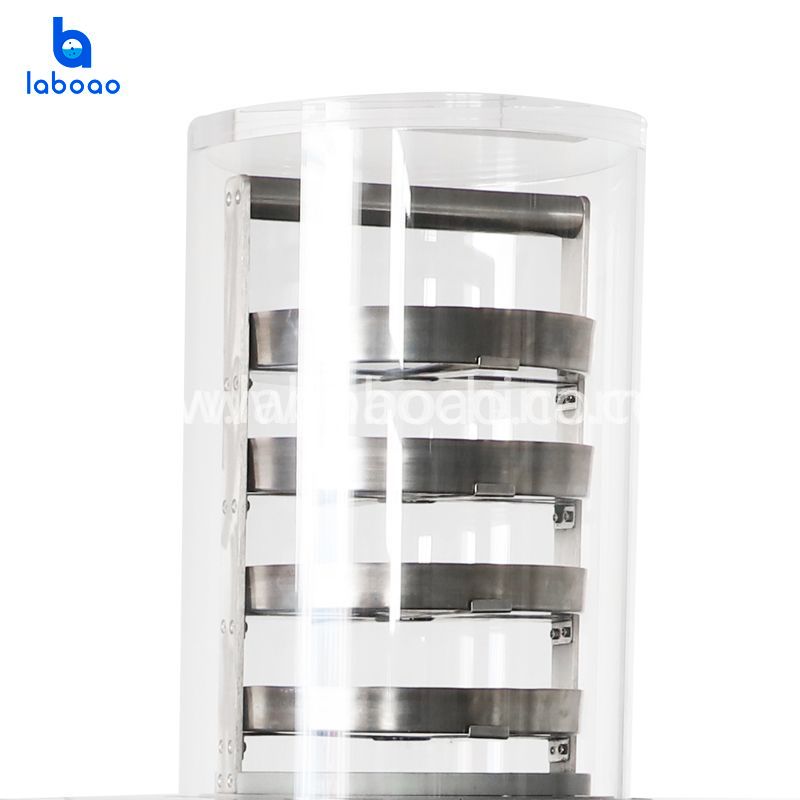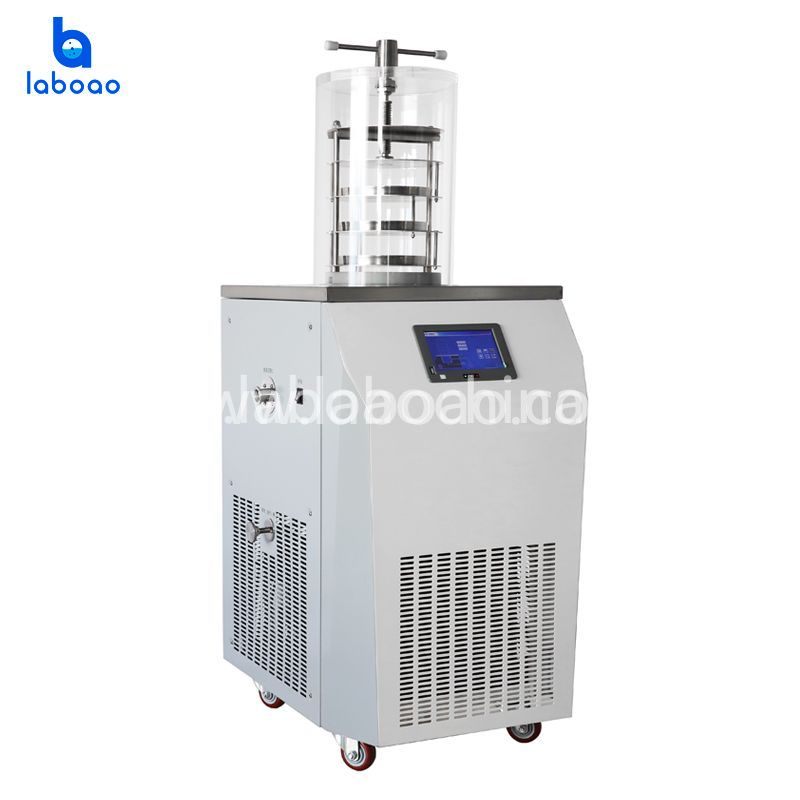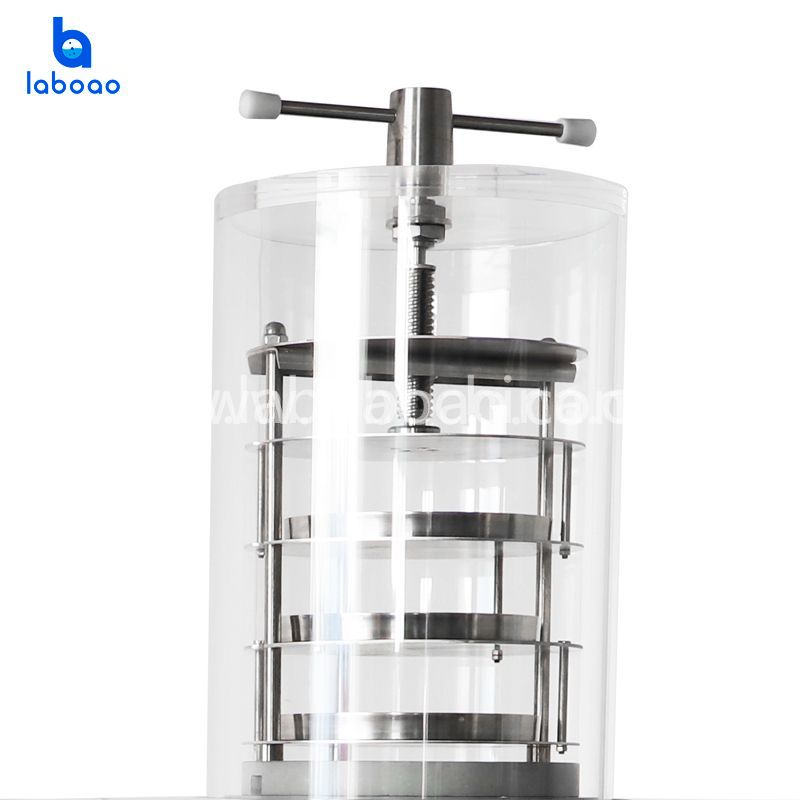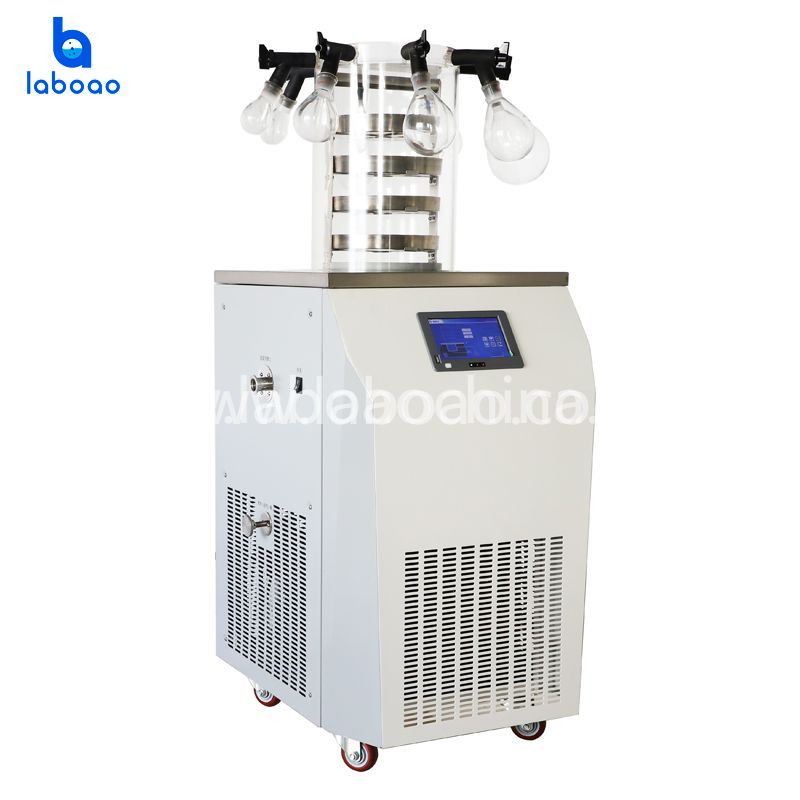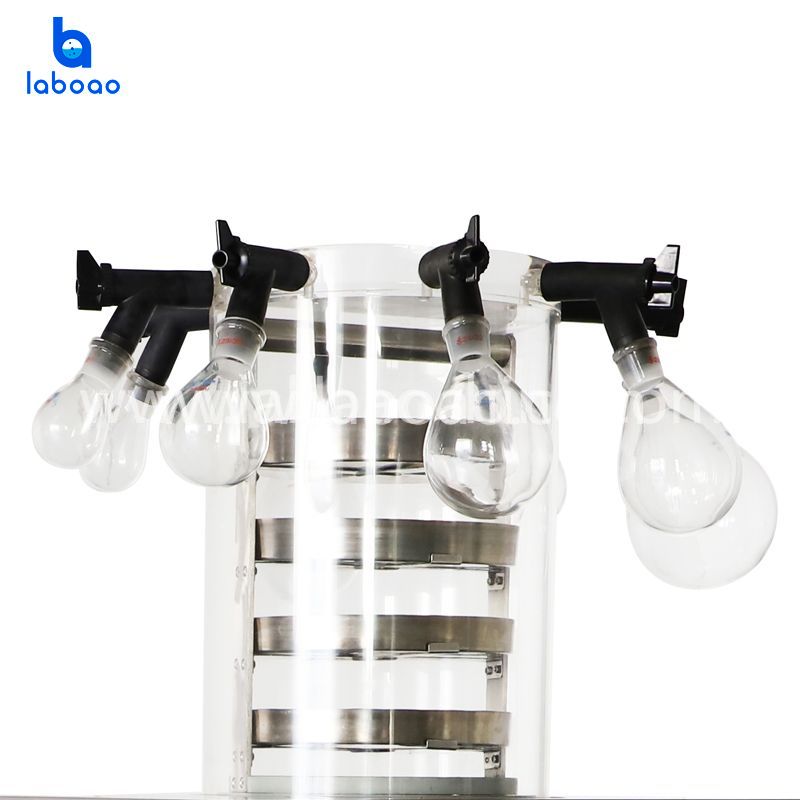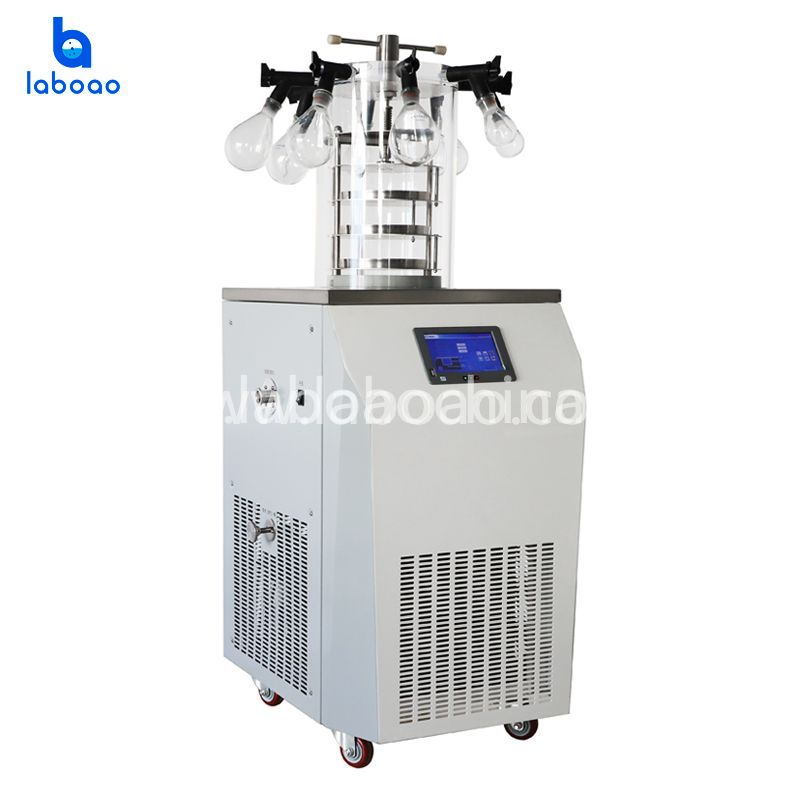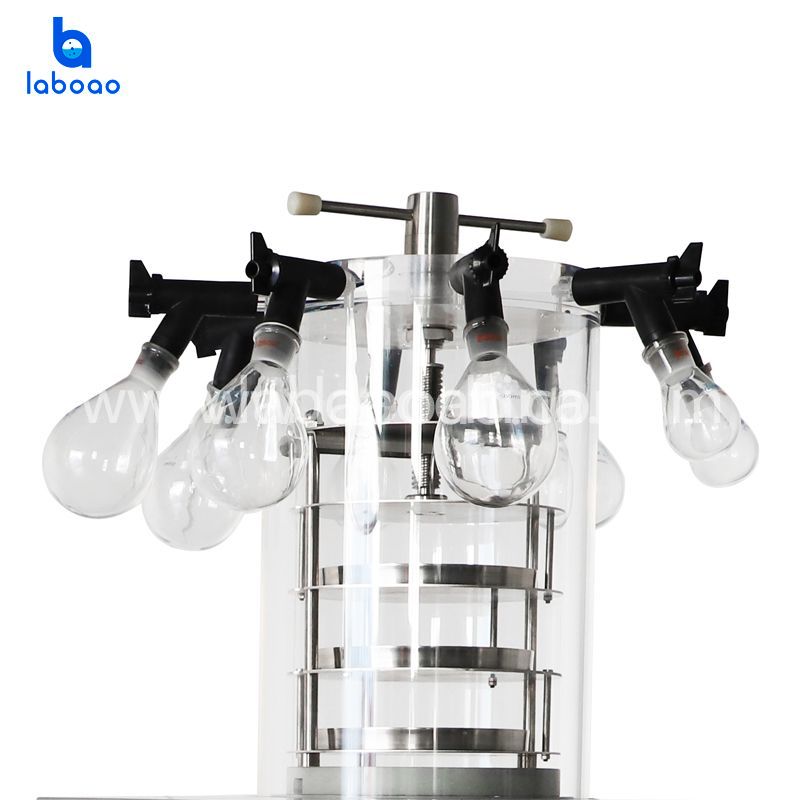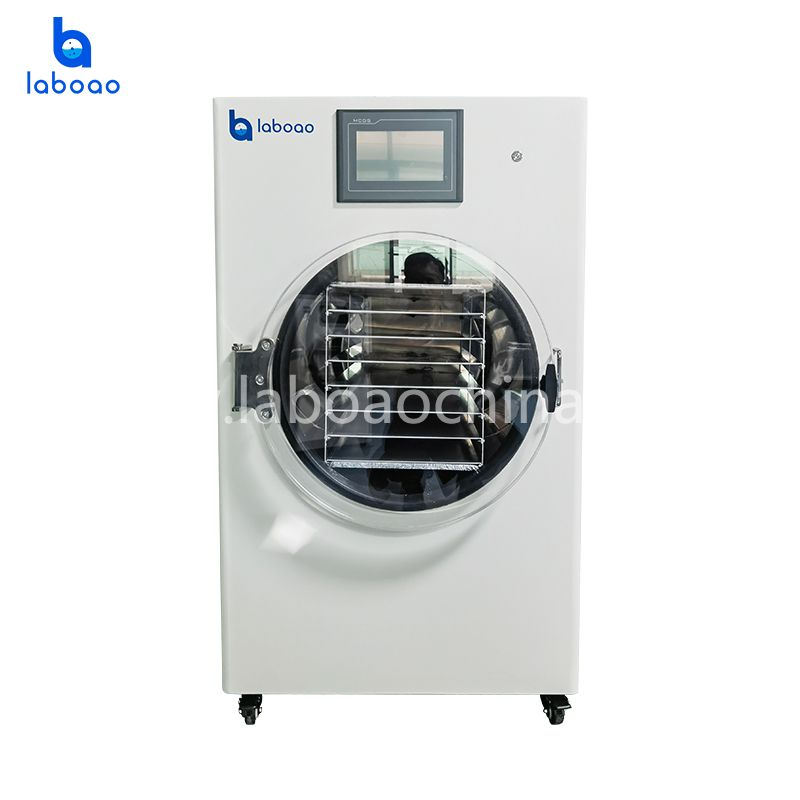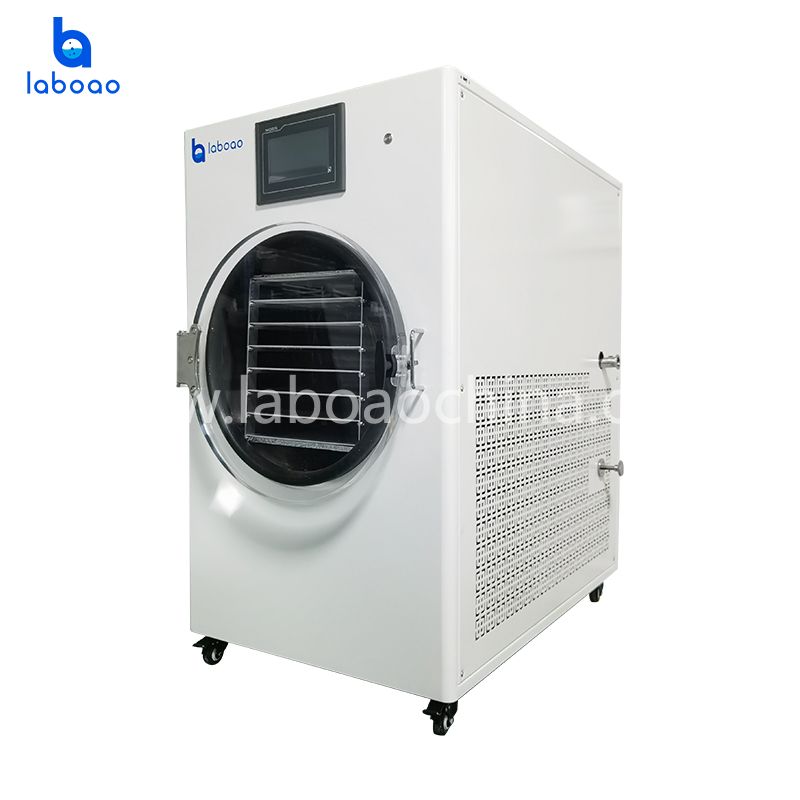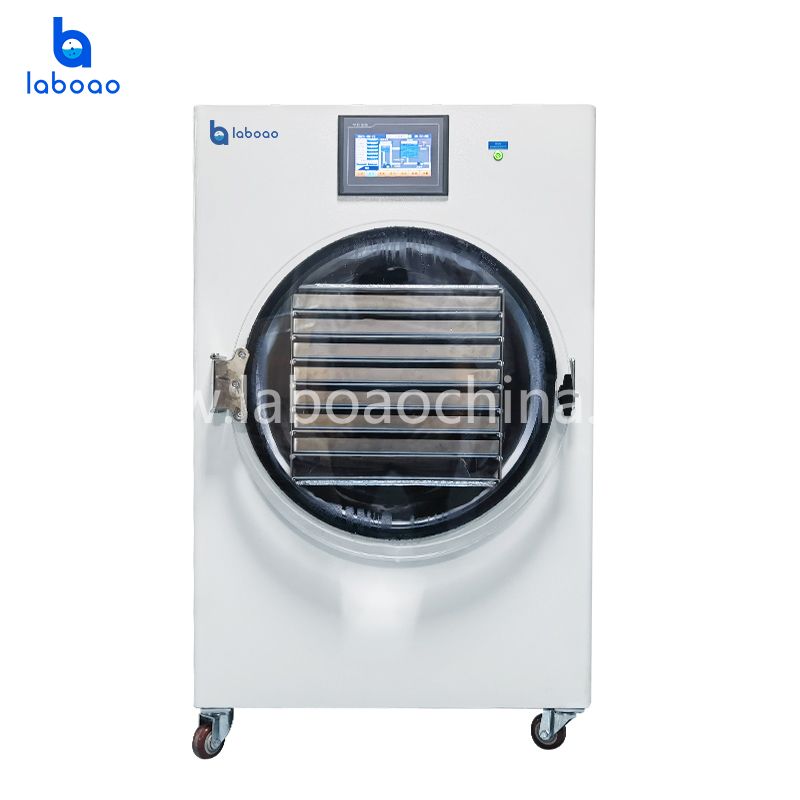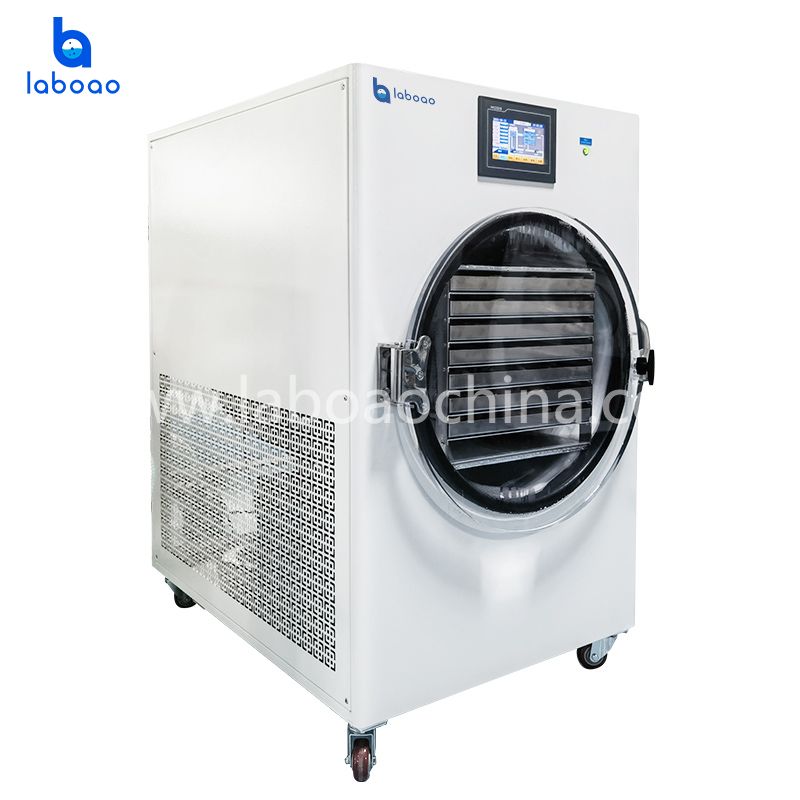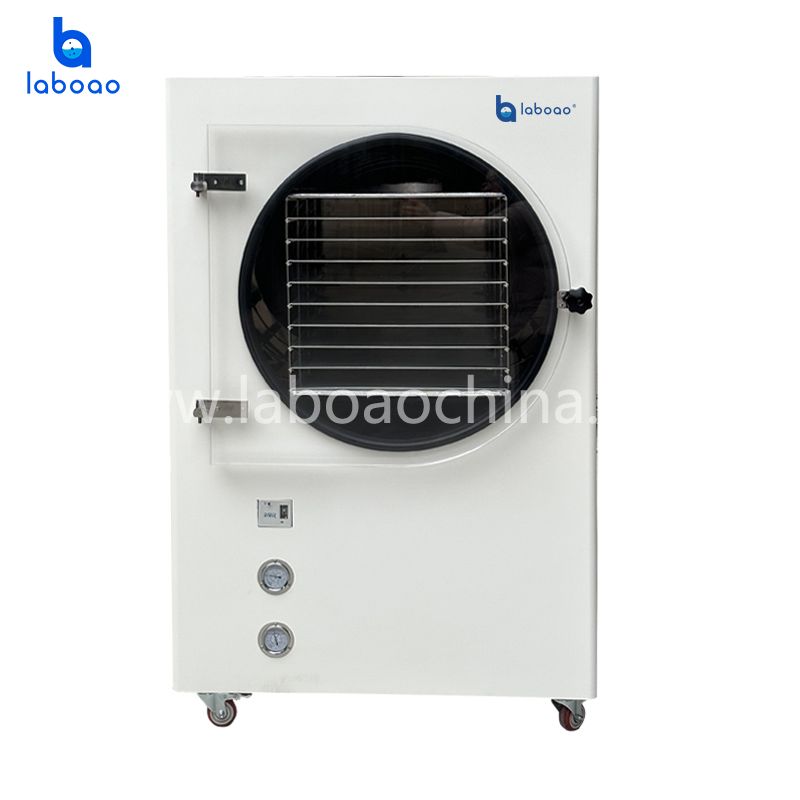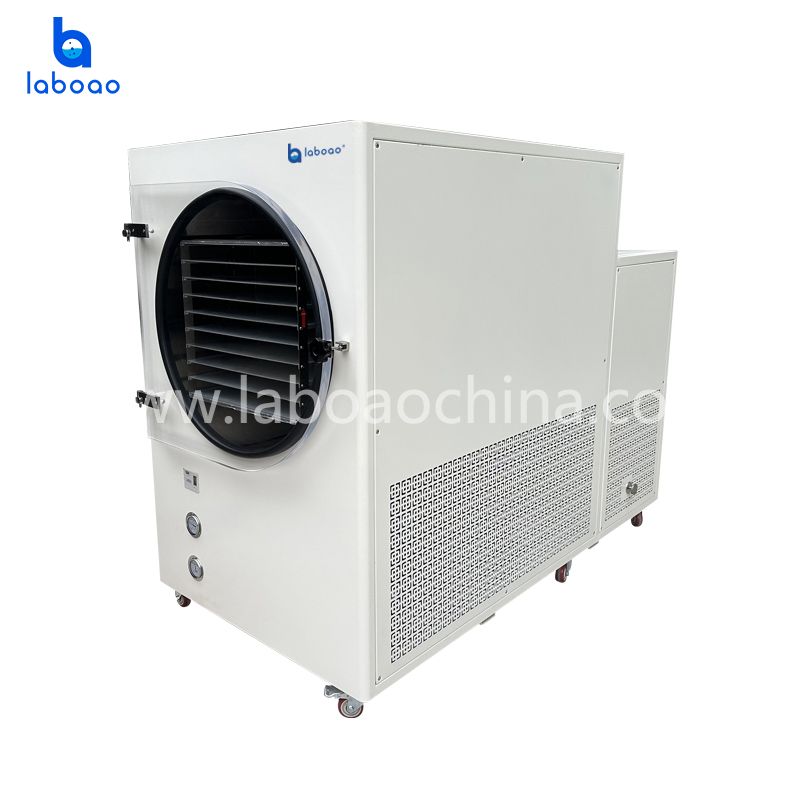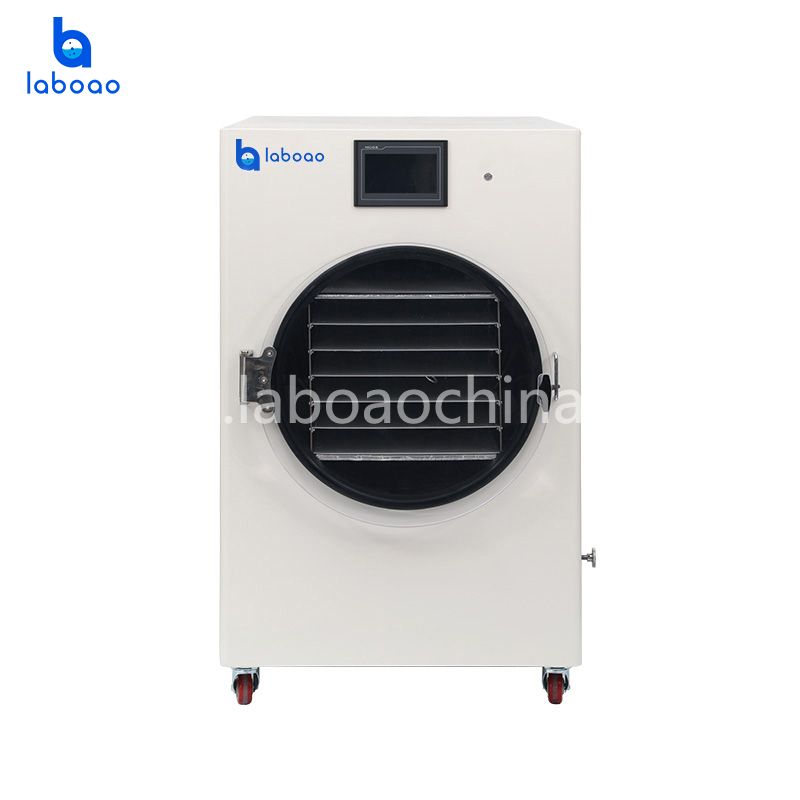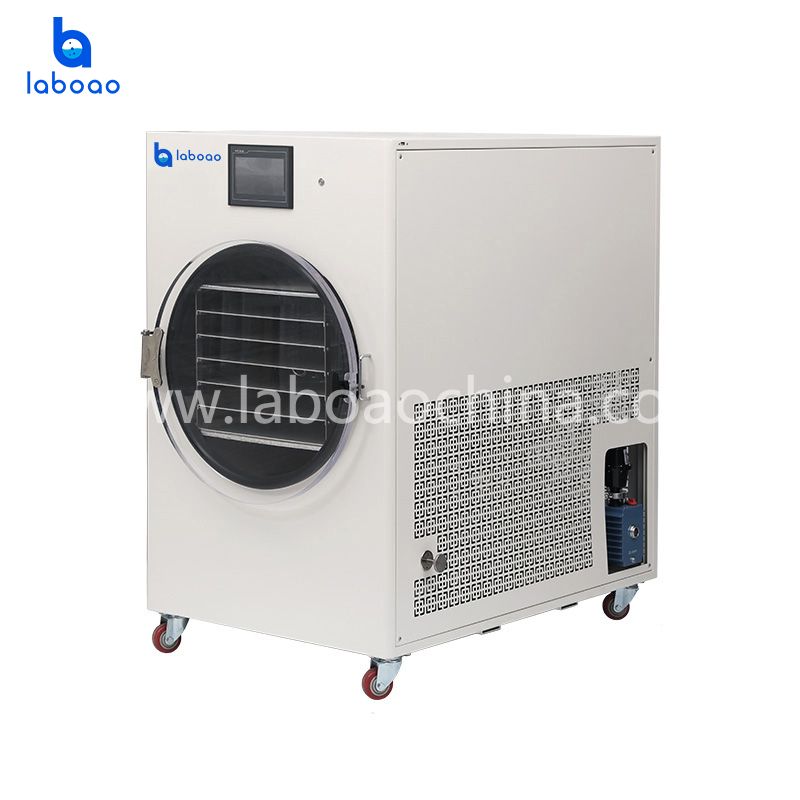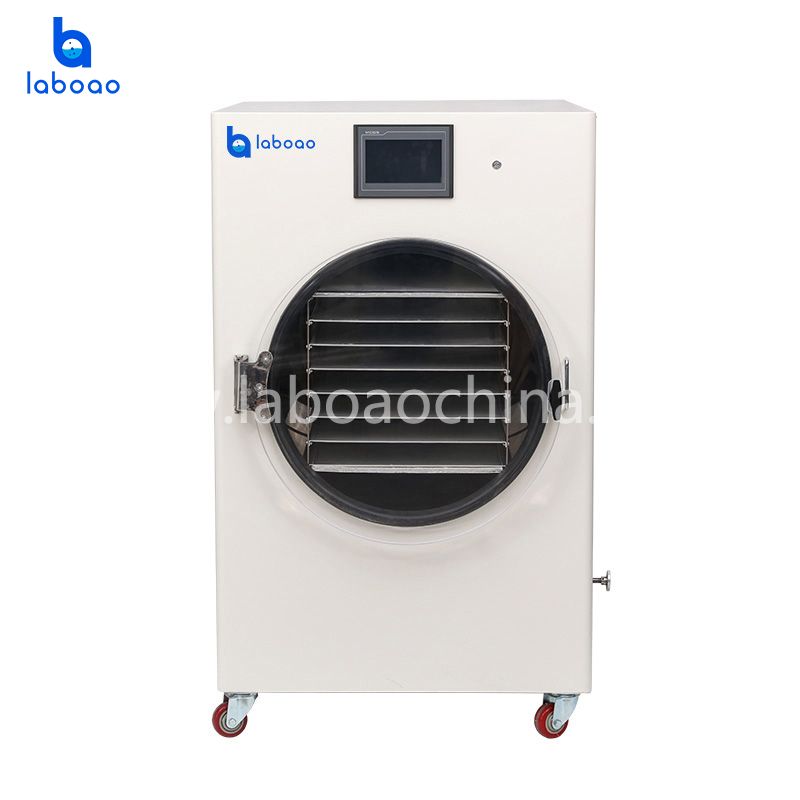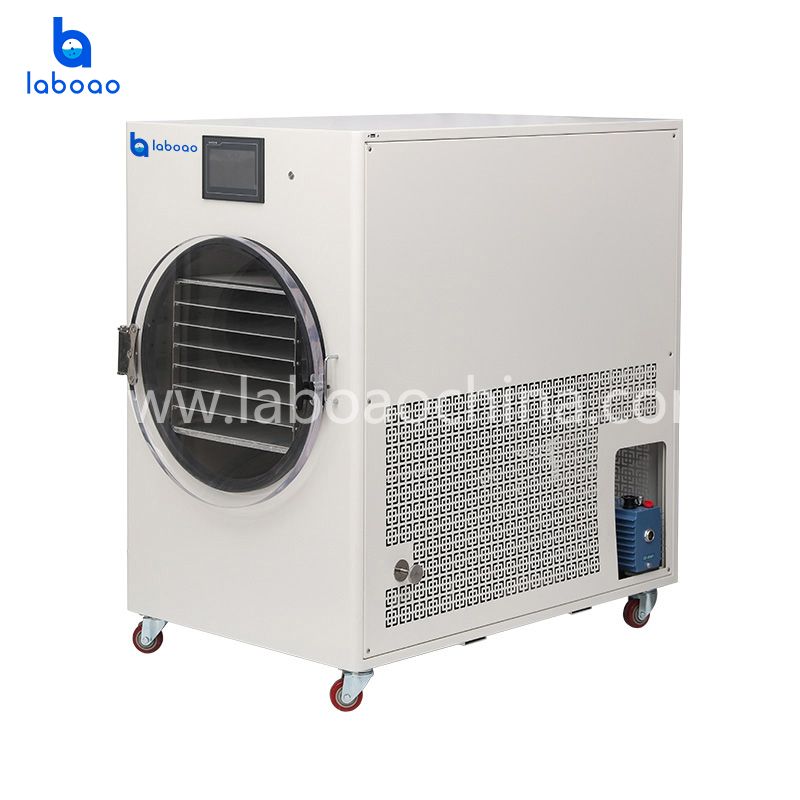- HOME
-
PRODUCTS
Extraction Distillation Equipment Reactor Rotary Evaporator Bioreactor Fermenter Freeze Dryer Spray Dryer Steam Sterilizer Centrifuge Lab Furnace Drying Oven Incubator Low Temperature Freezer Laboratory Equipment Life Science Instrument Drug Testing Instrument Food Testing Instrument Analytical Instrument Petroleum Testing Equipment Water Analysis Instrument
- SOLUTION
- NEWS
- SUPPORT
- VIDEOS
- ABOUT
- CONTACT
Freeze Dryer
Application
-
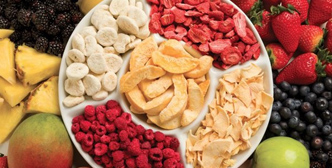 Food IndustryPreservation of Food - Freeze dryers are used to preserve various food products, such as fruits, vegetables, and meals, by removing water while maintaining their nutritional value, taste, and texture. Instant Coffee and Tea - Freeze drying is employed to produce instant coffee and tea, allowing for easy preparation and longer shelf life.
Food IndustryPreservation of Food - Freeze dryers are used to preserve various food products, such as fruits, vegetables, and meals, by removing water while maintaining their nutritional value, taste, and texture. Instant Coffee and Tea - Freeze drying is employed to produce instant coffee and tea, allowing for easy preparation and longer shelf life. -
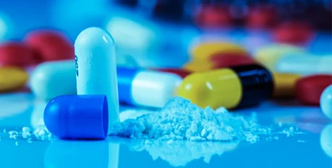 Pharmaceutical IndustryDrug Formulation - Freeze dryers are utilized for the development and production of stable pharmaceutical formulations, including injectables, oral tablets, and vaccines. Biologics and Biopharmaceuticals - They aid in the freeze-drying of proteins, enzymes, antibodies, and other biologics to enhance their stability, prolong shelf life, and maintain their therapeutic properties.
Pharmaceutical IndustryDrug Formulation - Freeze dryers are utilized for the development and production of stable pharmaceutical formulations, including injectables, oral tablets, and vaccines. Biologics and Biopharmaceuticals - They aid in the freeze-drying of proteins, enzymes, antibodies, and other biologics to enhance their stability, prolong shelf life, and maintain their therapeutic properties. -
 Biotechnology and ResearchPreservation of Biological Samples - Freeze dryers are used for the long-term preservation of biological samples, such as cells, tissues, and microorganisms, while maintaining their viability and functionality. Enzyme Stabilization - They aid in the stabilization of enzymes for various biotechnological applications, such as enzymatic assays, biocatalysis, and diagnostic kits.
Biotechnology and ResearchPreservation of Biological Samples - Freeze dryers are used for the long-term preservation of biological samples, such as cells, tissues, and microorganisms, while maintaining their viability and functionality. Enzyme Stabilization - They aid in the stabilization of enzymes for various biotechnological applications, such as enzymatic assays, biocatalysis, and diagnostic kits. -
 Floral and Herbal IndustryFlower Preservation - Freeze dryers are employed to preserve flowers, maintaining their shape, color, and fragrance for decorative purposes or as keepsakes. Herbal Extracts - They are used to freeze-dry herbal extracts, preserving their active compounds for use in herbal remedies, cosmetics, and aromatherapy products.
Floral and Herbal IndustryFlower Preservation - Freeze dryers are employed to preserve flowers, maintaining their shape, color, and fragrance for decorative purposes or as keepsakes. Herbal Extracts - They are used to freeze-dry herbal extracts, preserving their active compounds for use in herbal remedies, cosmetics, and aromatherapy products.
FAQ
- How to choose the suitable freeze dryer model?
- Please confirm what sample and loading capacity you will do, then we can recommend suitable one for you.
- Does the quote include a vacuum pump?
- Yes, our freeze dryers all include vacuum pumps, there is no need to purchase a vacuum pump.
- What are the differences between multiple series of laboratory freeze dryers?
- A Ordinary type: suitable for freeze-drying of bulk (liquid, paste, solid) . conventional substances. B top-press type: suitable for the drying of the material in vials. C manifold type: suitable for different kinds sample. D manifold top-press type: combining the features of top-press and manifold type. E:It is suitable for microbial strains of bacteria, fungi and other microorganisms in ampoule tubes. T:Adopting aubergine and wide-mouth vials for freeze-drying polarized acidic materials. S: With shelf heating function, can do programmable.
- What temperature can the partition of the freeze dryer reach?
- Our freeze dryer partitions can reach -55℃, -65℃, -75℃, -100℃.
- How long will take per cycle process?
- Normally takes 20-24hours, including pre-freezing time. Different sample and size takes different time.
- Will food produced in a freeze dryer grow mold?
- Normally freeze-dried food will not grow moldy, because during the freeze-drying process, the water in the food sublimates into a gaseous state, maintaining the original structure of the raw materials. If moldy occurs, check whether the freeze-drying process time is sufficient and whether the storage method is correct.
- Why do freeze dryer need to be pre-frozen?
- Because during the freeze-drying process, the water in the sample becomes free water after losing its fixed structure, which can easily lead to structural damage, changes in physical and chemical properties, and reduction in biological activity of the sample. Therefore, the sample needs to be pre-frozen, to ensure freeze-drying quality and stability.
- Can the freeze dryer work normally when the ambient temperature is below 0℃?
- If the indoor temperature is lower than 9°C, the compressor oil of the freeze dryer will become viscous, which will affect the normal operation of the compressor. When the ambient temperature is lower than 0°C, auxiliary heating equipment can be used to raise the ambient temperature and try to keep the temperature at 5°C to 30°C.
Related Article
-
How To Control The Pressure Of The Pilot Freeze Dryer?
Pilot freeze dryer is common in daily life. Air freeze-drying technology, referred to as freeze-drying, is also known as sublimation air-drying. Freeze-drying is a specific method of pre-freezing water-containing materials and then subliming them in a vacuum state to obtain air-dried objects. Freeze-dried objects have basically unchanged original biological and chemical properties, and are easy to store for a long time. After soaking in water, it can be restored to the form before freeze-drying, and its original biochemical properties can be maintained. Therefore, freeze-drying technology is widely used in various fields such as industrial chemistry and medical equipment.
-
Which foods can be lyophilized with a freeze dryer?
The freeze-dried food of the freeze dryer machine has gradually entered our daily life because of its good preservation, good nutrition, easy to carry and easy storage. So, which foods can be lyophilized?
-
Differences Between Freeze Dryer And Spray Dryer
Dryer refers to a mechanical device that uses heat energy to reduce the moisture content of materials. It is used to dry objects. Usually, there are adsorption dryers, spray dryers, and freeze dryers. As common drying equipment, freeze dryers and spray dryers have many differences, but few people know the following three differences.
